Week One
Notes on Sol Lewitt
Immediately after viewing many works by Sol Lewitt, there is so much intrigue as to how he accomplishes his large scale geometric pieces. However, what is most interesting about his work is his methodology and construction of his creations and how that manages to become a full piece. The main thought behind Lewitt’s work is that the idea becomes the machine that makes the art, which is a unique approach to the creation process of art as a whole. Lewitt creates the map and keys for other artists to follow, which in turn makes his pieces what they are; having the concept and plan to create the piece is entirely the artists job and making the piece is an equally important aspect. This separates him and a team of artists creating his work, Lewitt being the idea and the team being the machine. This begs the question, is this piece truly Lewitt’s piece if he himself did not paint it? This leads us to what the artists hand is, which is the general creation of a piece of art. The artists hand is not to be taken literally when an artist physically creates art, but what Sol Lewitt does is use conceptual art and ideas as his hand. The ideas and instructions themselves work as the artistic hand as it is the foundation and heart of the complete product.
Notes on Yoko Ono
Yoko Ono approaches art in a primal, emotional way, steering away from the pretentious false understanding of artworks by allowing every person to be able to create their own art, even those who do not consider themselves “artists”. When the word artist pops into one’s mind, they would think of grand Renaissance paintings or Greek and Roman Architecture, however, there is so much more to art than a tube of paint or modelling clay. The artworks that Yoko Ono mentions in the video of her reading from “GRAPEFRUIT”, there is an intimidating artistic title to the artworks, but a strangely simple direction to making the work. The artworks Ono discusses are merely basic human interactions with one another, with the Earth, or with their surroundings, creating a very human experience with what is known as a prestigious form of expression. These artworks challenge the viewer to not only analyze what art truly is in terms of creation, but also their lifestyle and connection to their own humanity and to the Earth they live on. The artwork requires the artist to be emotional and vulnerable but also analytical and creative with themselves, much like a painter or a performance artist would be. In particular, I enjoyed Yoko Ono’s billboards exclaiming “FLY” or “WAR IS OVER! If You Want It”, these are made in extremely public spaces and is incredibly vulnerable considering that it is coming from one voice. The gesture is so grand and yet it says so little on the giant billboards, indicating how simple peace and love can be. In terms of boundaries, I think that it would be very strange to put any boundaries on art like Yoko Ono’s, the bluntness of her billboards and simple yet complicated interactions in “GRAPEFRUIT” sticks in the minds of participants and creates grand opportunities for thought and the appreciation of life.
Notes on Bruce Nauman
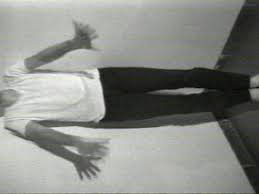
Bruce Nauman had a unique approach to creating art, bridging the gap between art and reality. In most of his pieces there is a lot of focus on human behaviour or moments in time, things that are so ordinary and everyone experiences, such as the piece above “Bouncing in the Corner”. Nauman states “When language begins to break down a little bit, it becomes exciting.”, and he put that statement into his artwork, as he isolates his actions out of context and leaves the viewer with a sense of familiarity and confusion. The familiarity comes from the fact that the actions Nauman is doing is deeply rooted in human psychology through an unconscious form of movement that almost every human has done, but it makes the viewer wonder why it happens. What is so unique about a piece like “Bouncing in the Corner” is that it is framed as a basic action one would do in their spare time and not as a traditionally avant-garde artwork. It breaks down the building blocks of physical interaction between the human body and its surroundings and isolates it from the unconscious mind for the viewers conscious mind to witness. Bouncing around in a corner is similar to sitting in a field and ripping grass from the Earth.
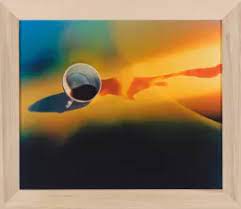
Now observing a new medium, painting basic scenes and moments such as this piece “Coffee Spilled because the Cup Was Too Hot” is not necessarily a video of a basic action, rather a still or a tableaux of the aftermath and the feelings post-spill. This piece in particular is framed realistically enough to put the viewer in the situation, but the choice of colours are vibrant like a memory. It works similarly as “Bouncing in the Corner” in that this action is so human and ignites so much thought as to why this action is so revealing psychologically. The aftermath of spilling coffee is almost like a moment of reflection, a swift drop back to reality. Bruce Nauman had away of bringing small moments to light only by a single action or moment. There is excitement in seeing something so familiar being played with and seeing mystic truths being revealed in mere human moments.
Kilometre Project
For my kilometre project I wanted to use the cold weather to my advantage. Lately, the weather has really been difficult to live with and making me bundle up in layers upon layers of clothing, which makes me truly recognize my privilege in having a home and clothes to wear, with an abundance of layers at that. My project consisted of me taking a one kilometre walk around the U of G campus with my hand exposed to the cold air, enduring all the qualities that came with presenting my bare skin to the freezing elements. There was immense physical pain in doing so, so much so that I found my fingers curling into my palm for warmth when I could not turn to my gloves or pockets. My fingers were stinging, my skin dried up, my joints turned red, and my hand stiffened to wear I couldn’t bend my fingers. I arrived on the bus to go home and warmed up my hand, the whole experience was very humbling and I am grateful for the warm clothes I have, the weather was -11 degrees Celsius.
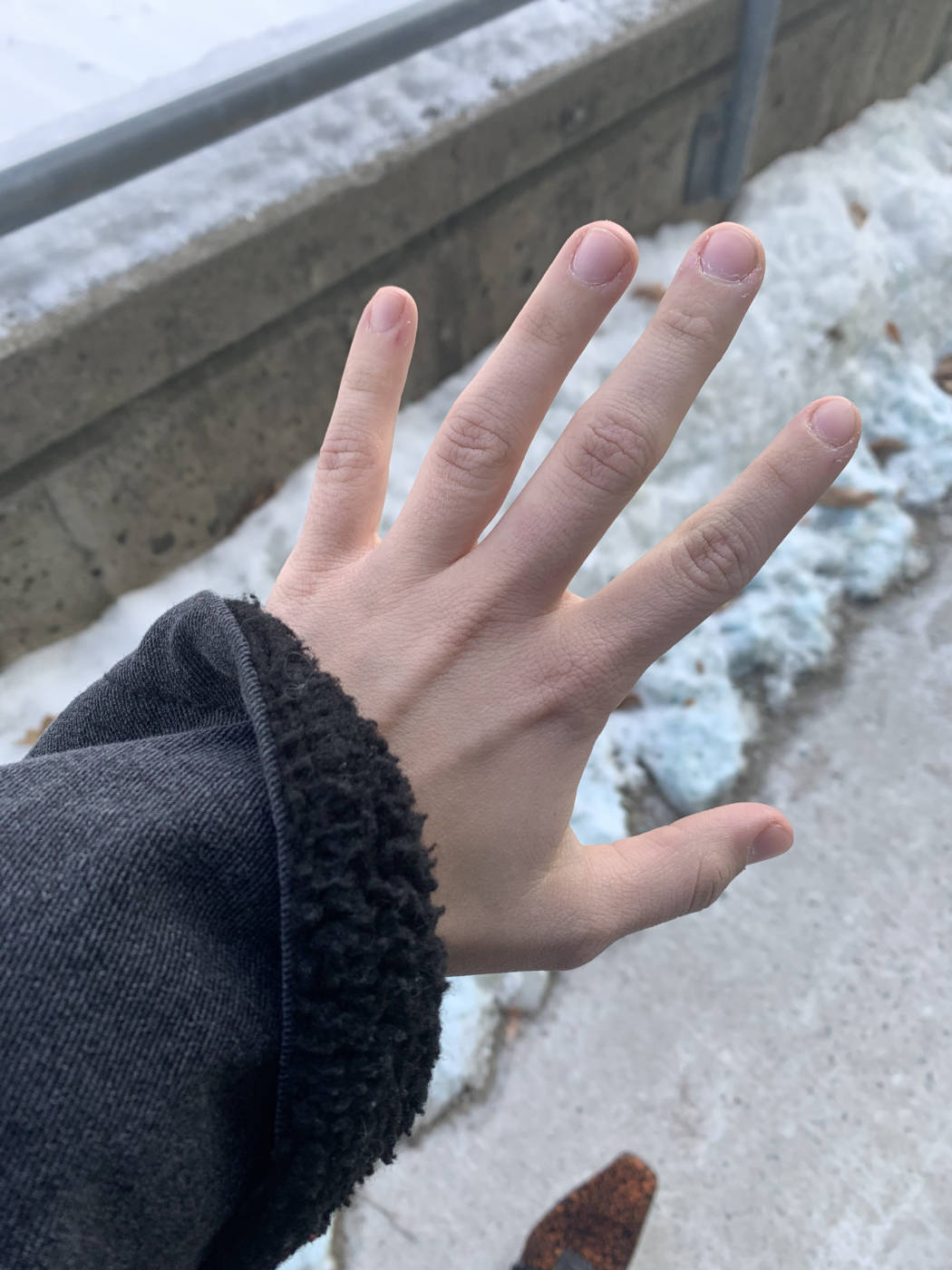
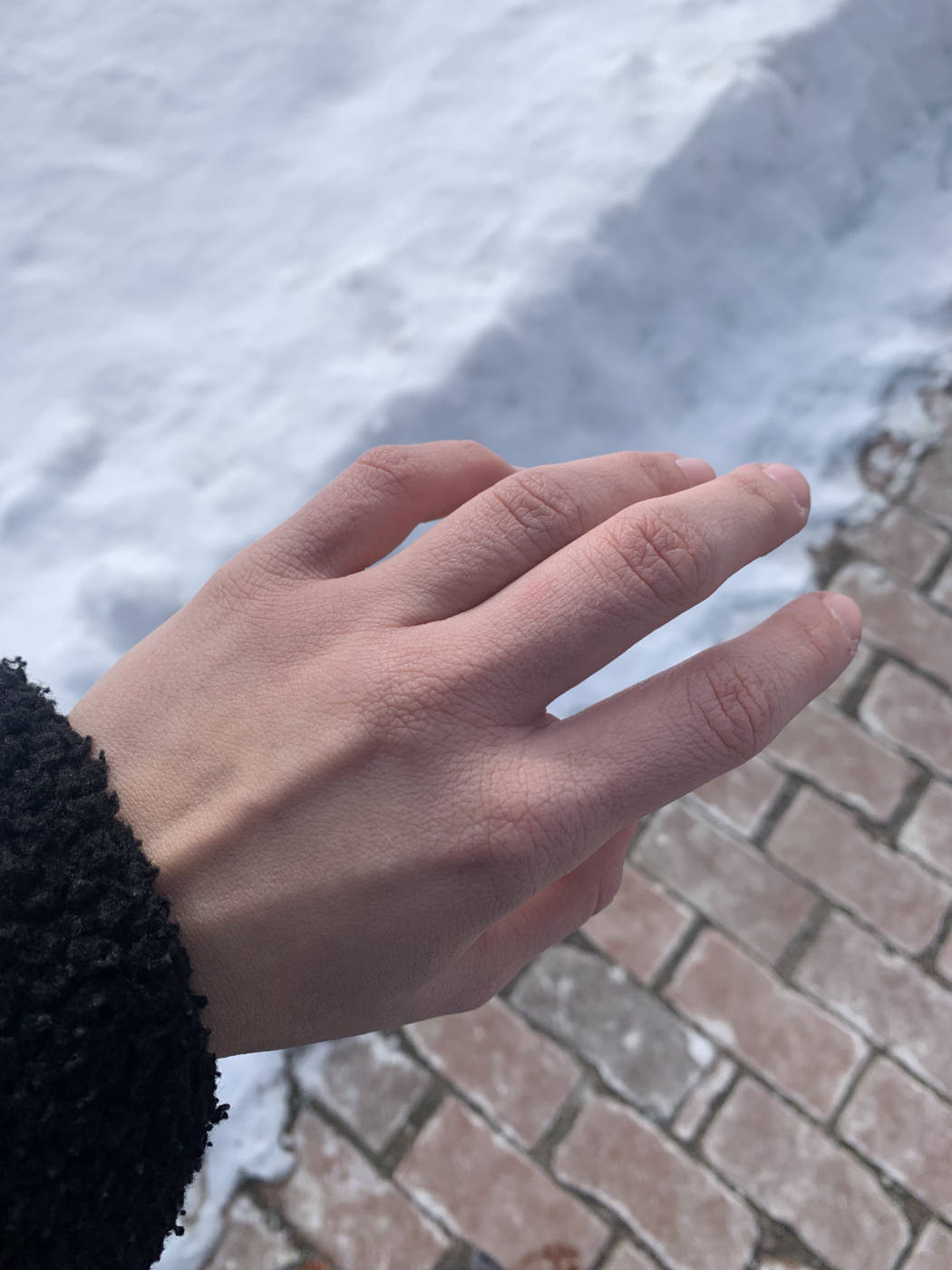
One Hour of Stillness
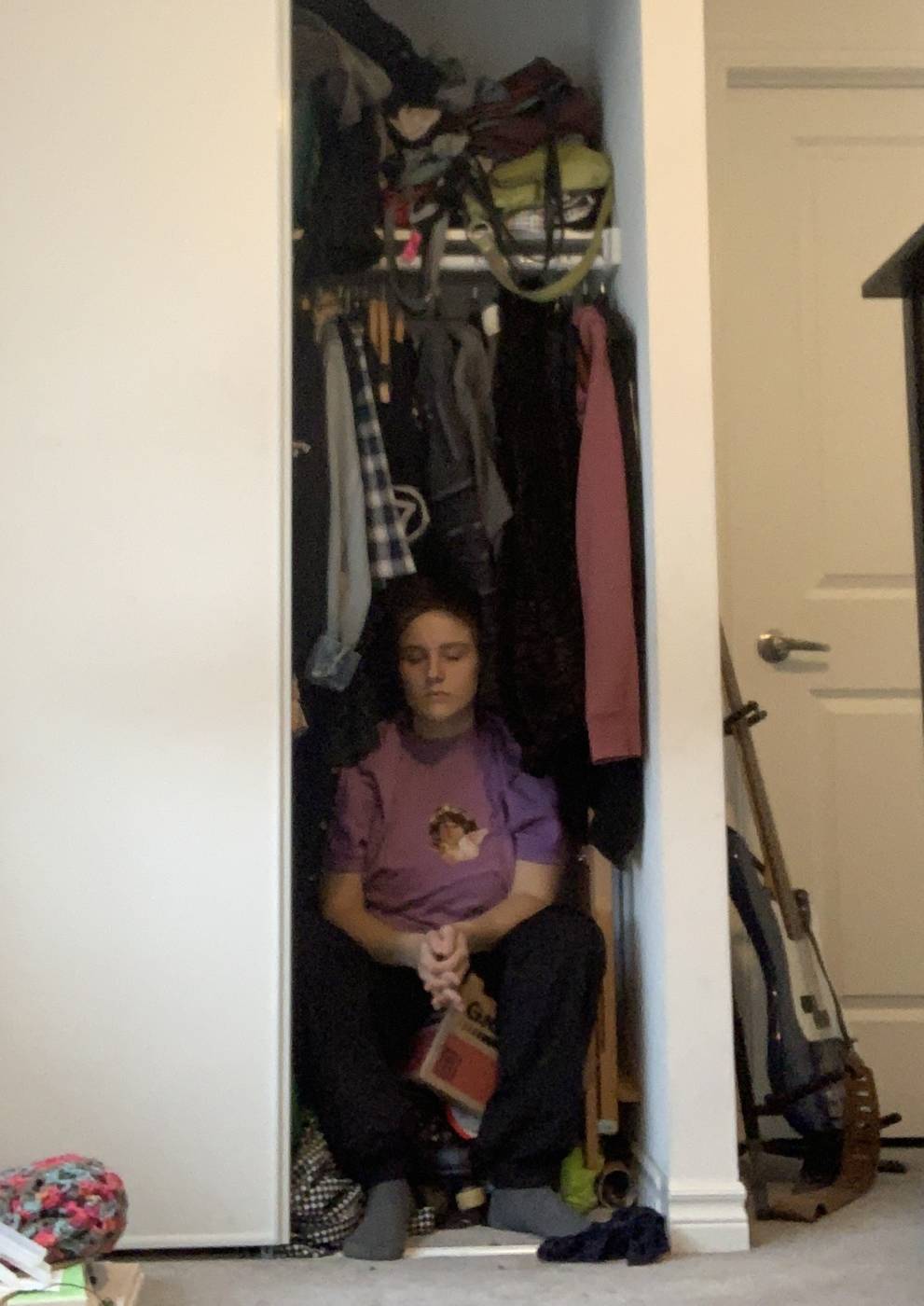
My hour of stillness took place in my crowded closet, full of clothes (both hung and fallen), art supplies, tote bags, laundry, candy wrappers, and cardboard boxes. I made the conscious decision to not tamper with the closet to make it more comfortable to sit in as it would feel unrealistic. Sitting in this atmosphere seemed almost appropriate in an upsetting context, my closet is a mess due to carelessness, stress, and prioritizing work over myself. Sitting in my own mess felt like a big sulking moment but having an hour to really let my thoughts roam it was reflecting on self-improvement. Nobody wants to be messy, nobody wants to be seen as emotionally messy or disorganized in general, but that’s vulnerability. I do not really want people to see my dirty laundry but that’s part of the expression of this piece.
As far as the discipline of sitting in one spot went, it was uncomfortable in many ways. I was sitting on a stiff cardboard box full of snacks stuck beside a wooden easel and a suitcase which could have been more comfortable. To add on to the experience, I had soft clothes to rest my back against. It was a strange sensation having a difficult surface to sit on with cozy back support, but it was like I fit right in, I was the perfect puzzle piece to the mess I created.
Throwing Jewelry in the Air
For this piece I decided to grab a handful of cheap rings of mine and toss them into the air. The discipline in this work was very irritating as I attempted this piece in the parking lot of my apartment and the silver rings blended in perfectly with the cement. The patterns created in this piece were very intriguing as there was a fair amount of negative space to observe, the holes in the rings provided such dynamic silhouettes and shapes contrasting with the light grey sky. It was very pleasing to see the different consistencies of these shapes, some rings had a big centred jewel, some had a thick band, and some were thin. Seeing all these shapes together was a very pleasing experience, each ring was unique in its own way and having each angle of it be captured really demonstrated the differences between each ring, truly a fun experience. One unfortunate endeavour was when I had to collect the rings after each toss, I ended up one ring short after the piece was completed. However, I think that makes me further appreciate this piece, it is authentic in its beauty and loss.
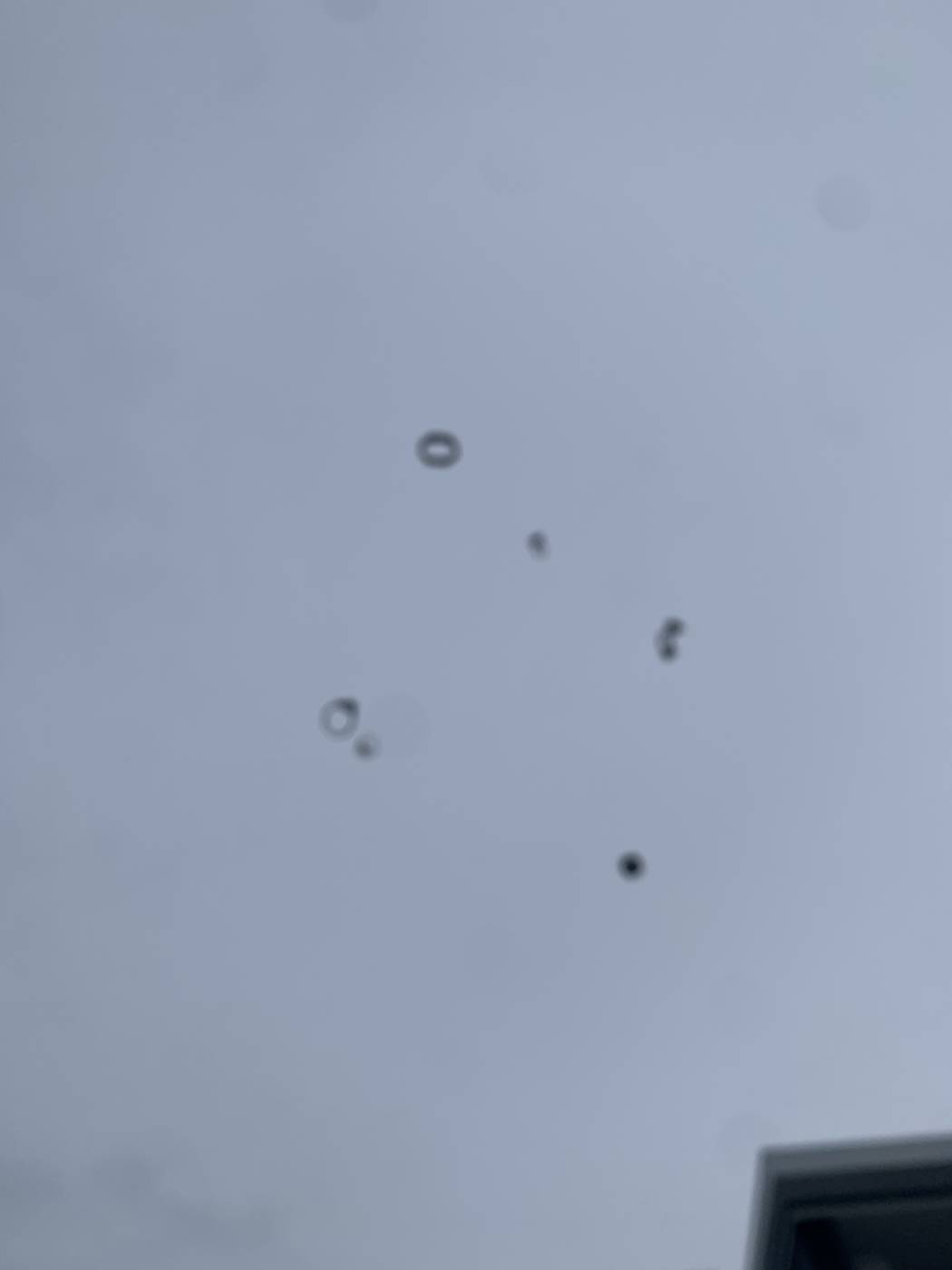
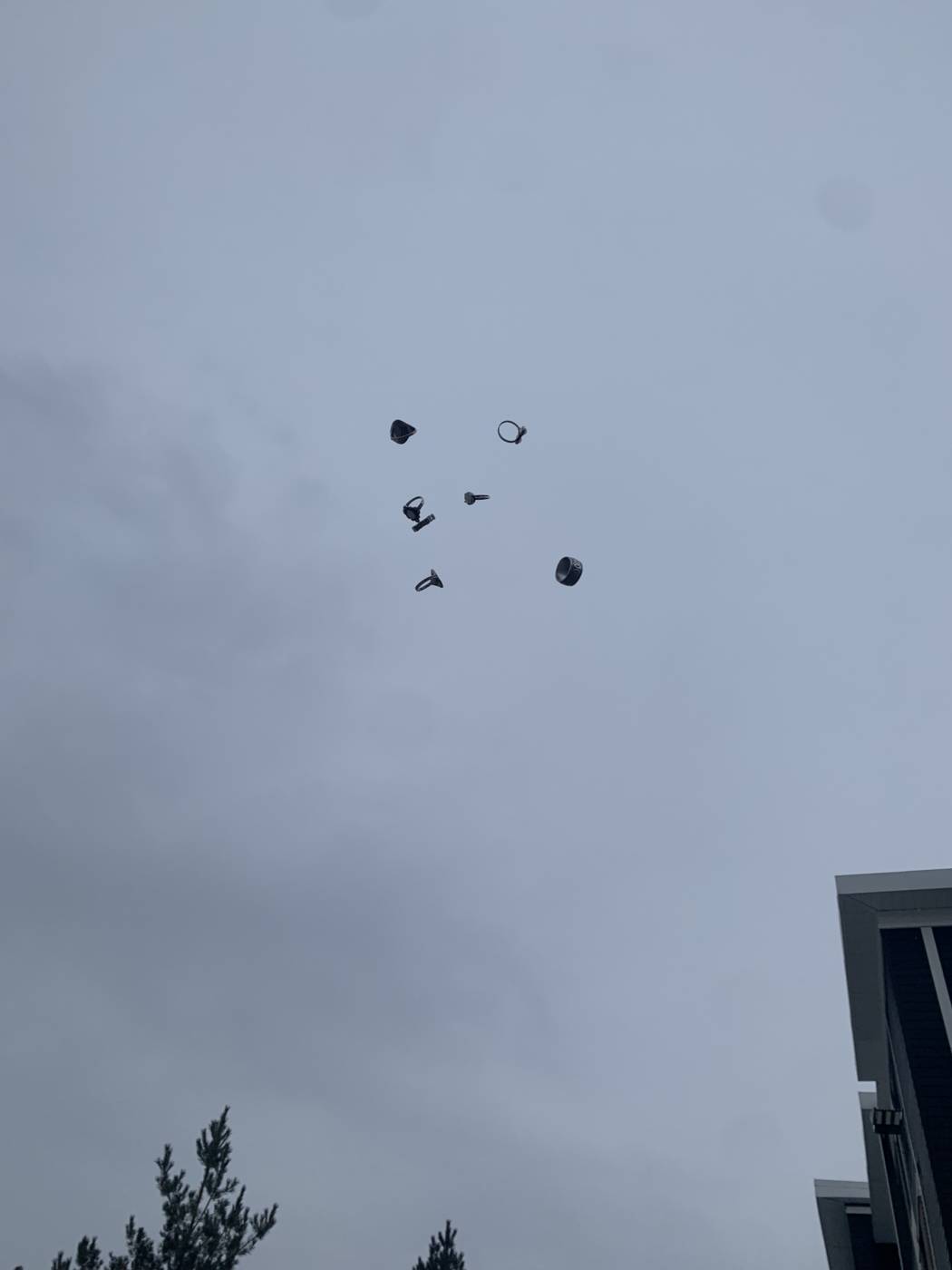
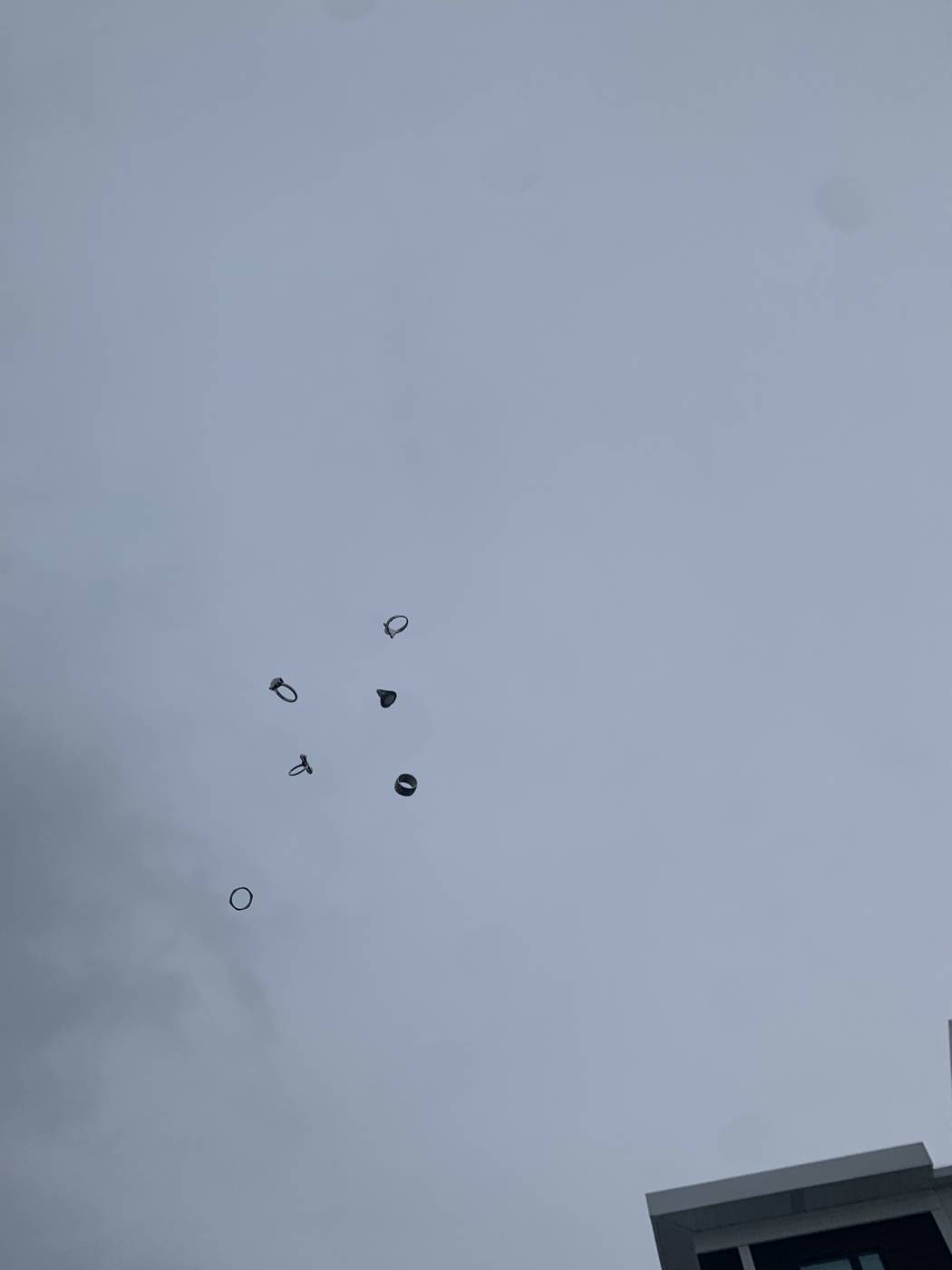
Faces (Candle Edition)
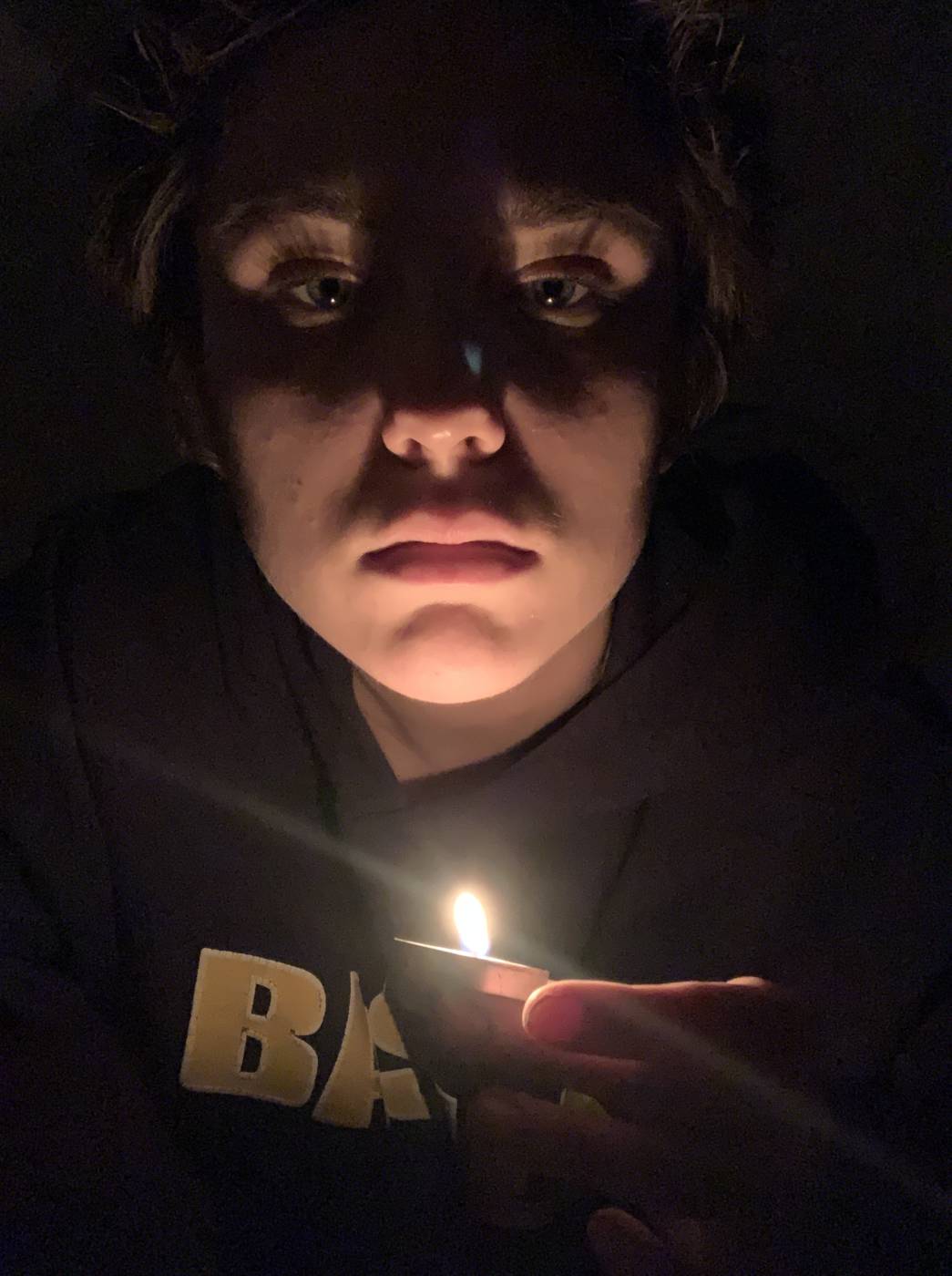
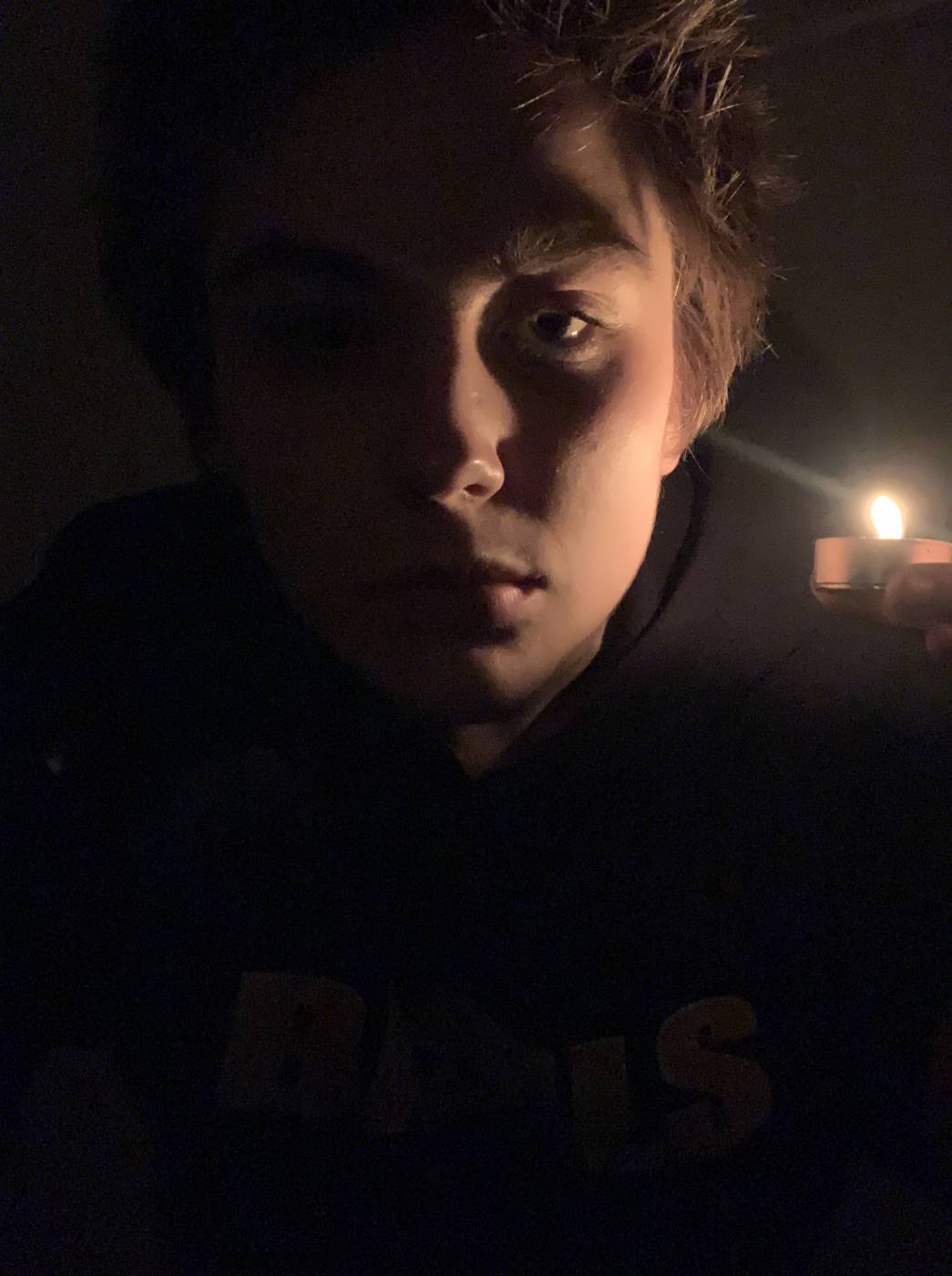
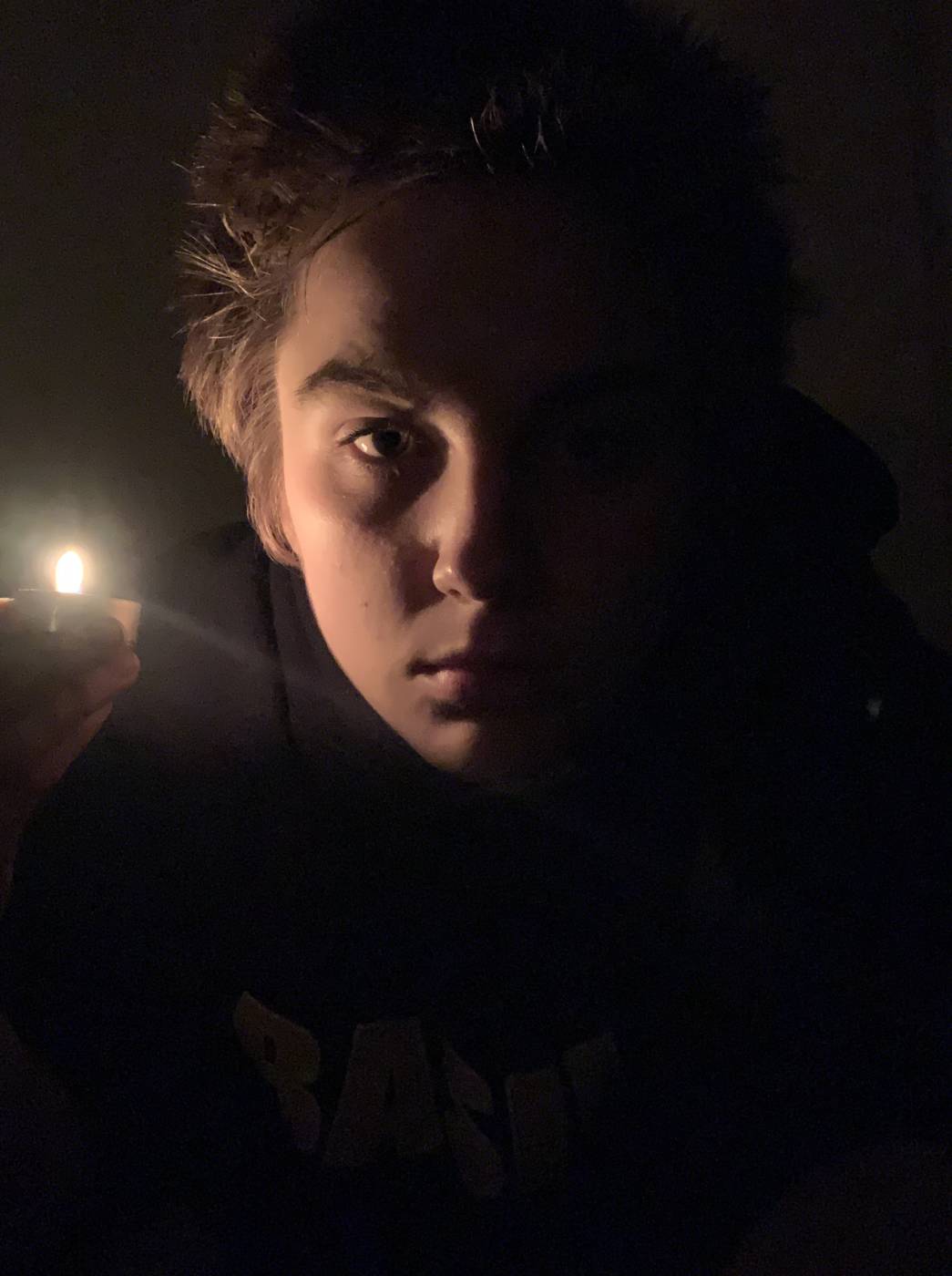
I wanted to change my face with as little additions as possible. I heard of terms like “5 o’clock shadow” and how it can change your face, as well as one episode of Seinfeld “The Strike” where Jerry dates a woman who’s face changes from conventionally attractive to disturbing depending on the lighting she is in. I thoroughly enjoy this exercise using harsh lighting because it truly makes me appreciate the use of asymmetry on my face. Theres a lot I do not enjoy about my face but I think these photos are where you can really see where my individuality shines with each crease, dimple, and curve.
More Faces
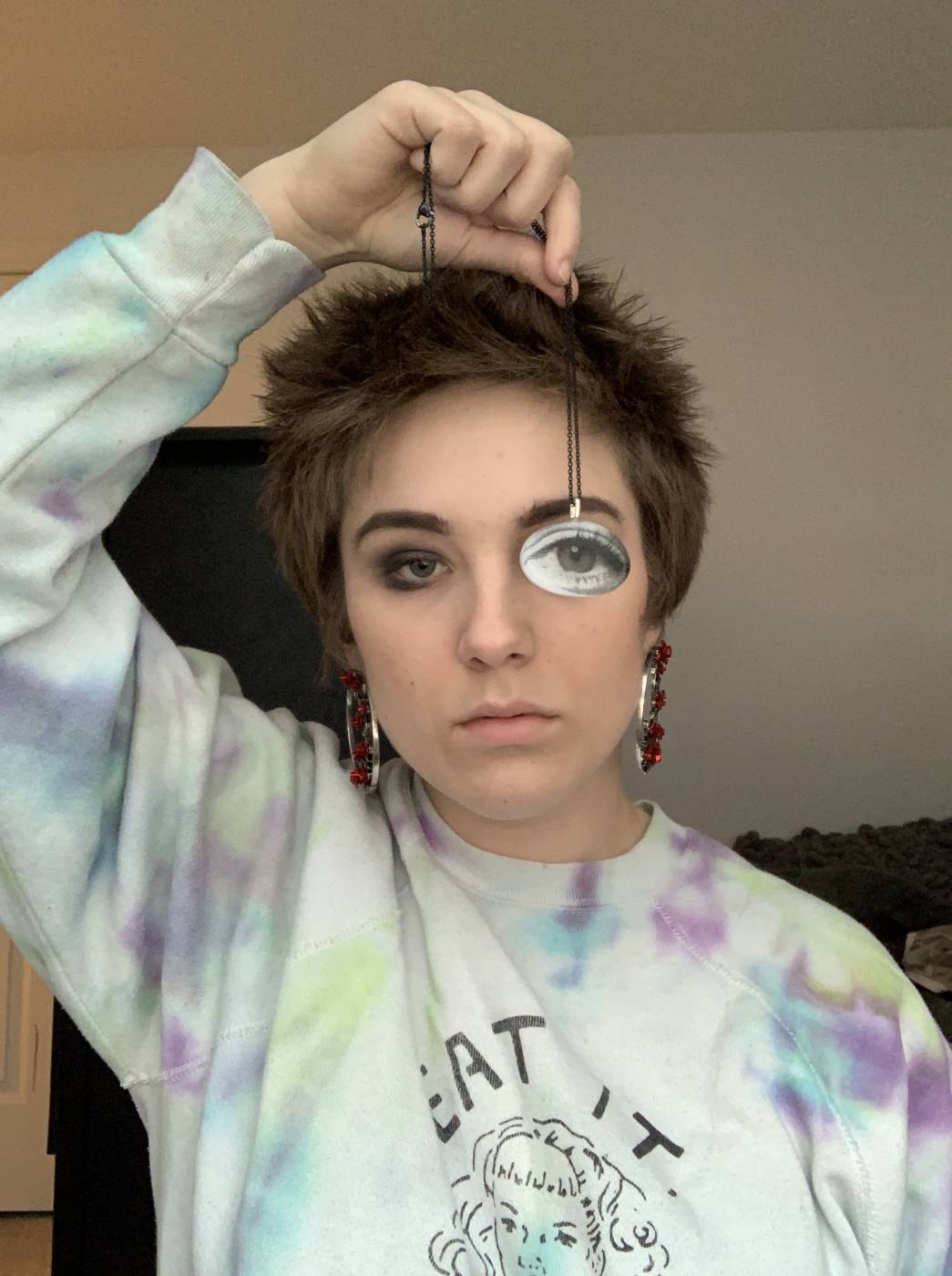
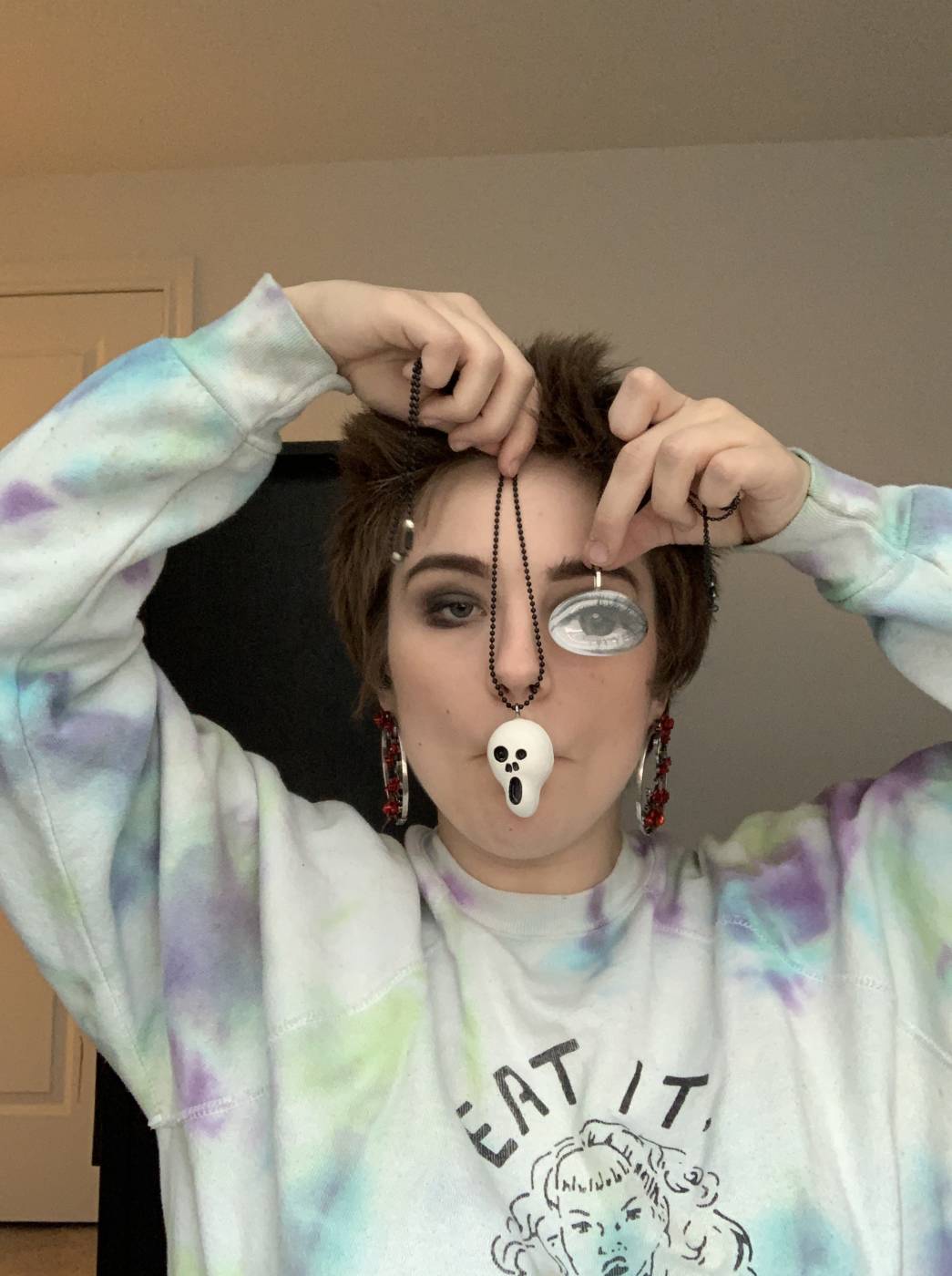
New round of faces, but these ones incorporate my appreciation for my possessions and my connection to myself through physical forms of expression, like fashion. I would like to think of fashion, especially in the jewelry aspect, very unique and personal, the amount of complexities that go into why a person would choose that piece of jewelry or the amount they wear is so interesting. Pendants on necklaces have such individualistic oddities that can call to whomever they please and earrings vary in sizes from big hoops to tiny gems. These faces are very much my dream masks, since I was able to treat it like a customizable doll and bedazzle it with some of my favourite pendants, a mixture of projecting how I feel and how I wish to be perceived, exploring one of my hobbies and interests, and just showing off my necklace collection.
Buttonz

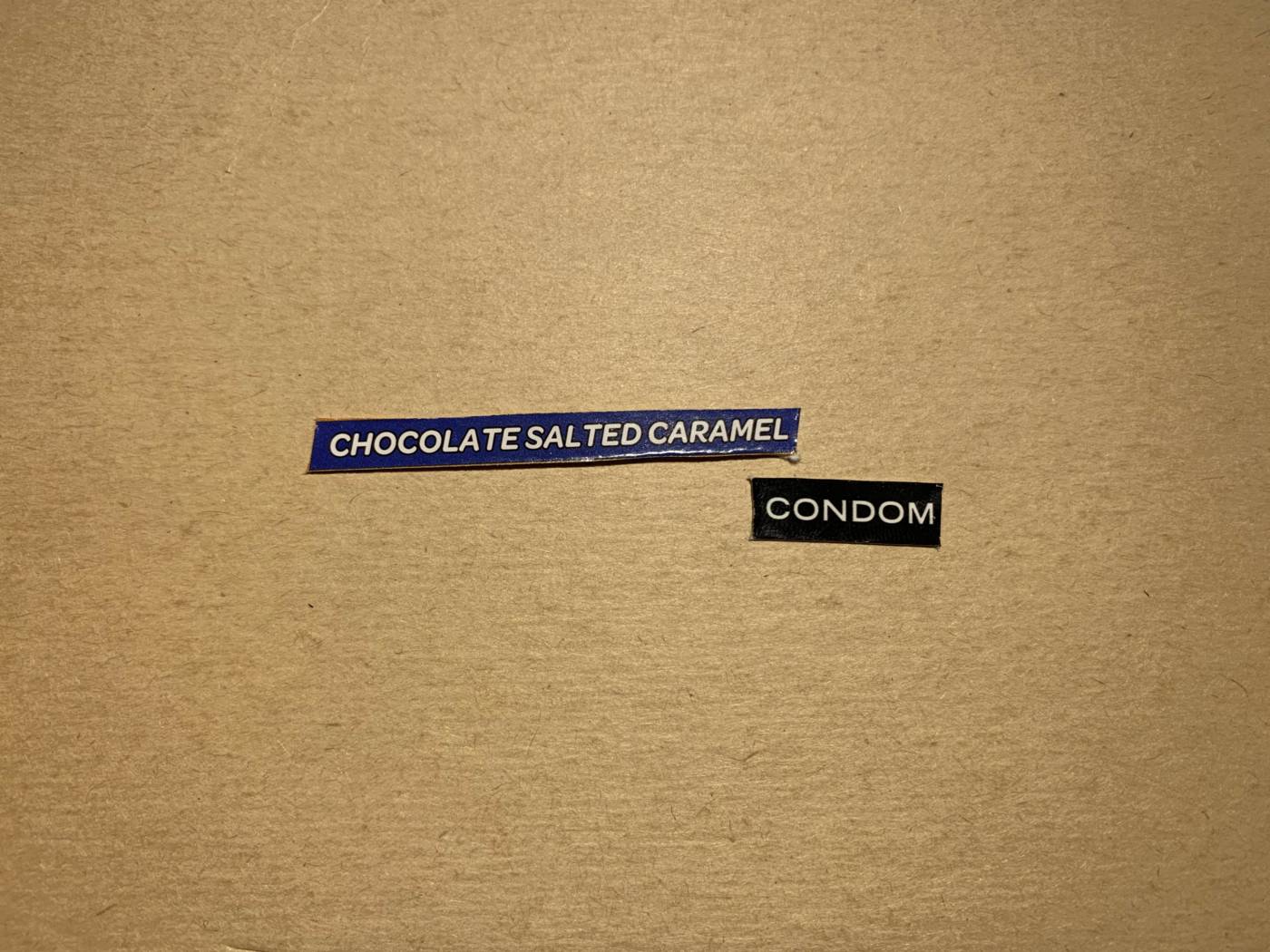
For the buttons I wanted to try a form of minimalist collage with outrageous text to have a balanced product. I wanted to provide a symmetry or a completion of some kind, like eating a meal and being perfectly full. This can be seen through many angles, for example the words I used to create unknown and uncomfortable phrases, interestingly enough, one piece of the sentence can be seen as stereotypically feminine while the other term sounds overly masculine (see the loud and bold “PURE” and the pink and lowercase “pregnancy”). The use of collage is also something so near and dear to my heart, it’s connecting parts that don’t fit to make a phrase or an image that makes emotional sense. In this case, it’s feeling the absurdity of of words but knowing they are connected in that absurdity.

Sound Piece (of candy)
This piece was very therapeutic for me. Candy has always had a very comforting and nostalgic presence, as unhealthy as that sounds, I wanted to make a sound piece that truly encapsulates my appreciation for texture, variety, and pleasure in sugary foods.
To dip into my nostalgic thoughts of candy, I always loved the assorted candies with weird shapes and odd textures, there would be a blue raspberry button gummy covered in small crunchy balls, sour keys, marshmallow bananas, nasty black liquorice jelly beans, and so many more strange combos. I, myself, love variety and mix and matching, especially in fashion where I can combine what I want when I want. However, nothing even compares to TASTING your mix and matches, you get a whole new layer of variety. Sometimes you get the tastiest sugary delight and other times you get the most putrid, rancid taste you have ever received, but everything is new and exciting. I think this audio adds that excitement and freshness to the tasting experience as well as provides a sound portrait of each candy I eat as well as my mouth sounds.
Final Project (ex self-portrait)
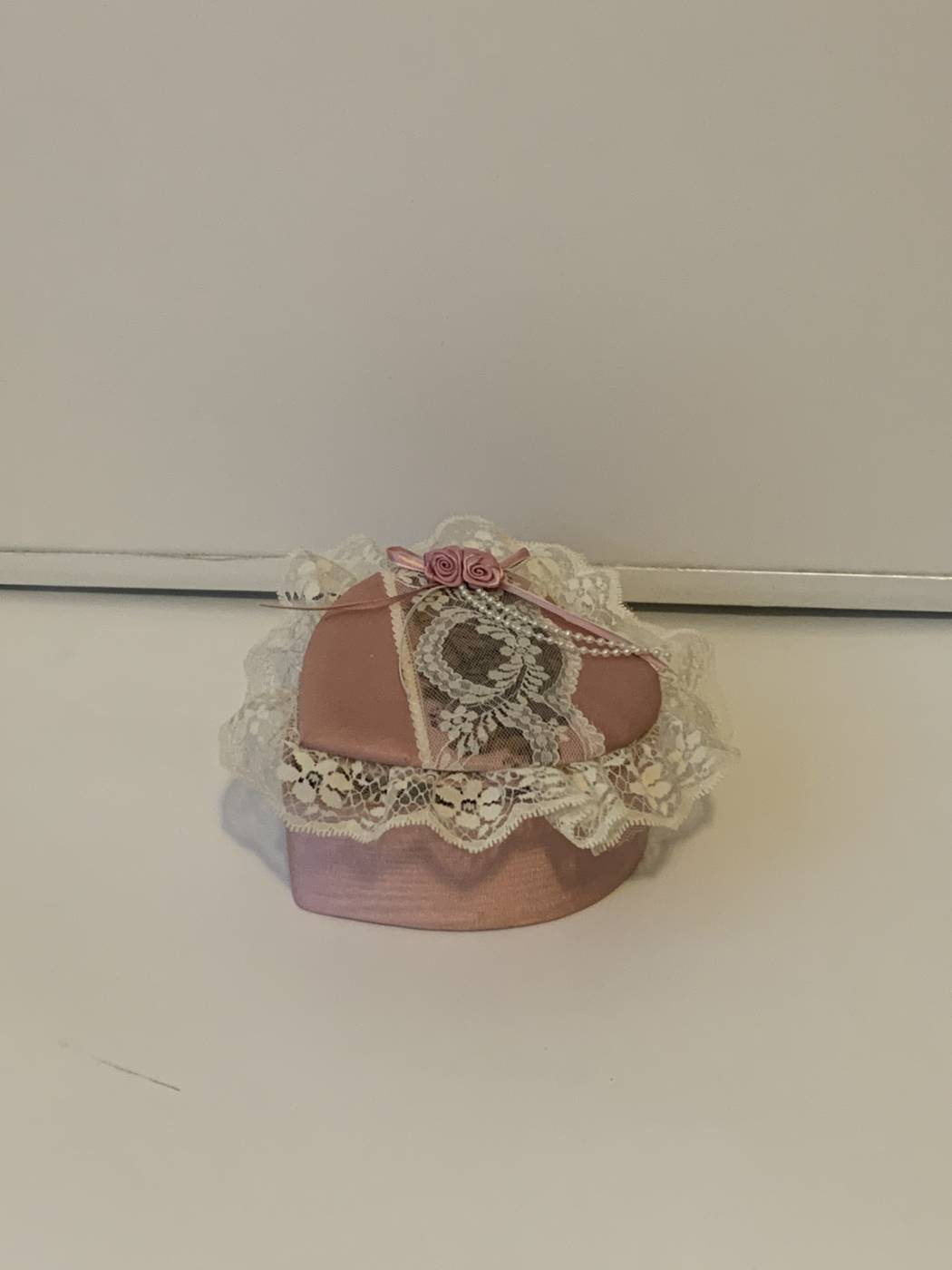
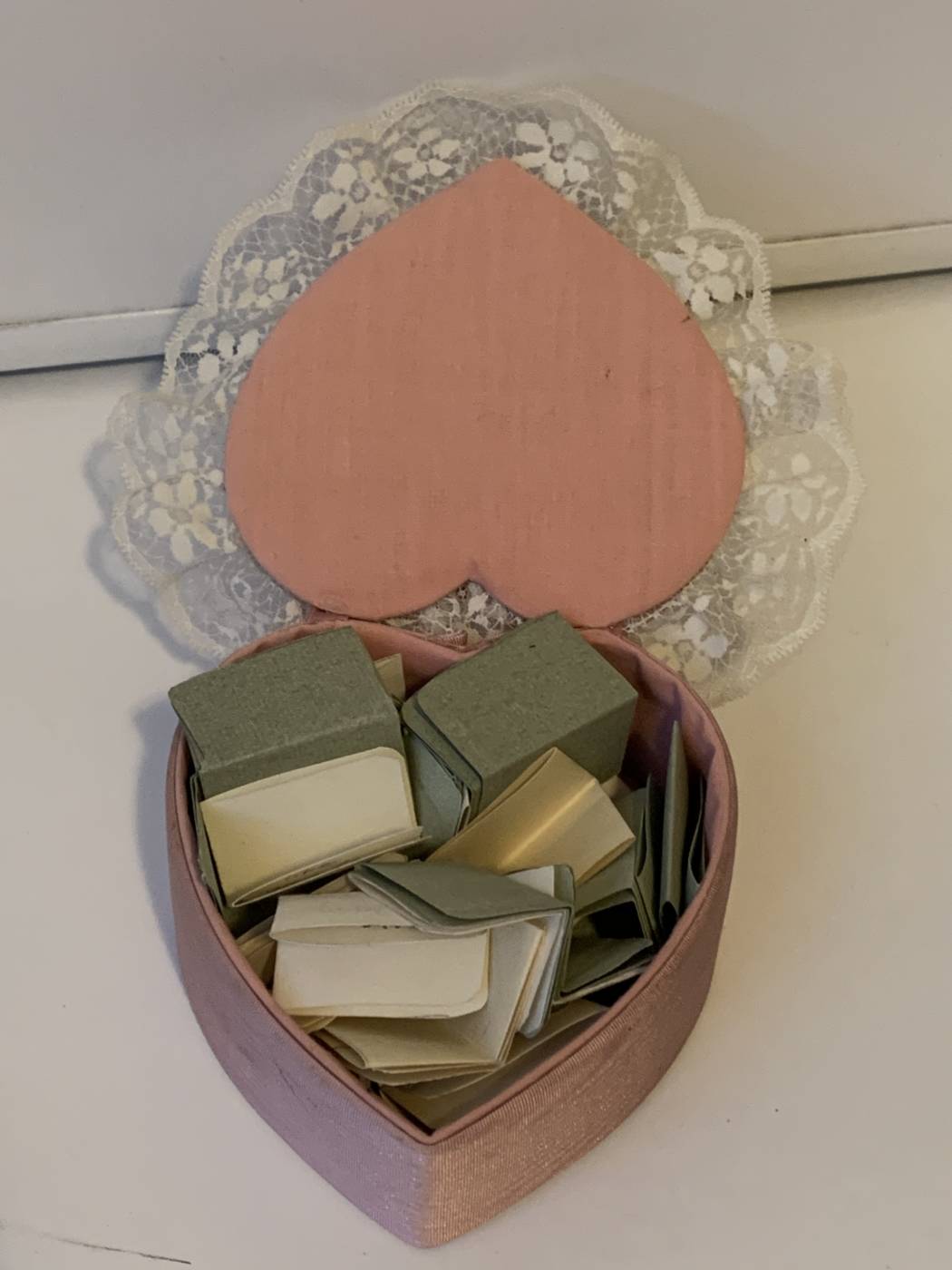

This piece was made three weeks after an emotional breakup, I was not sure if this piece would be in good taste or if it would be invading privacy of any kind, but these quotes have been stuck in my memory and I find it therapeutic in a sense where I can read and evaluate them myself. These phrases were said by different people, ex boyfriends, boys who I did not like but liked me, and lengthly taking stages, each said about me or to me. Emotions are a very strong, especially love and infatuation, the things I have been told by other people don’t even feel like they’re talking about me, but it’s the ways I have impacted them that have brought them to say what they say. It is a self-portrait from a romantic view of myself, told my manipulations, over-exaggerations, genuinely kind words, and hurtful words too. This is a very heartbreaking piece for me to make, but it sticks with me the most.
The piece itself works as an interactive piece where you get to draw a slip of paper from the box and read one of the quotes, the more slips you read the bigger picture you get of me, with a few contradictions. It’s very personal and invites the participant to feel similar feelings to how I felt when I was told these things, or someone could relate to the phrase. The whole experience of this piece is heartbreakingly human.
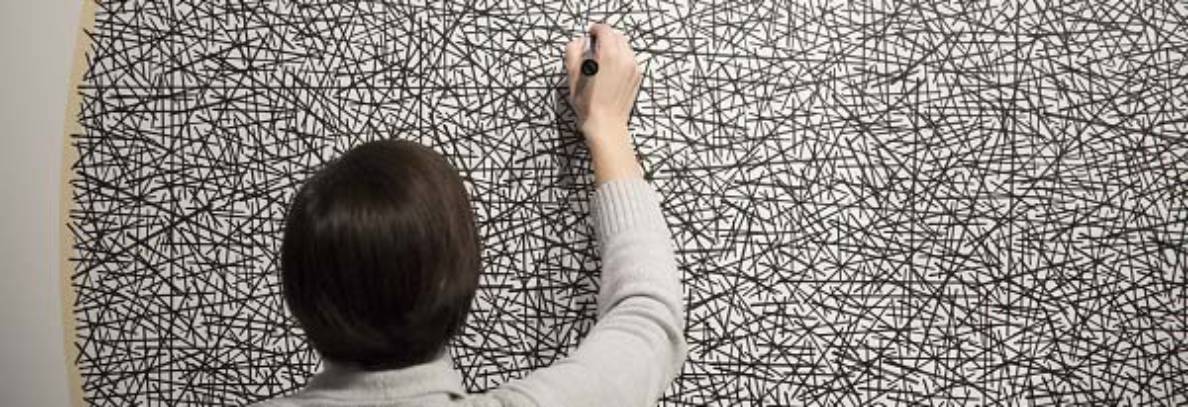
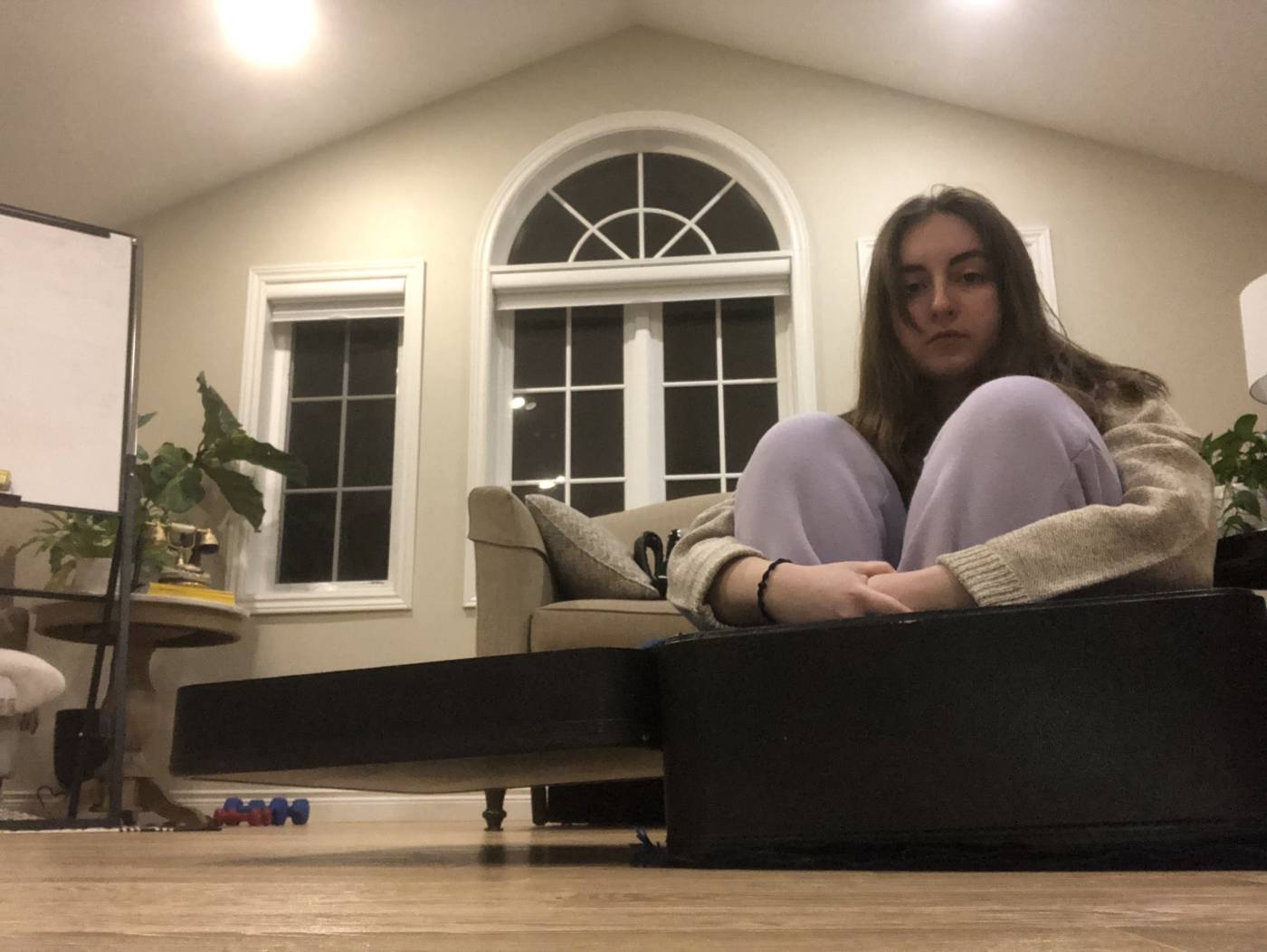
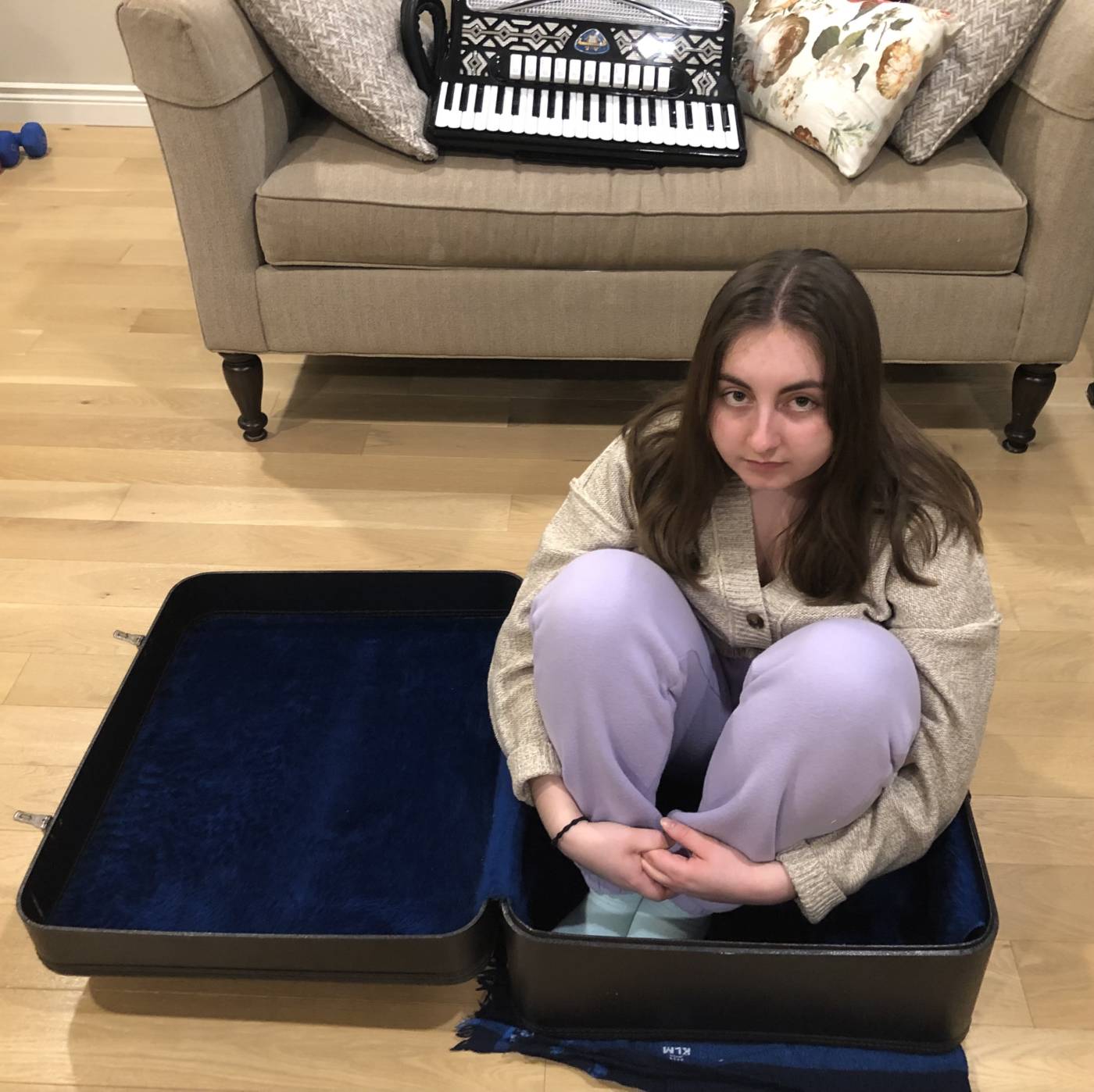

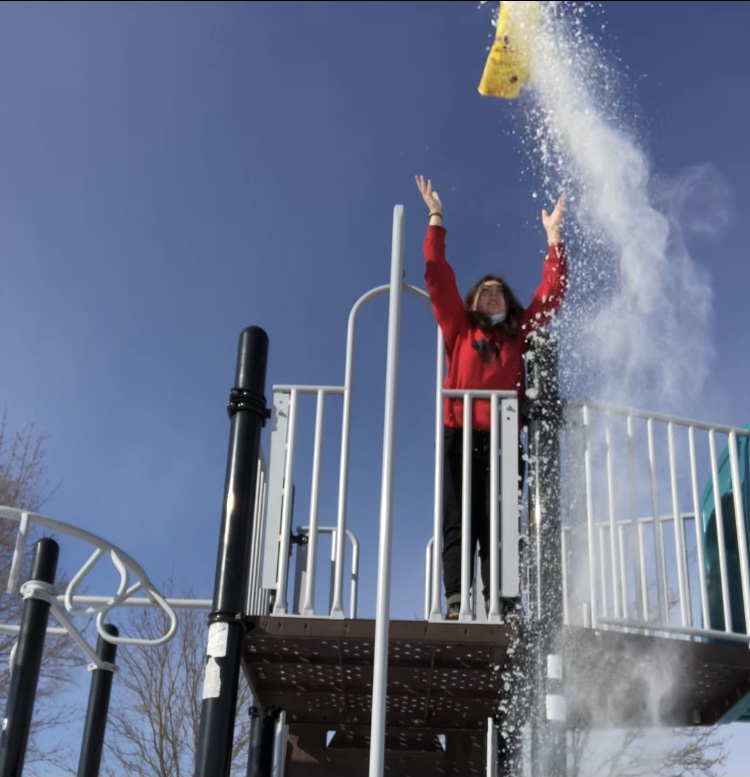
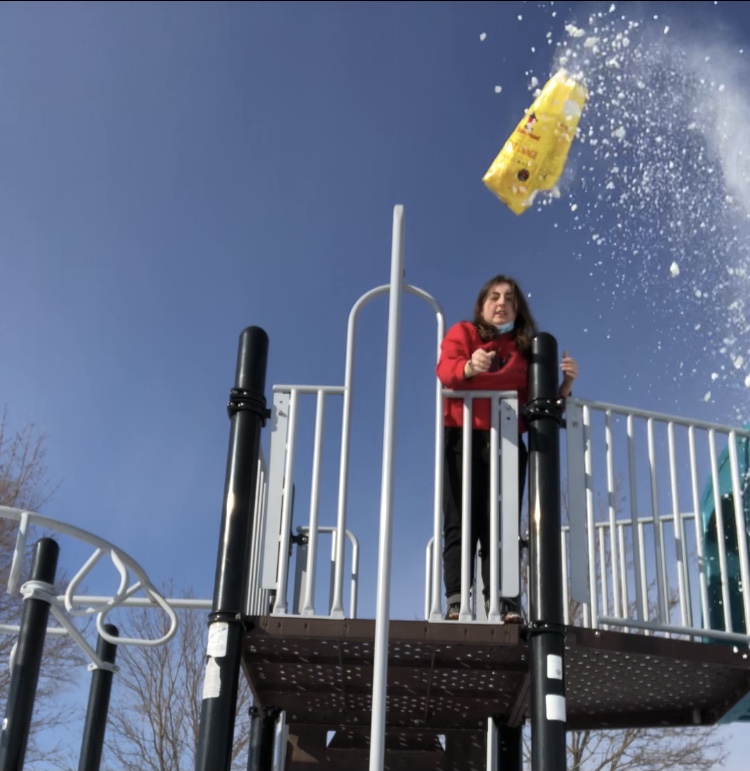
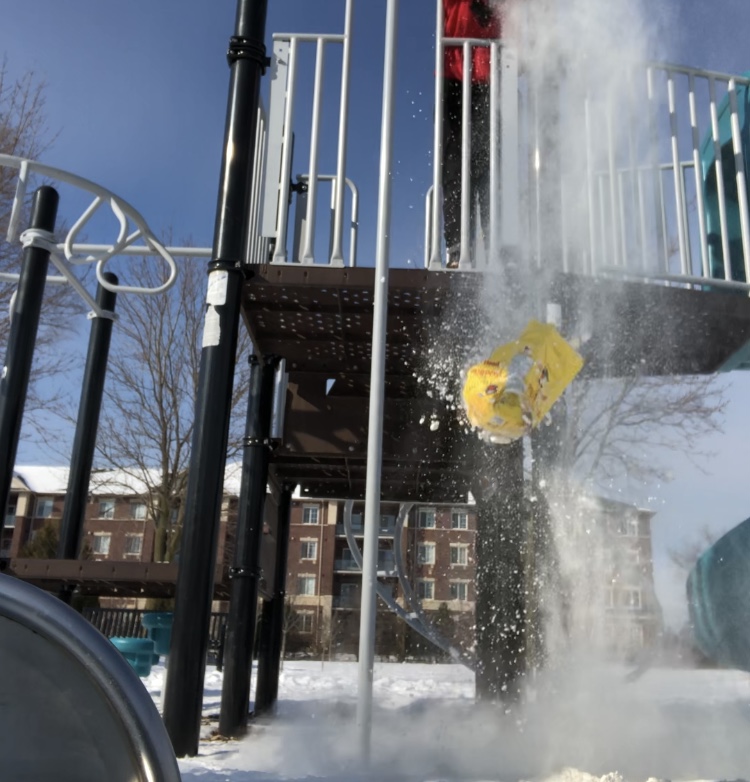

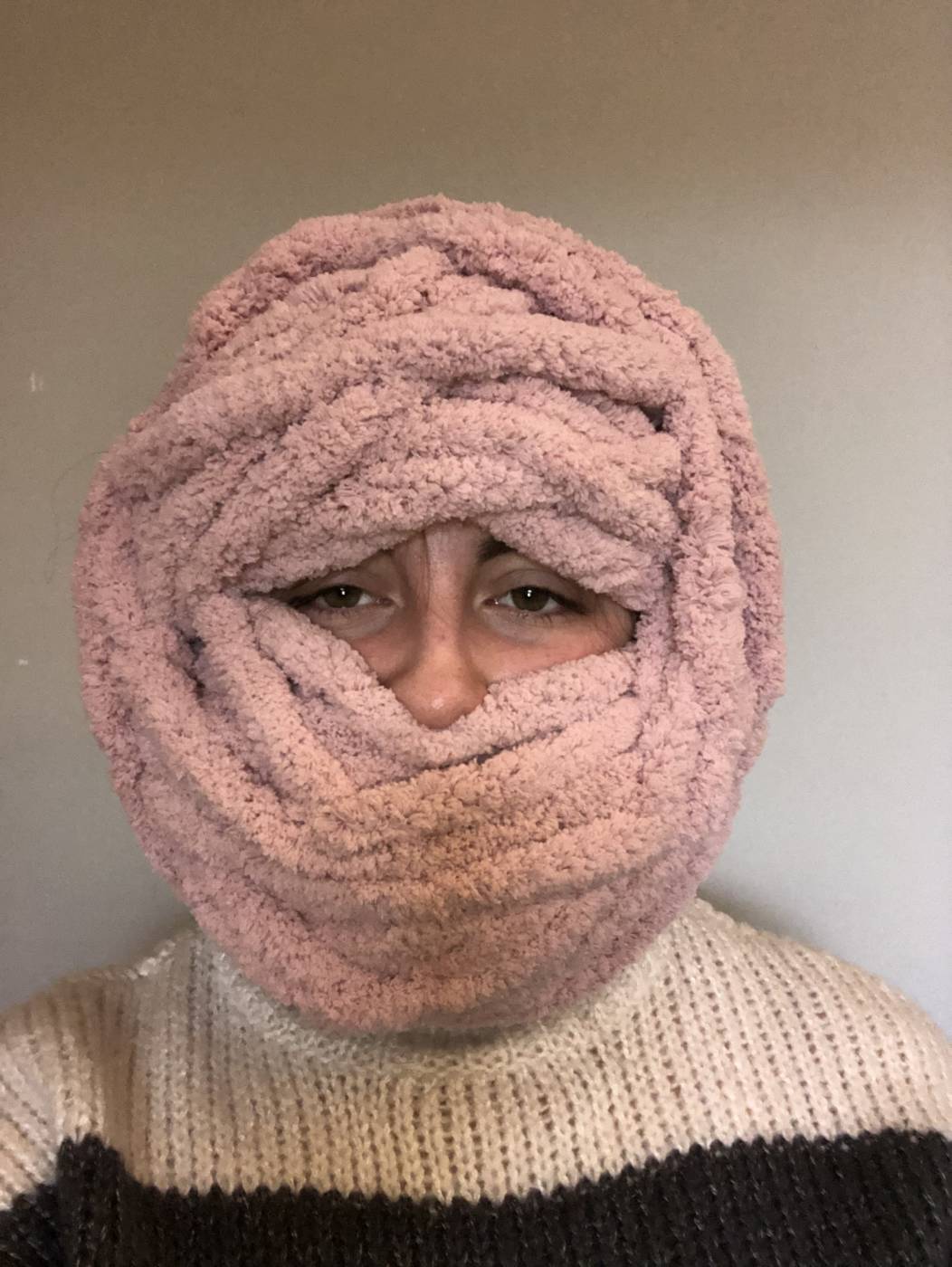
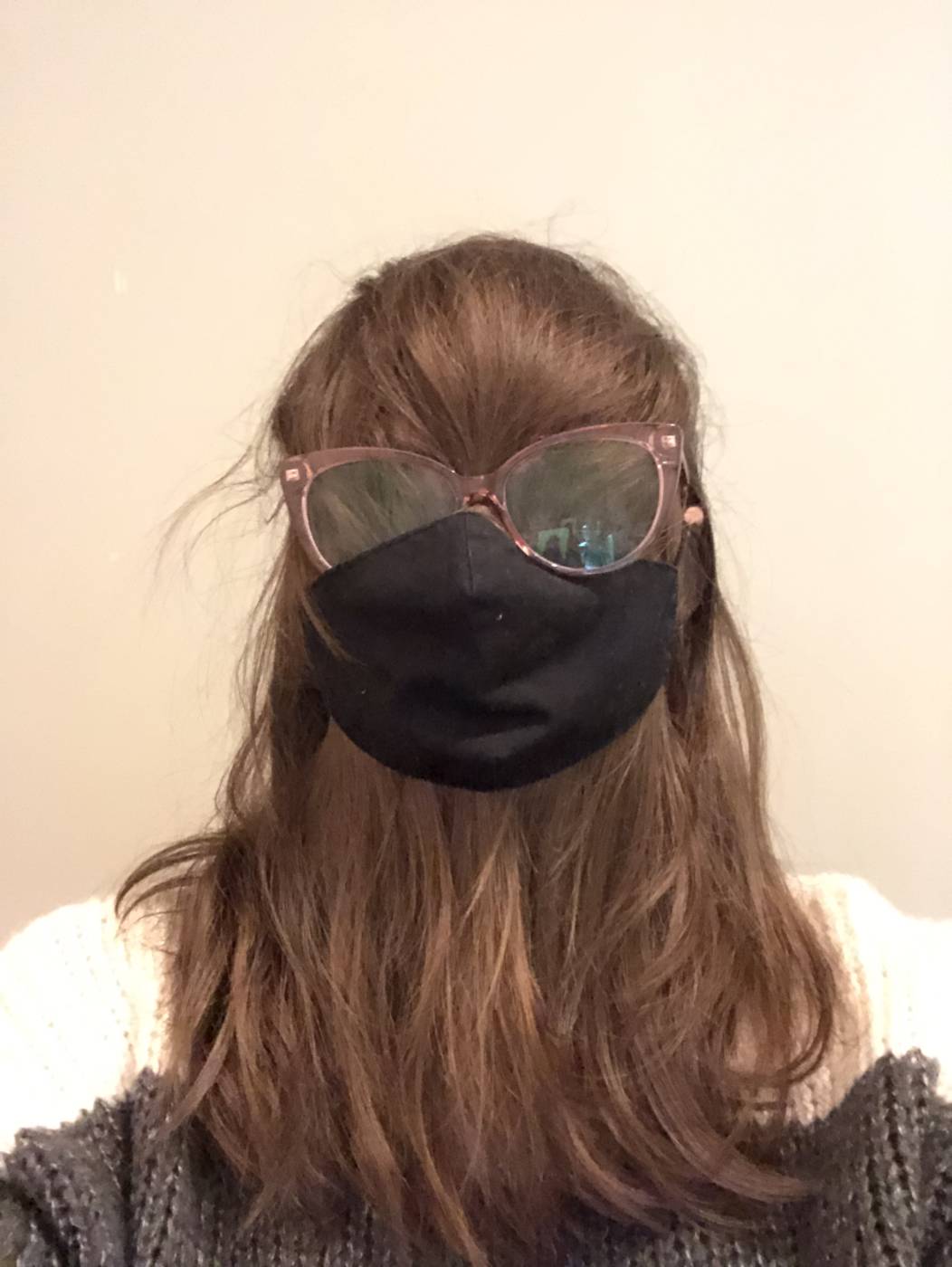
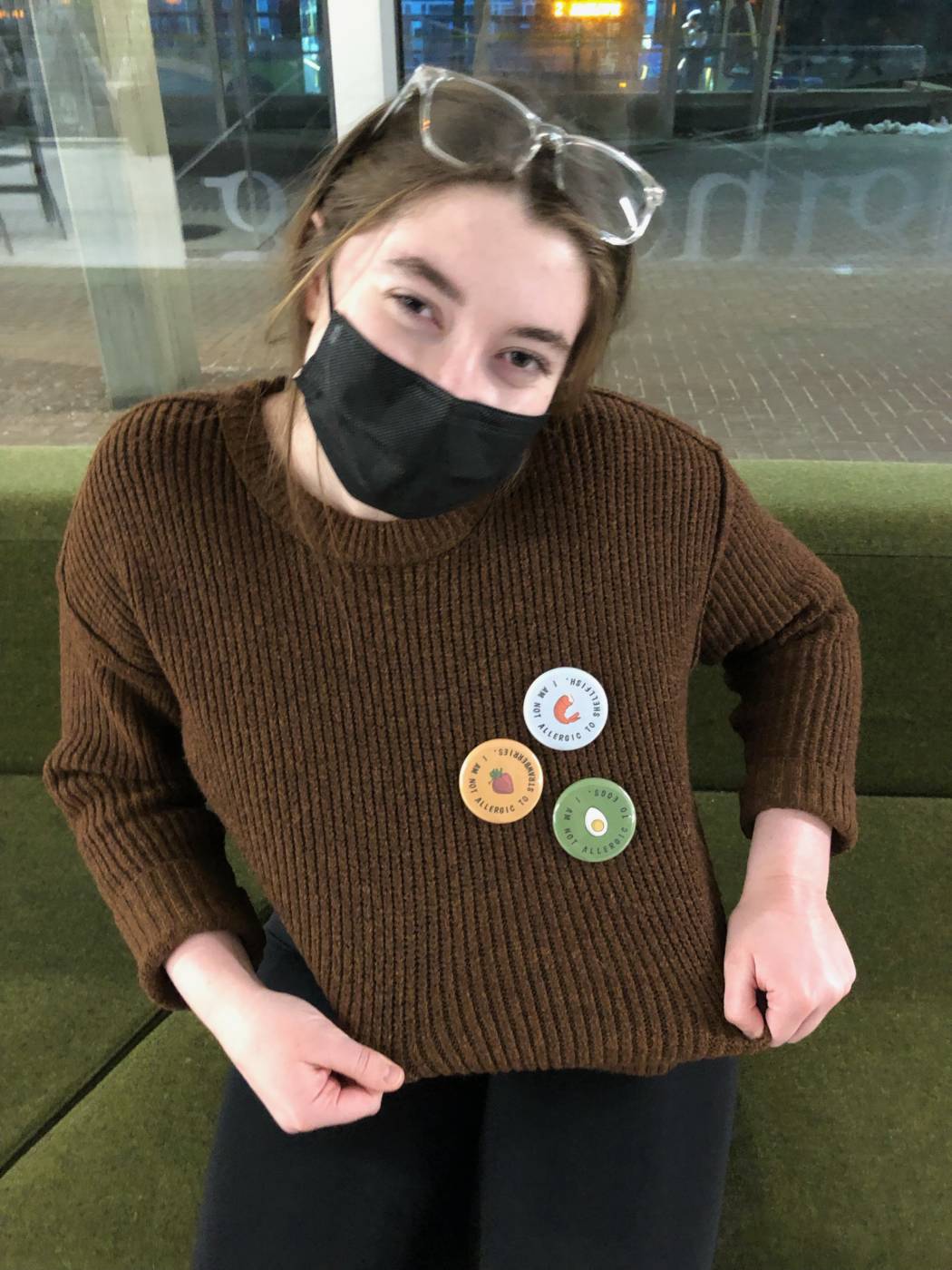
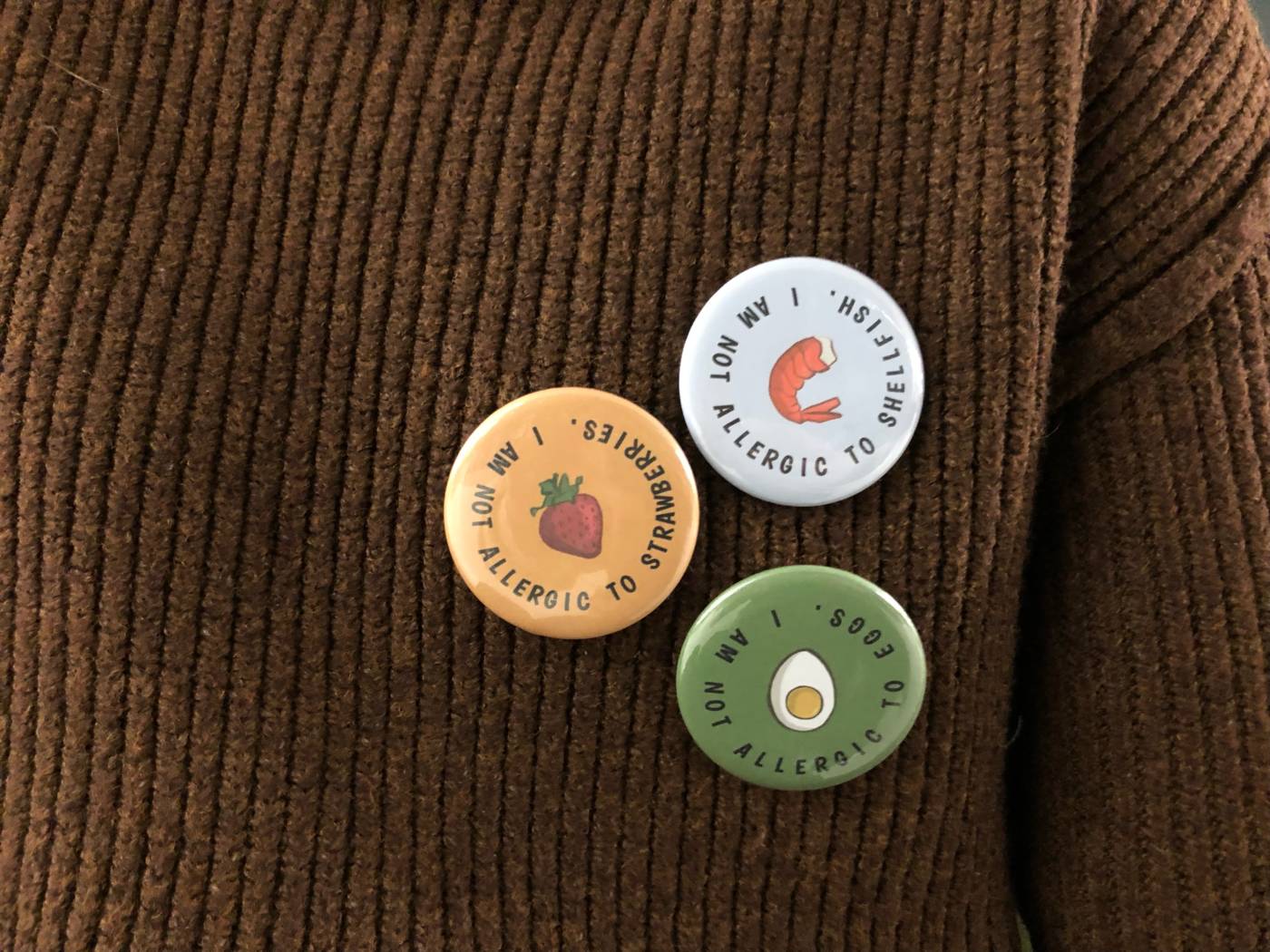
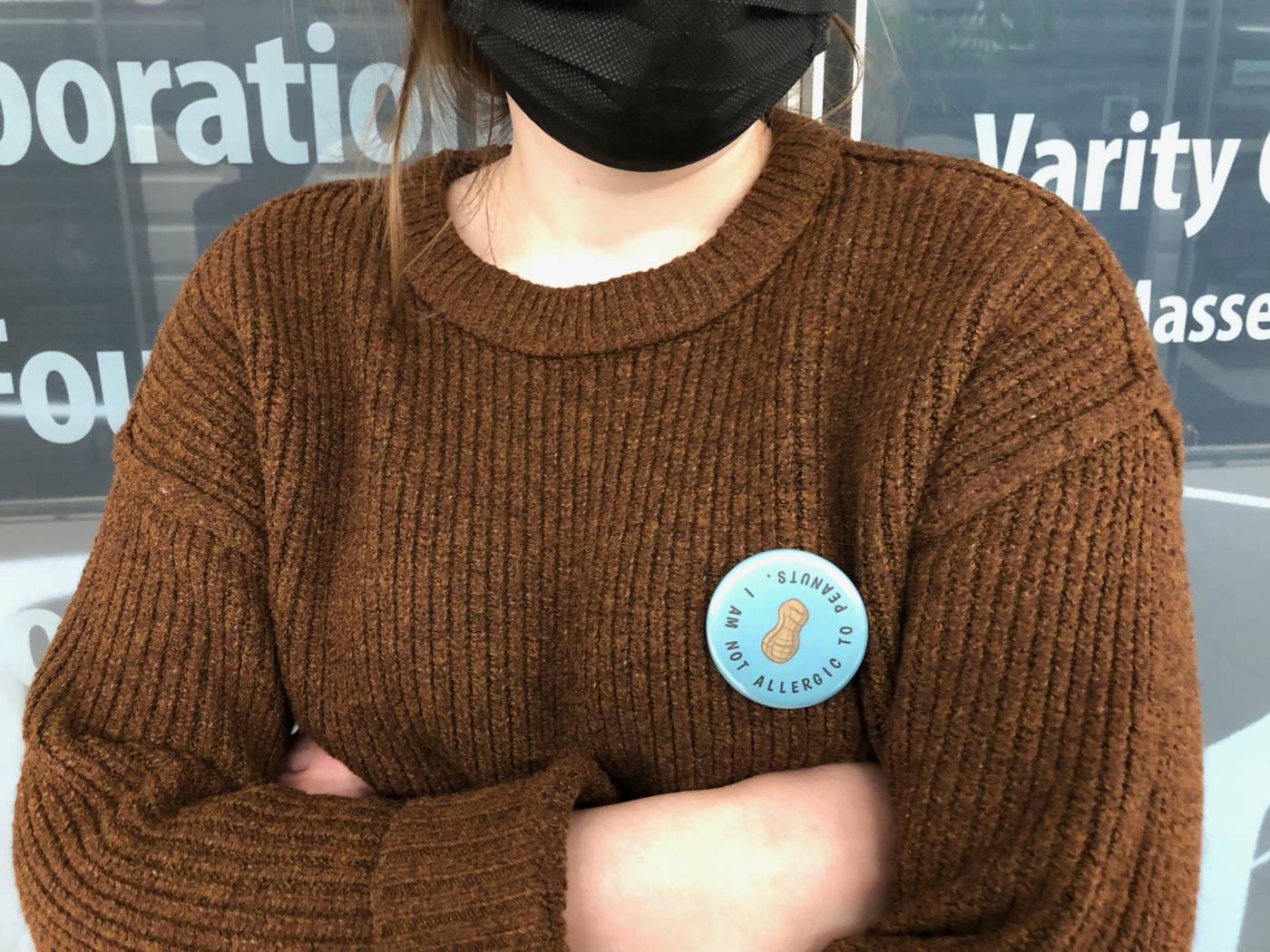
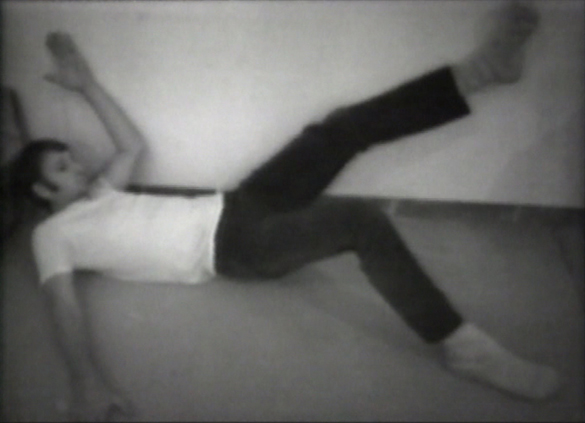
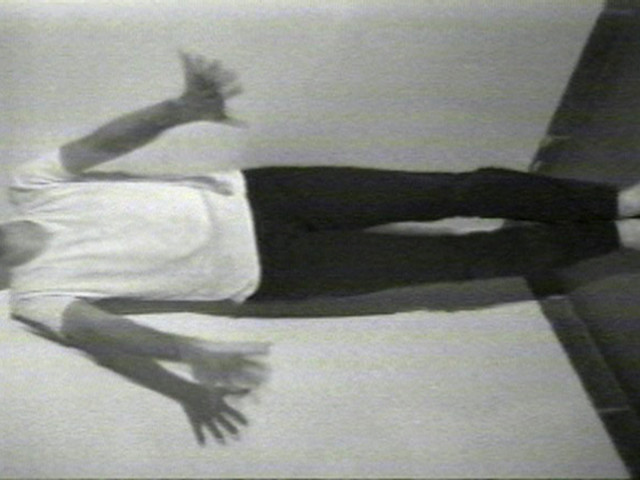
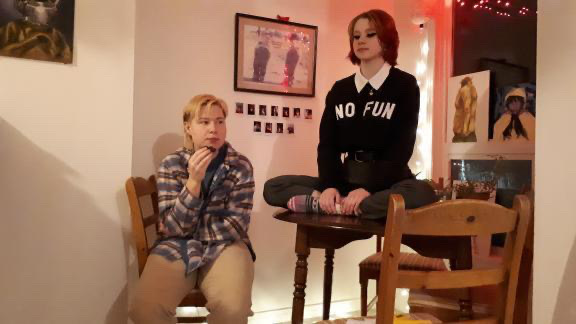
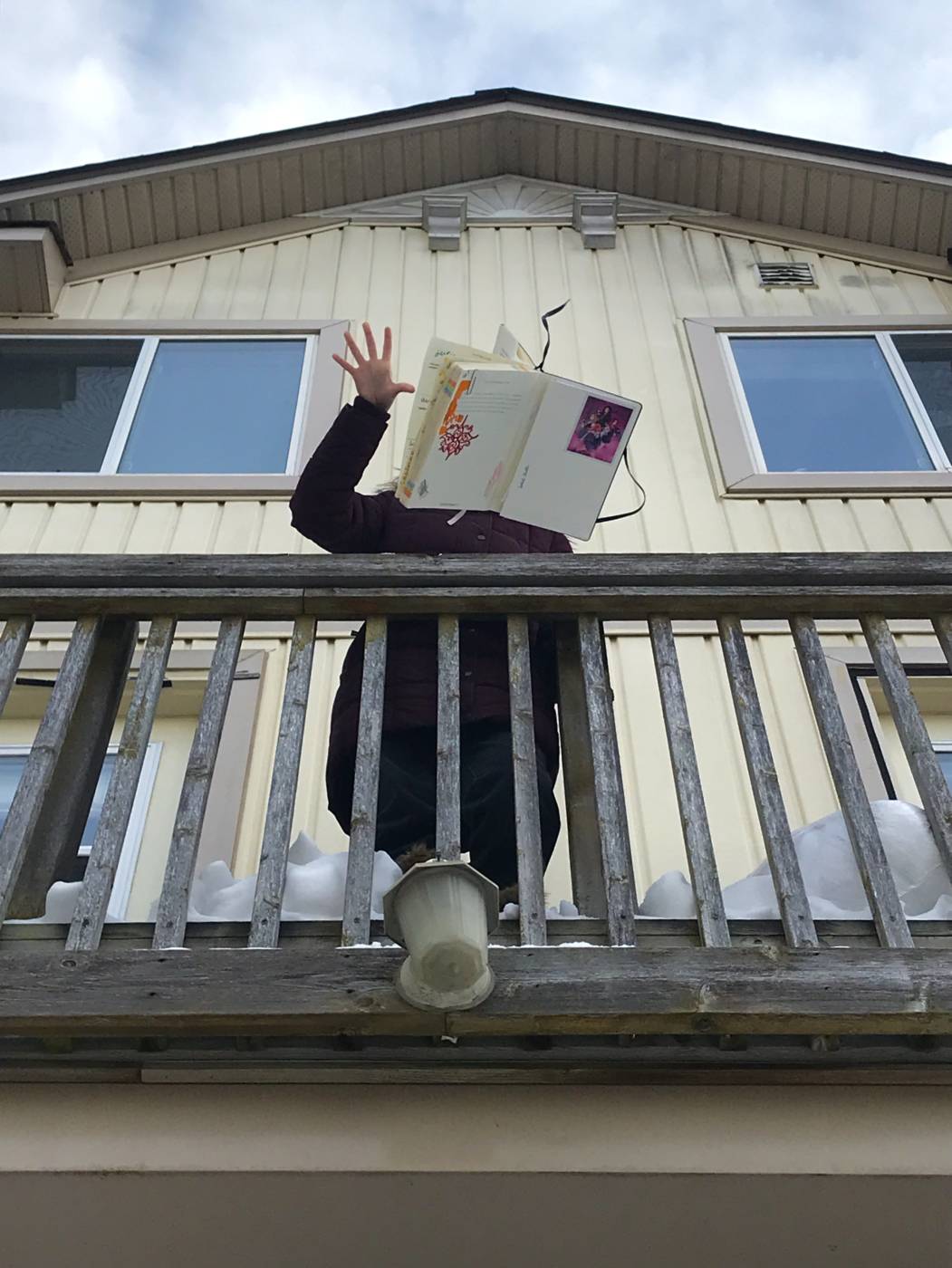
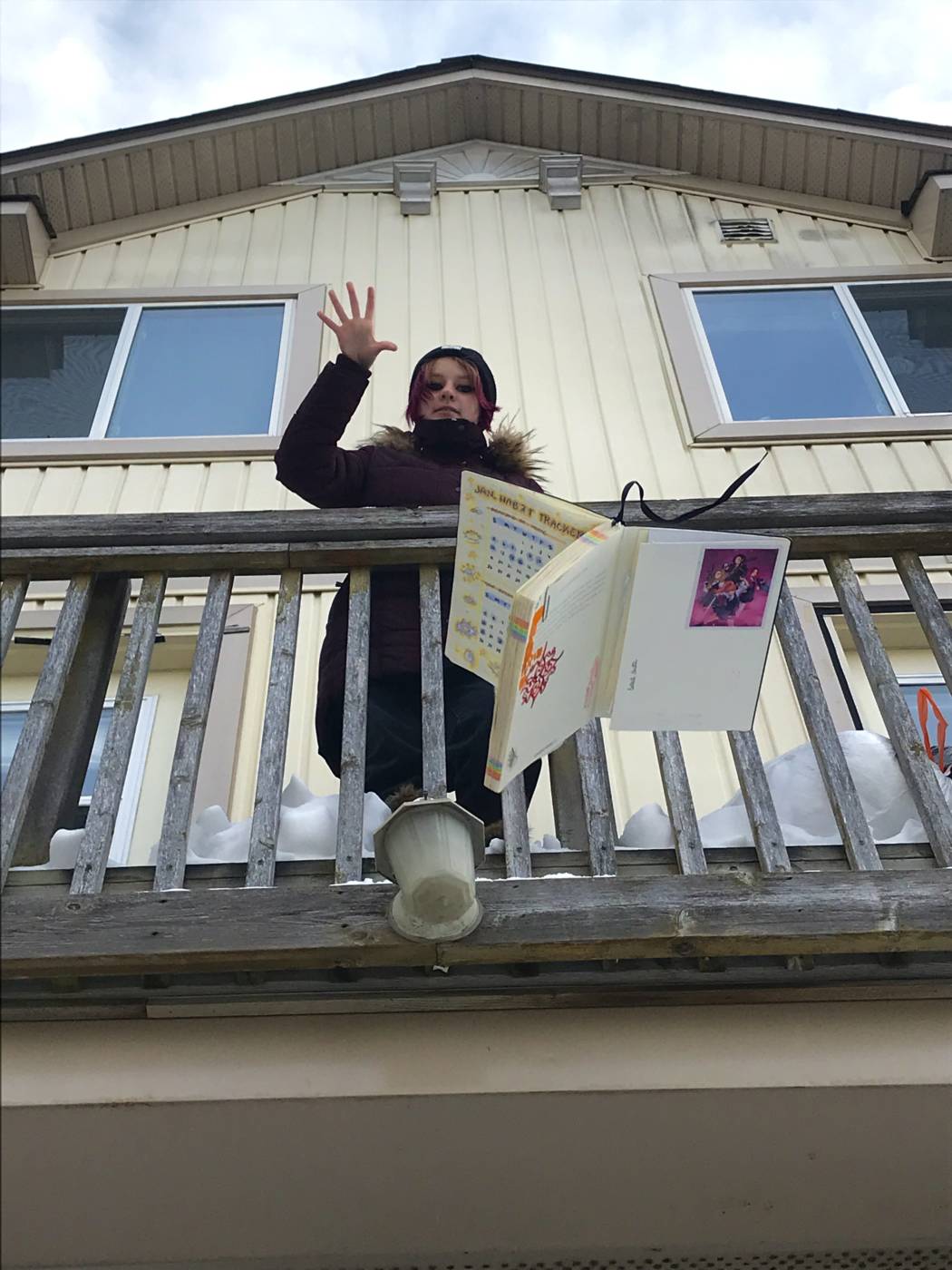
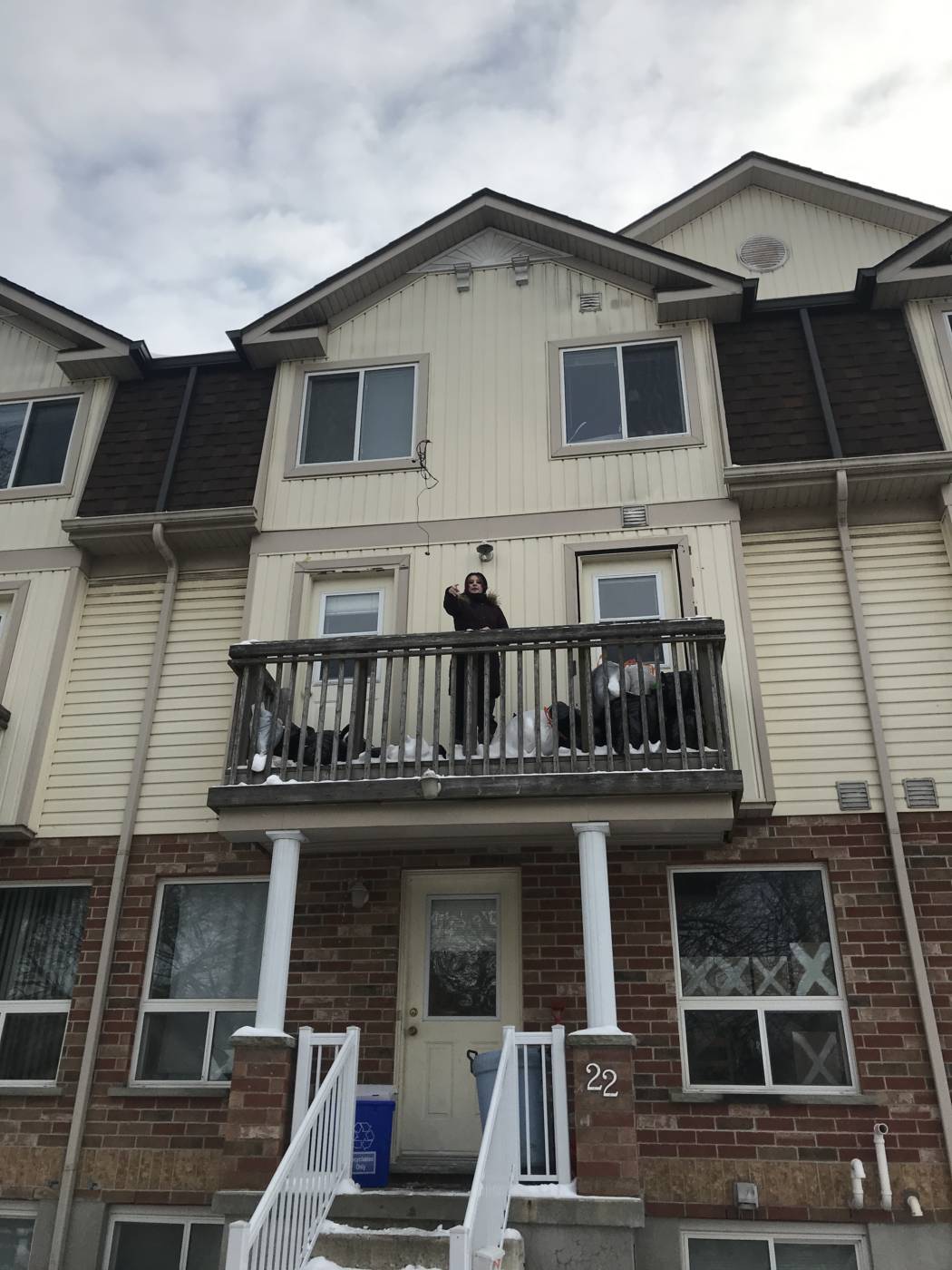
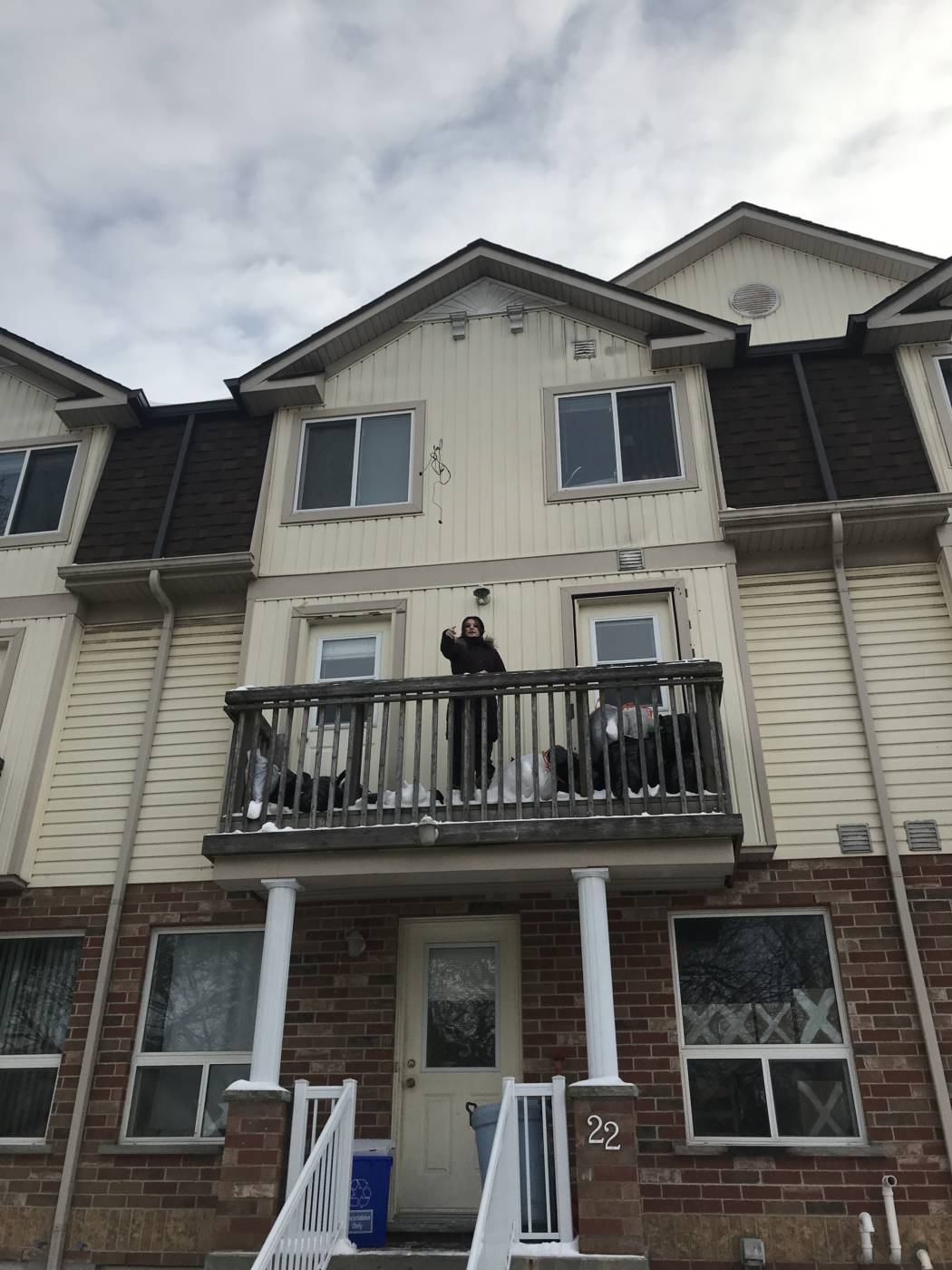
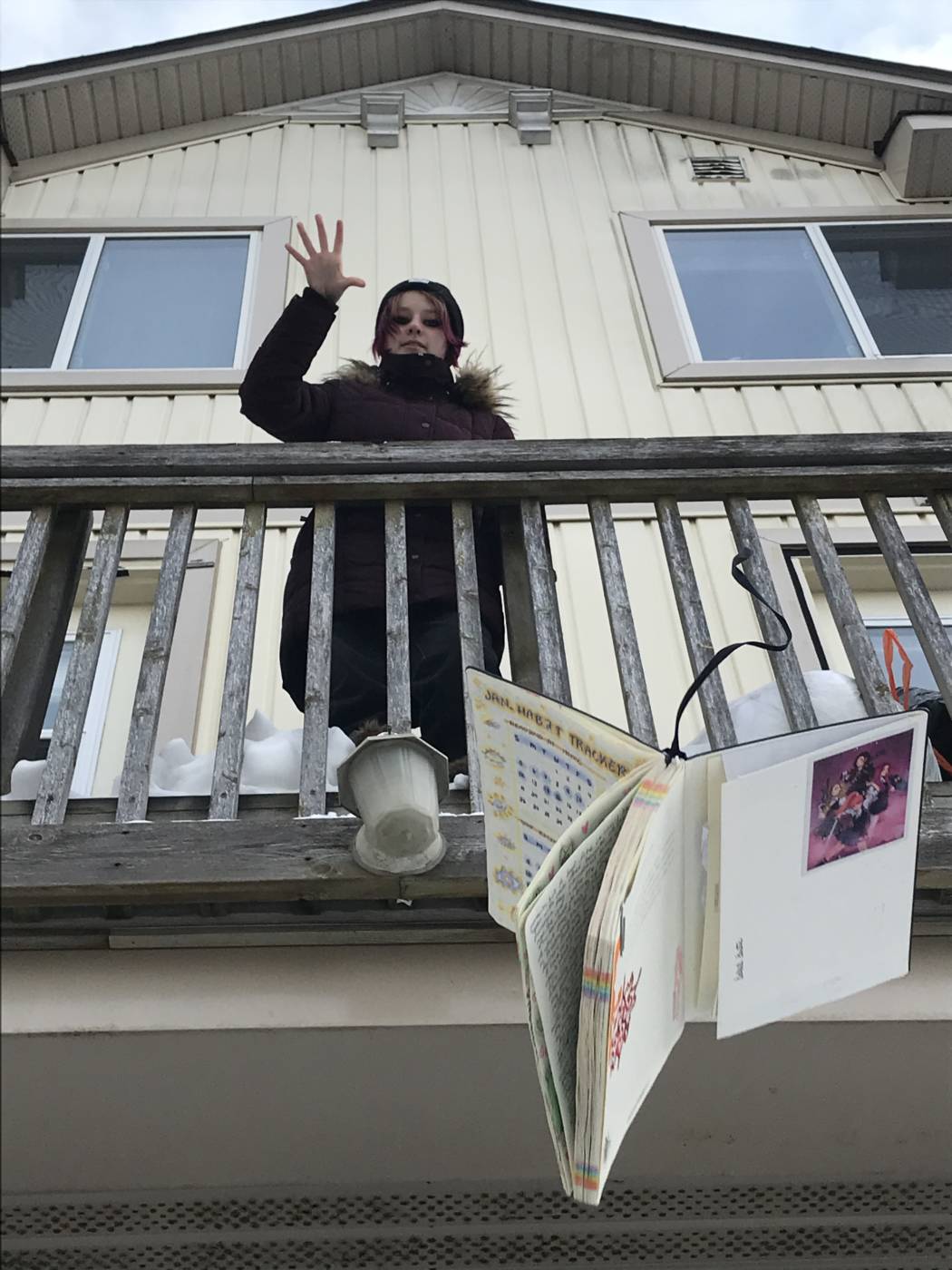
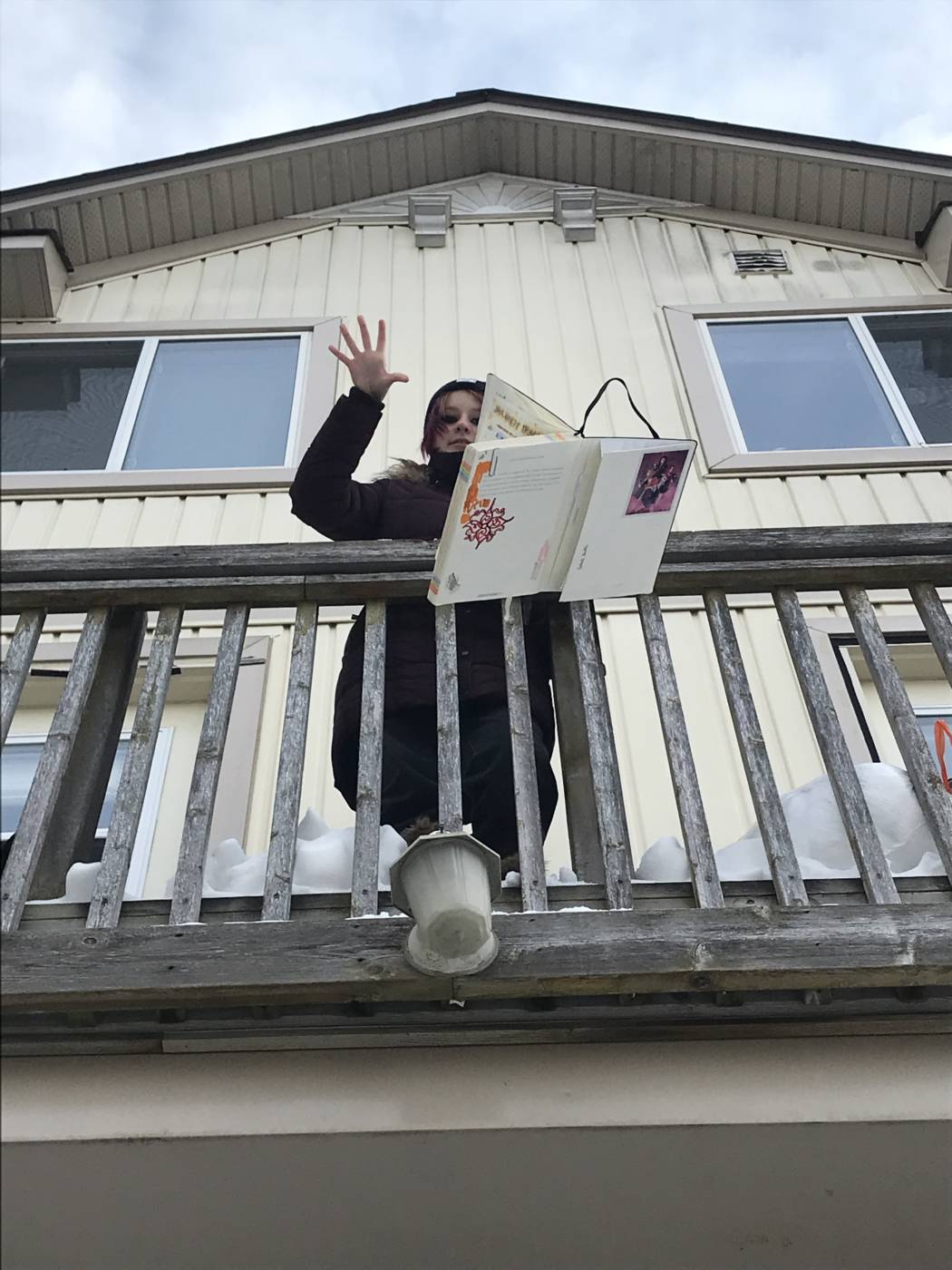
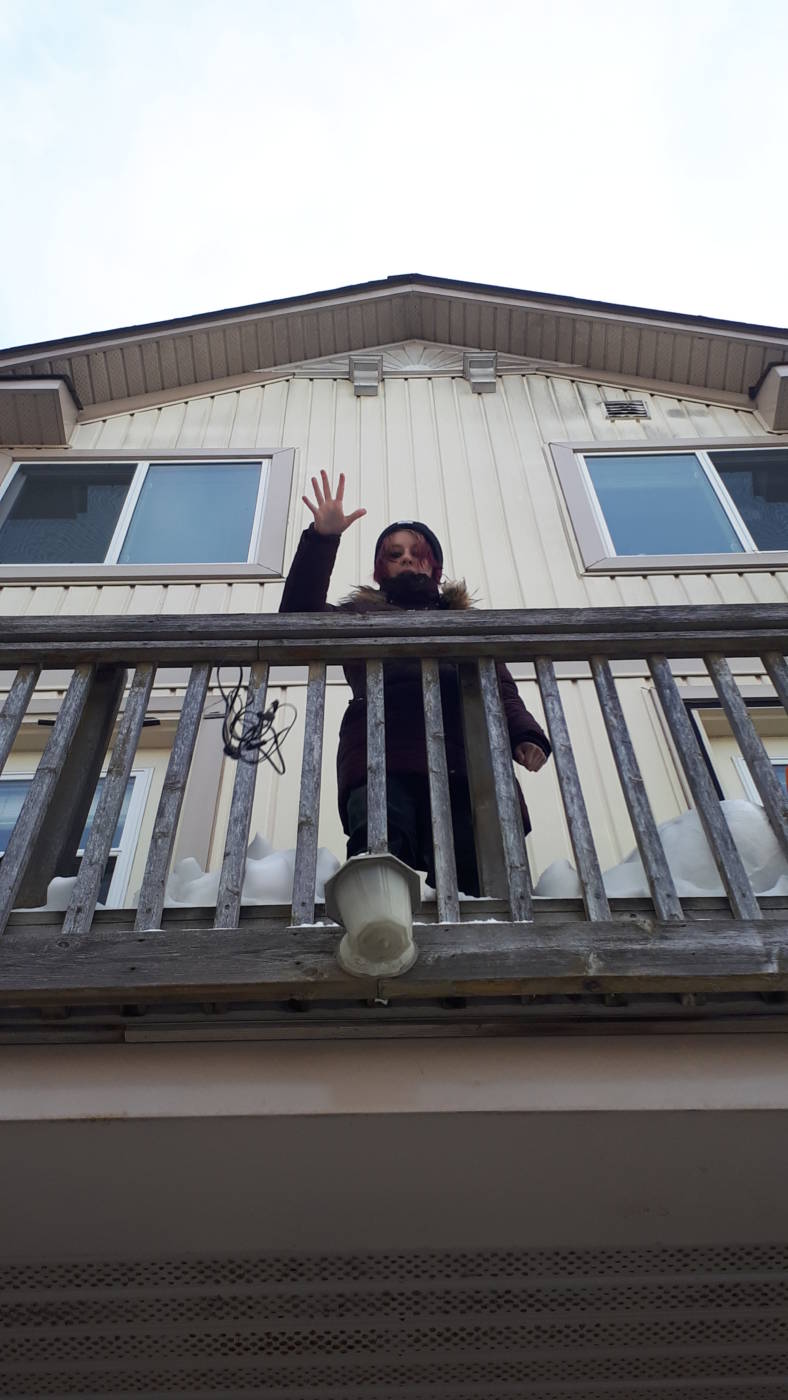
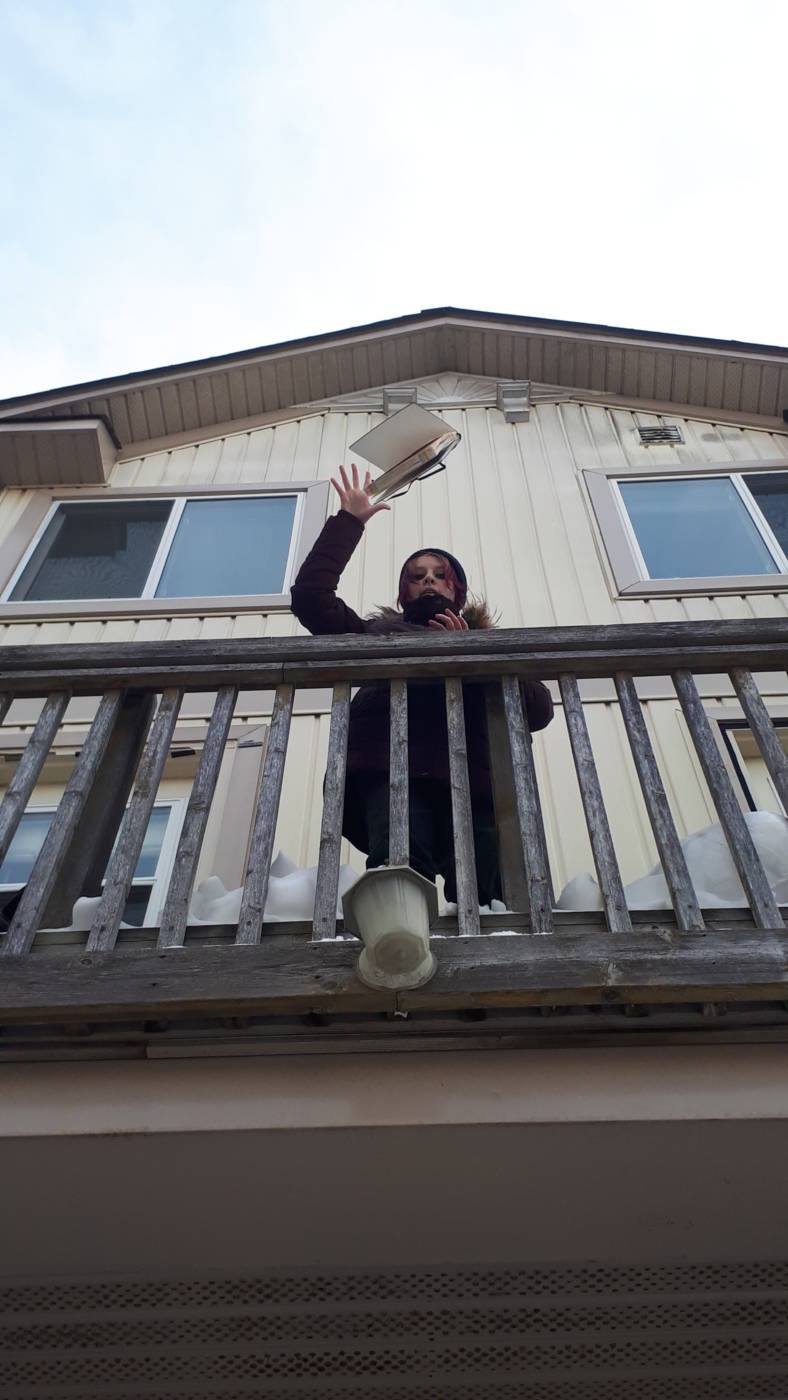
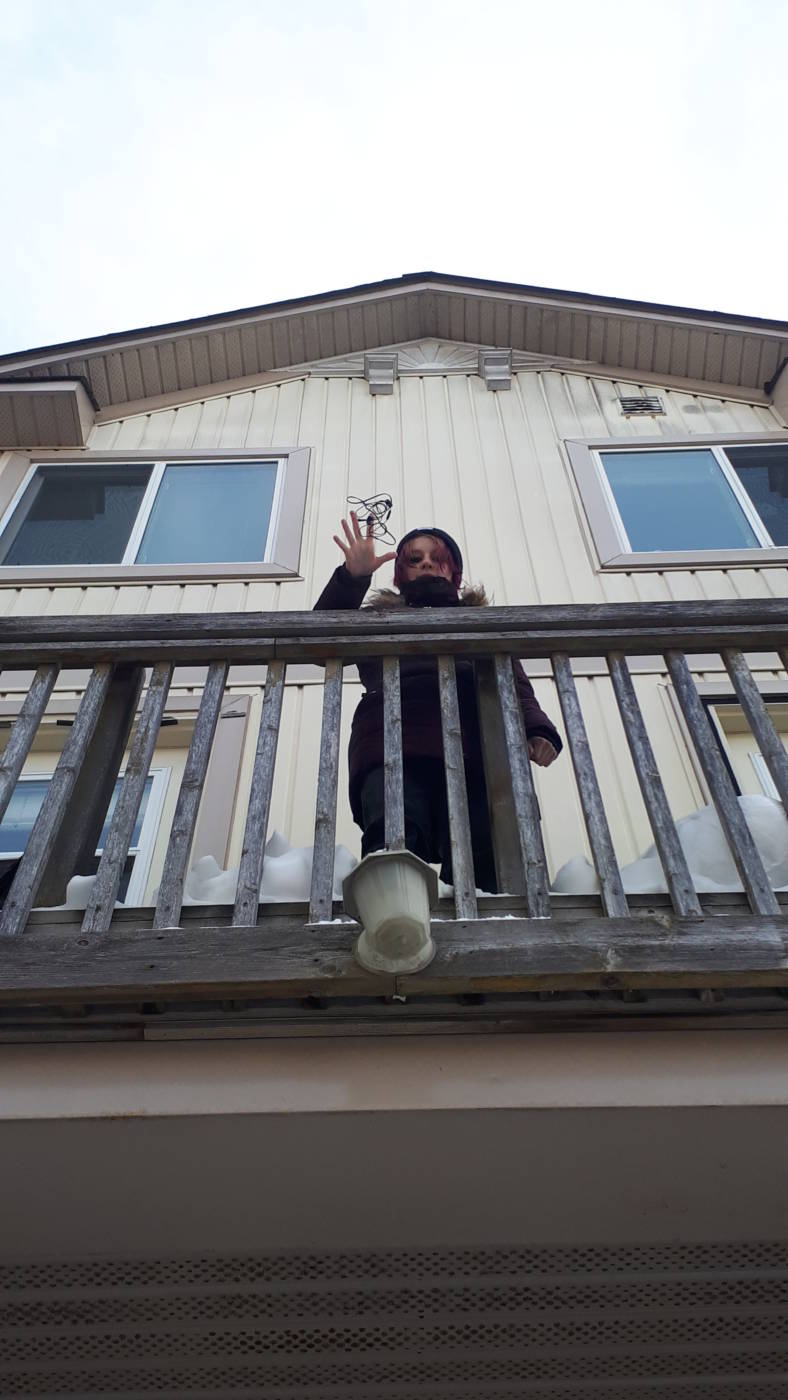
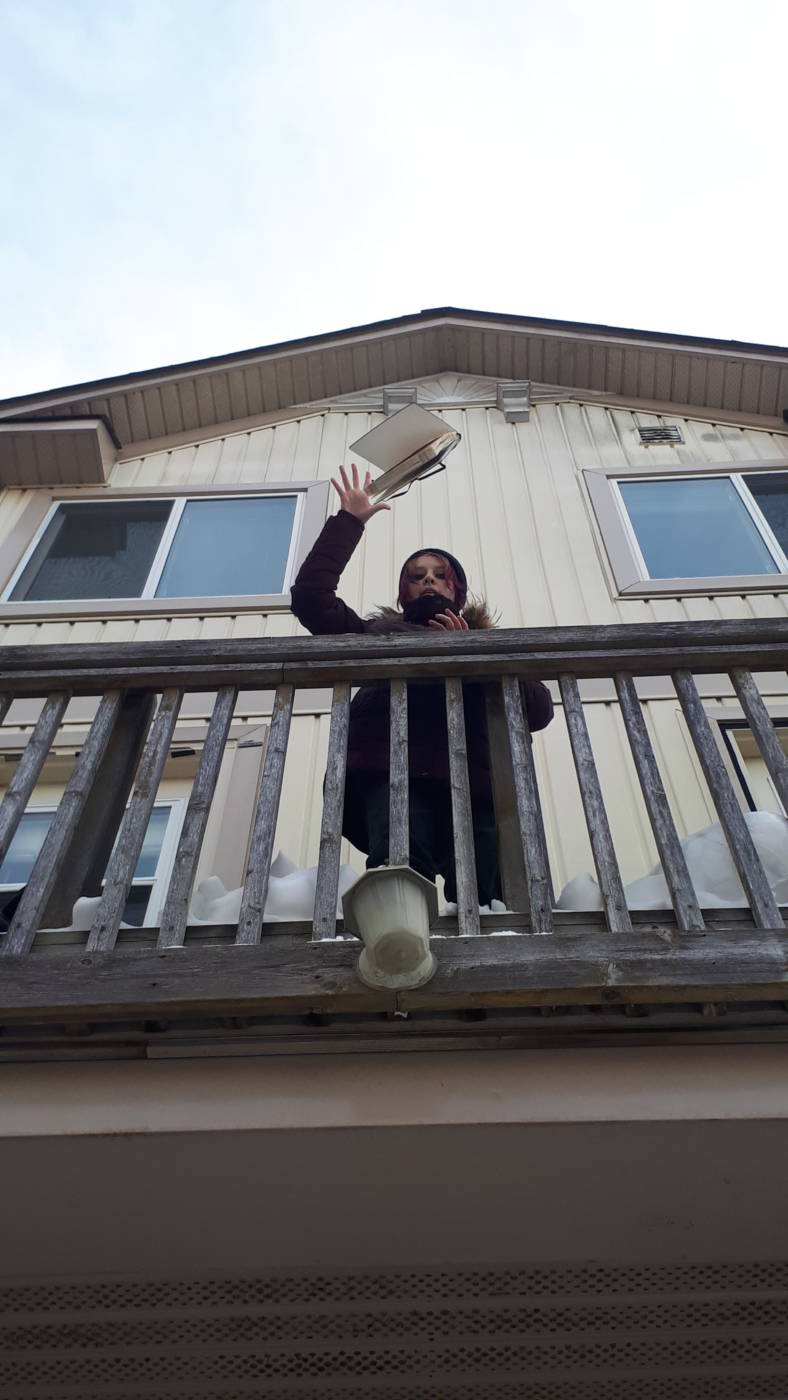
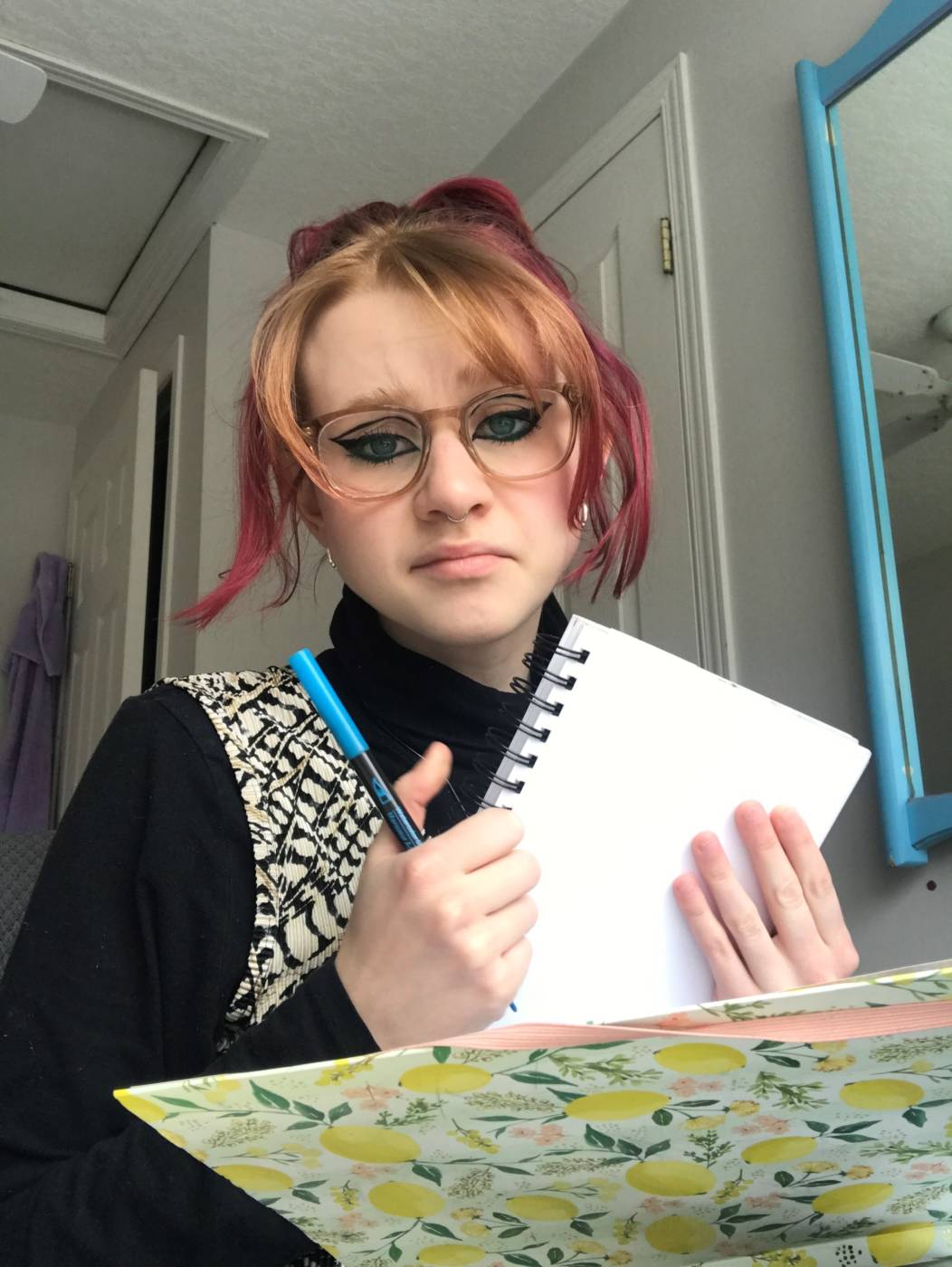
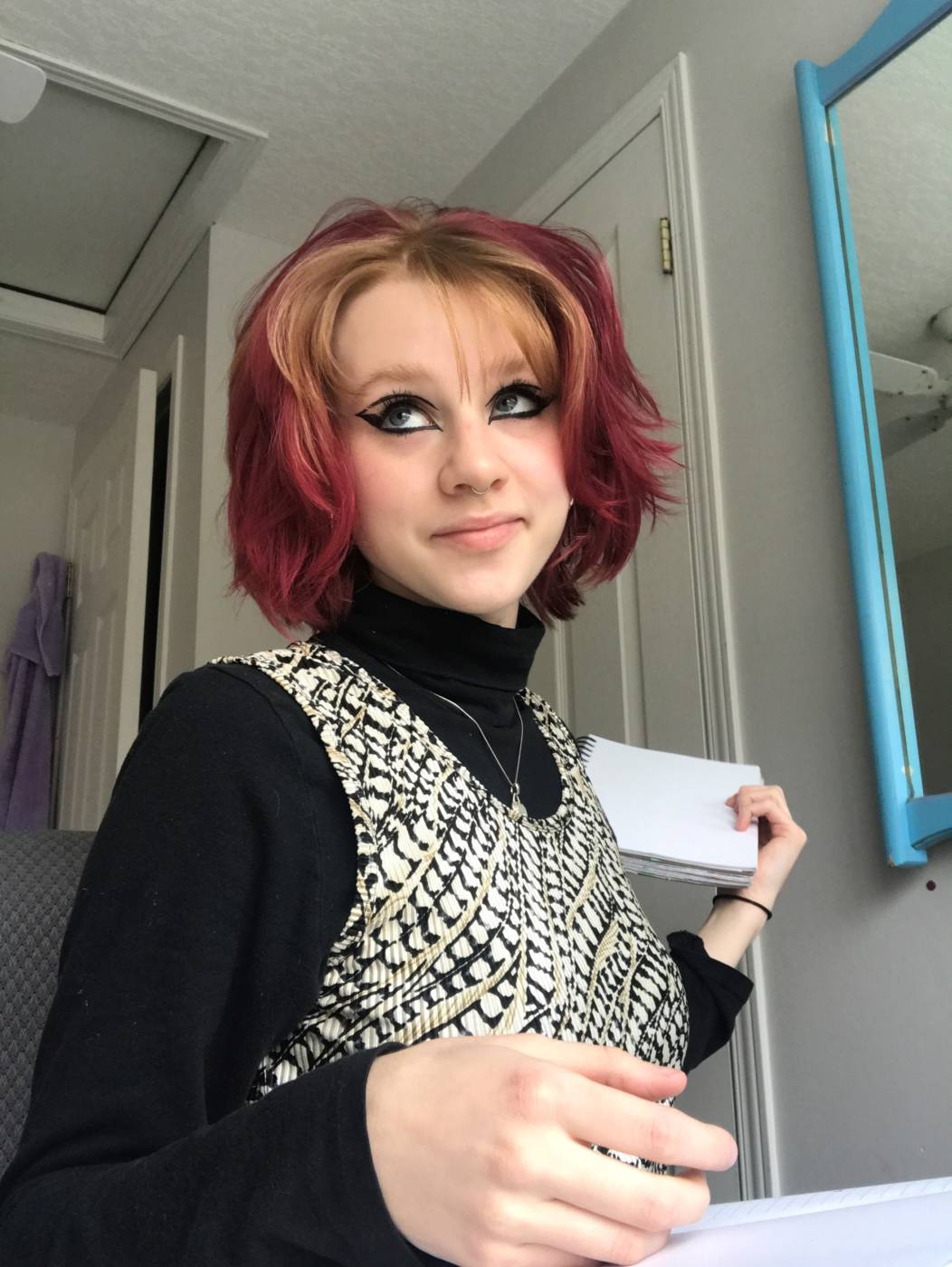
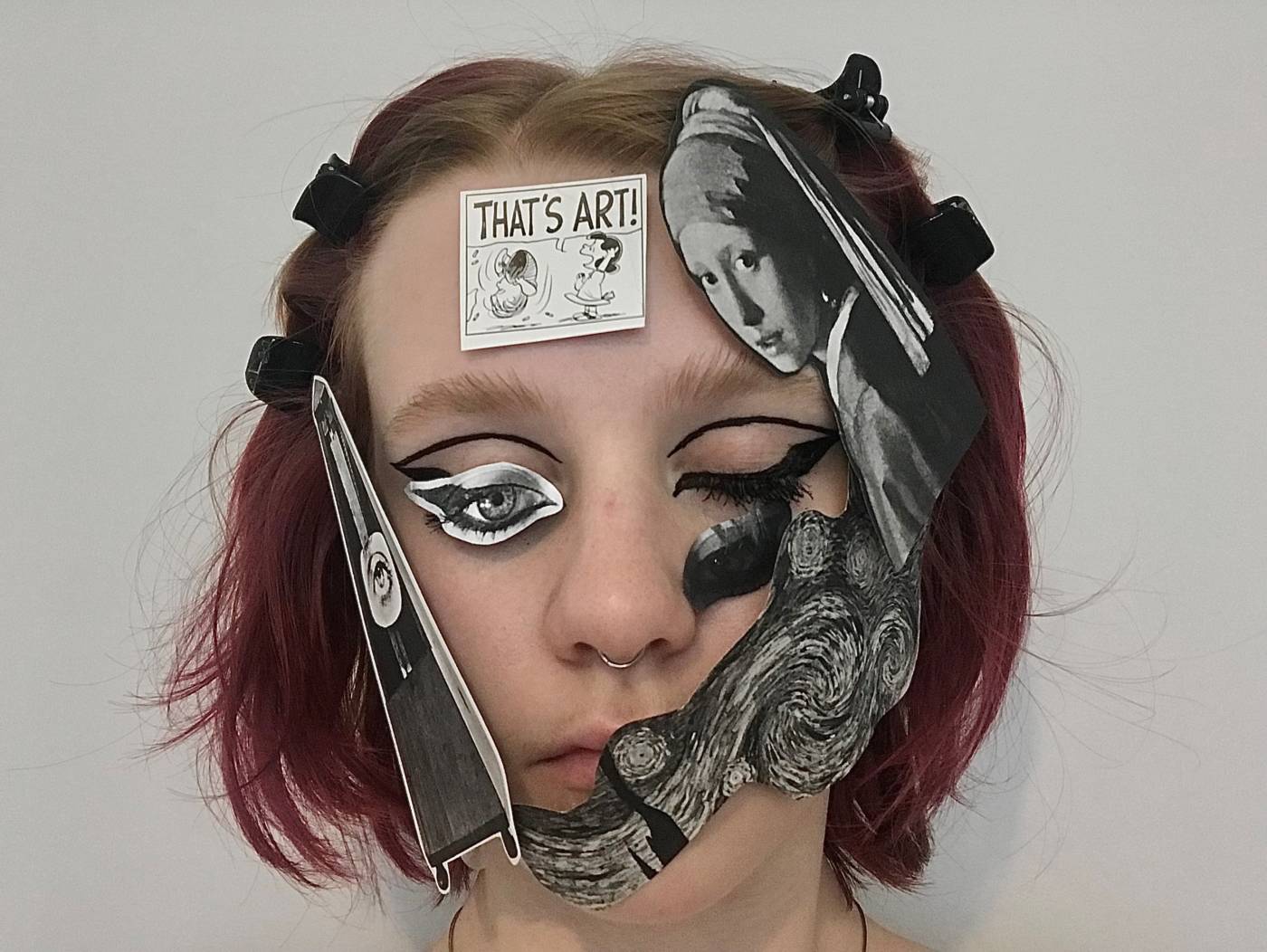
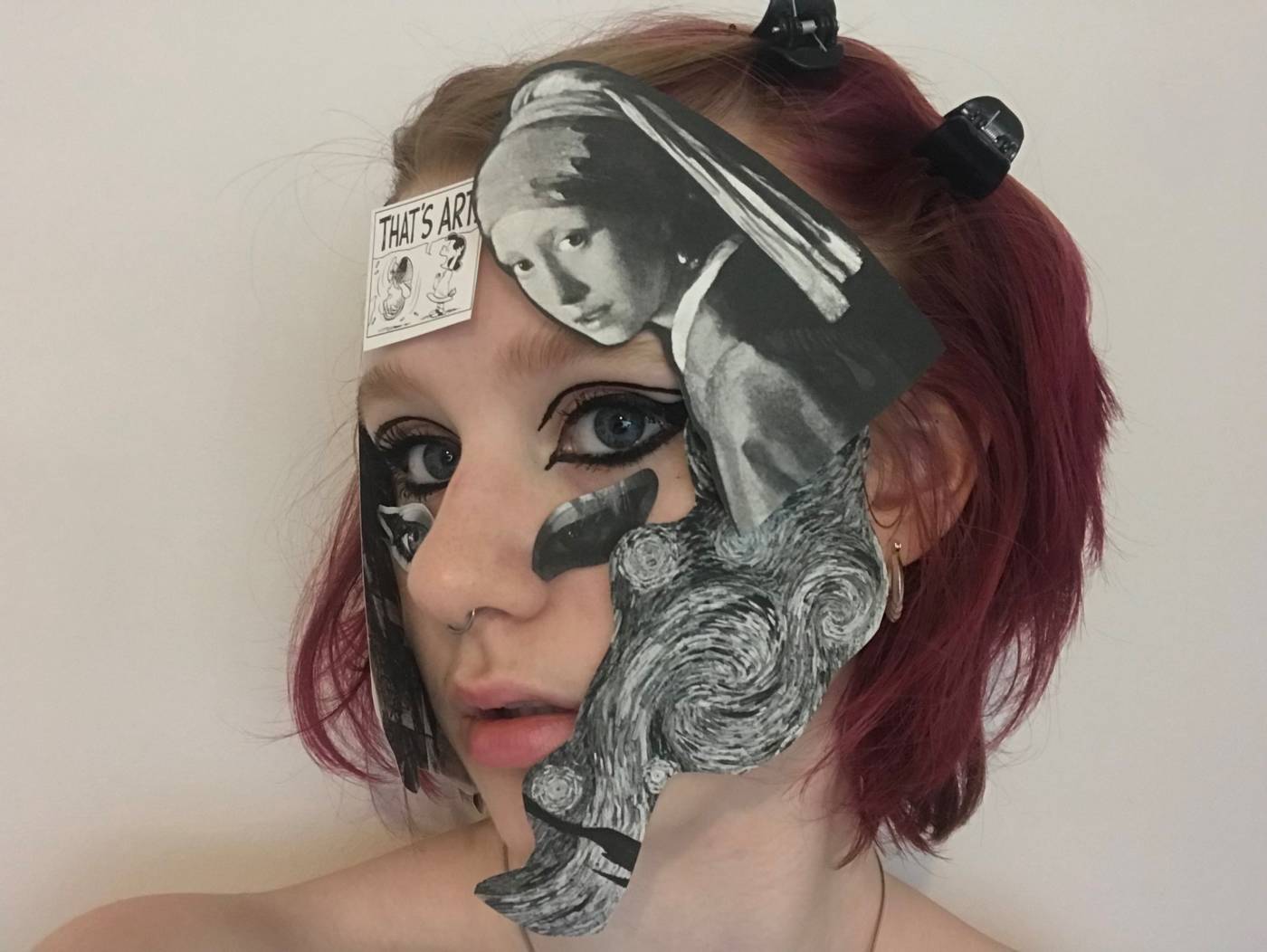

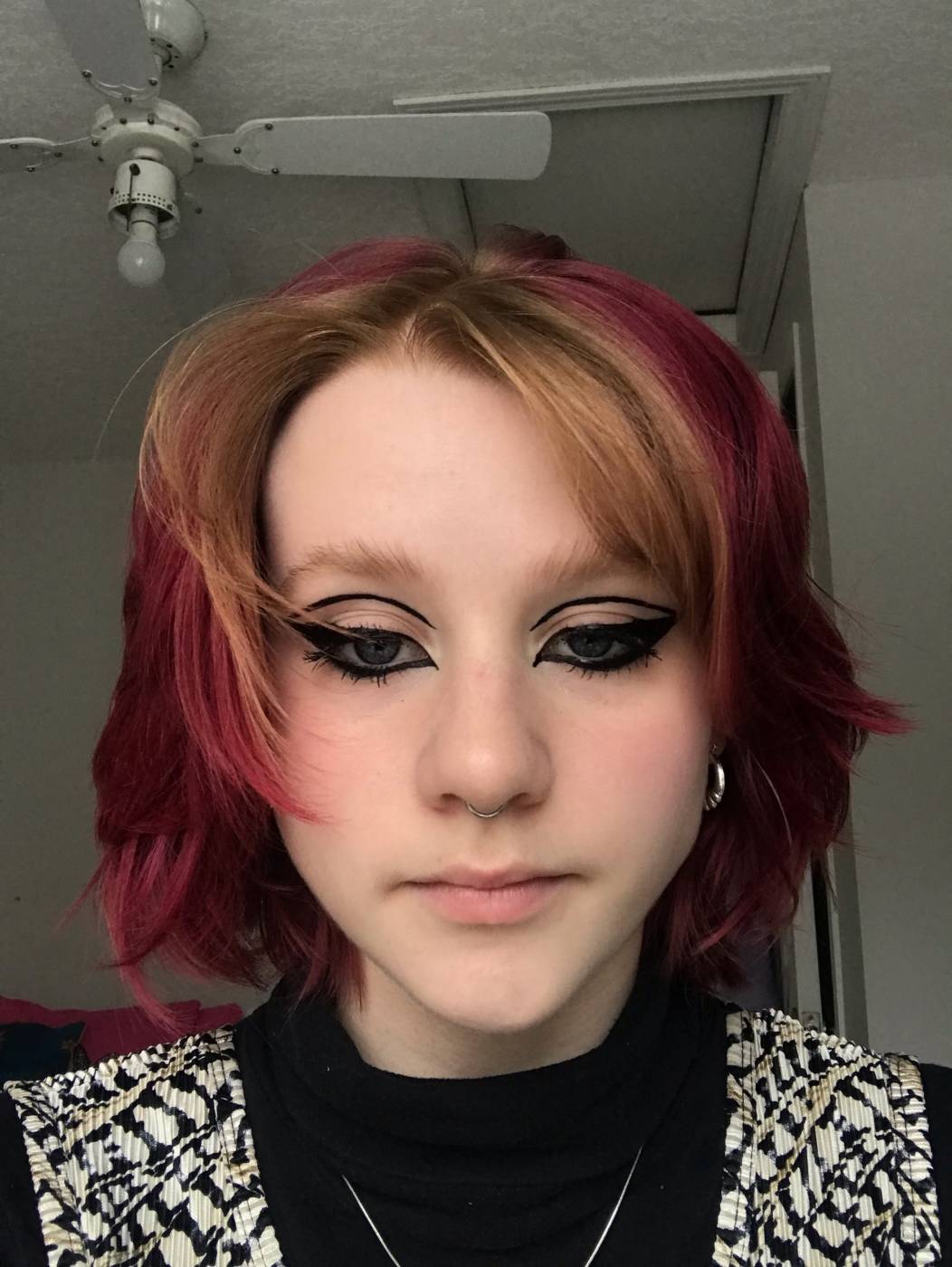
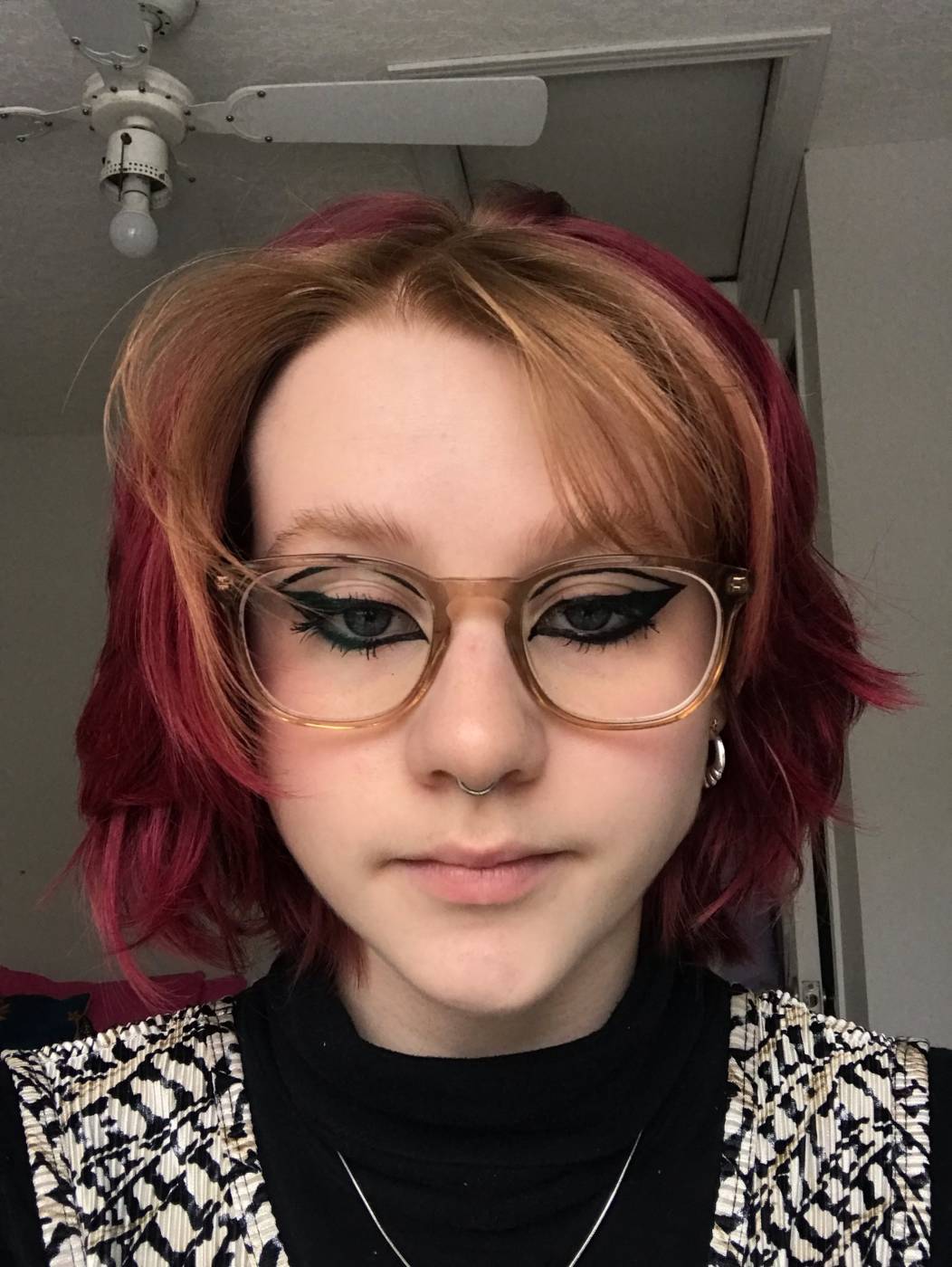
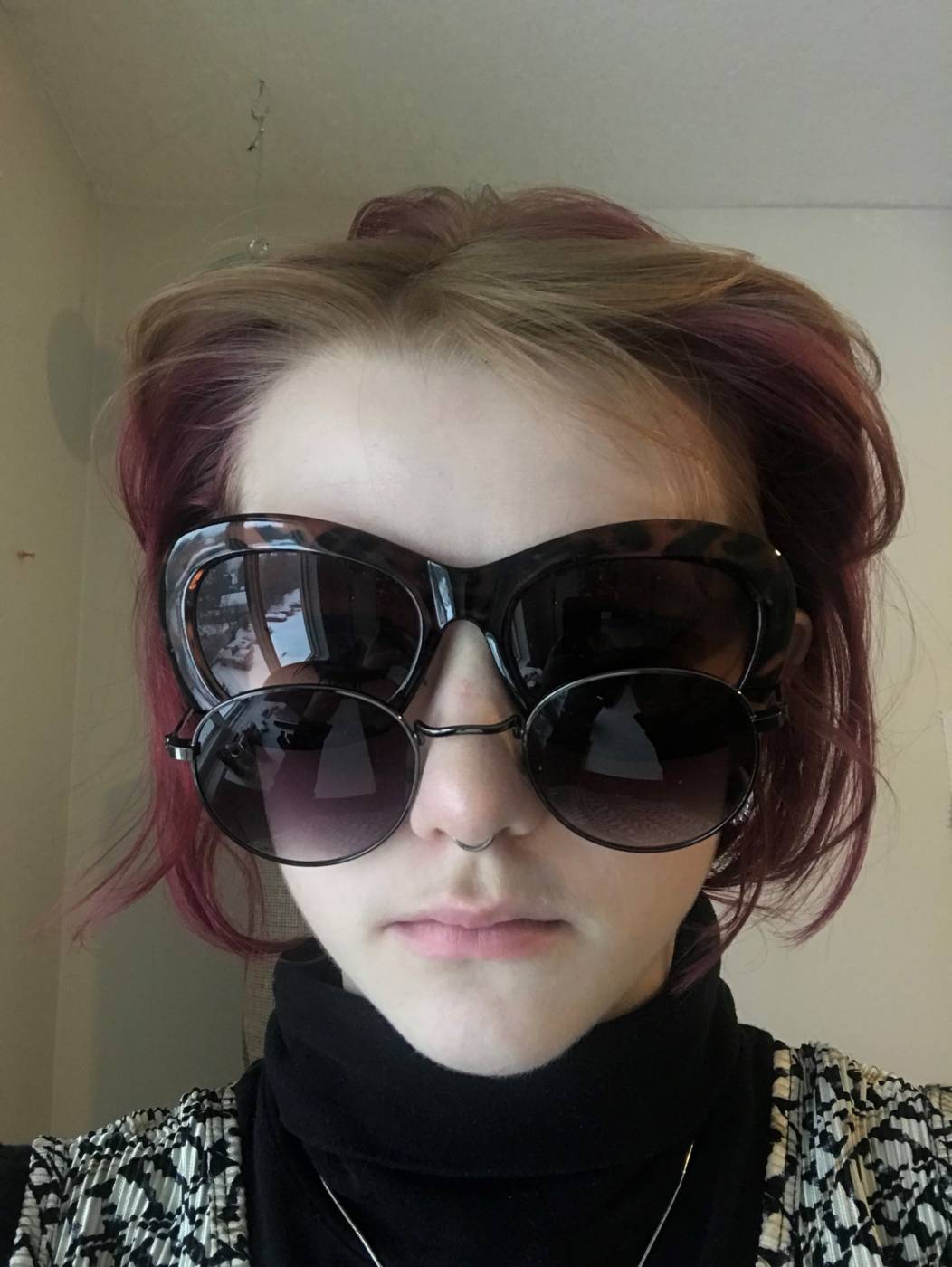

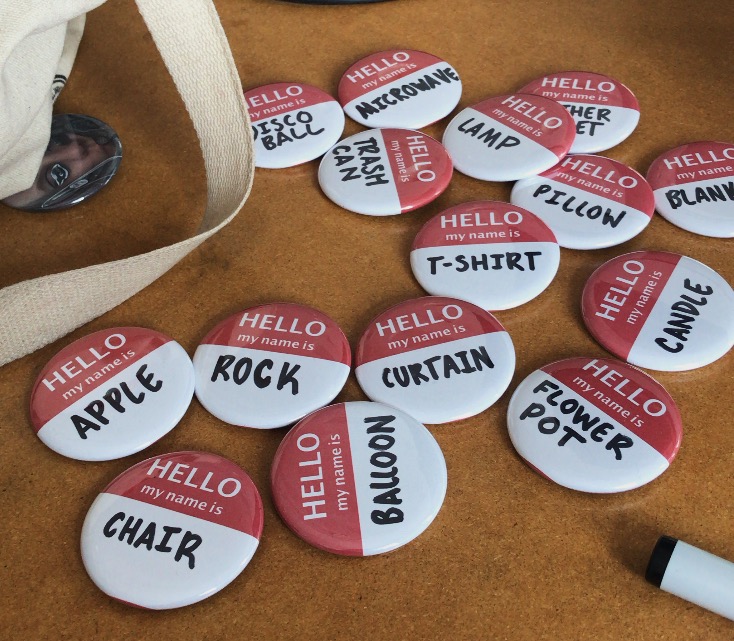

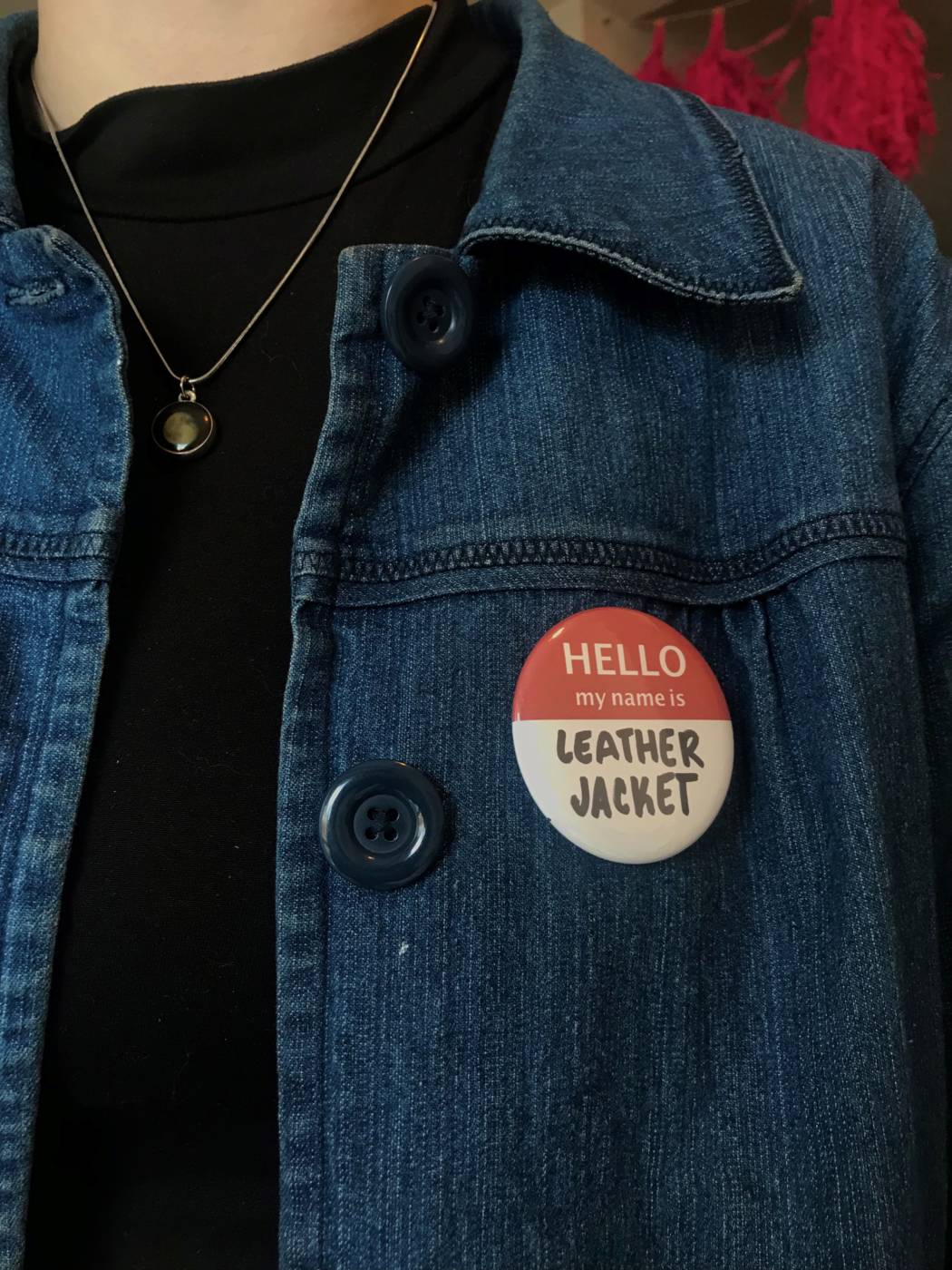
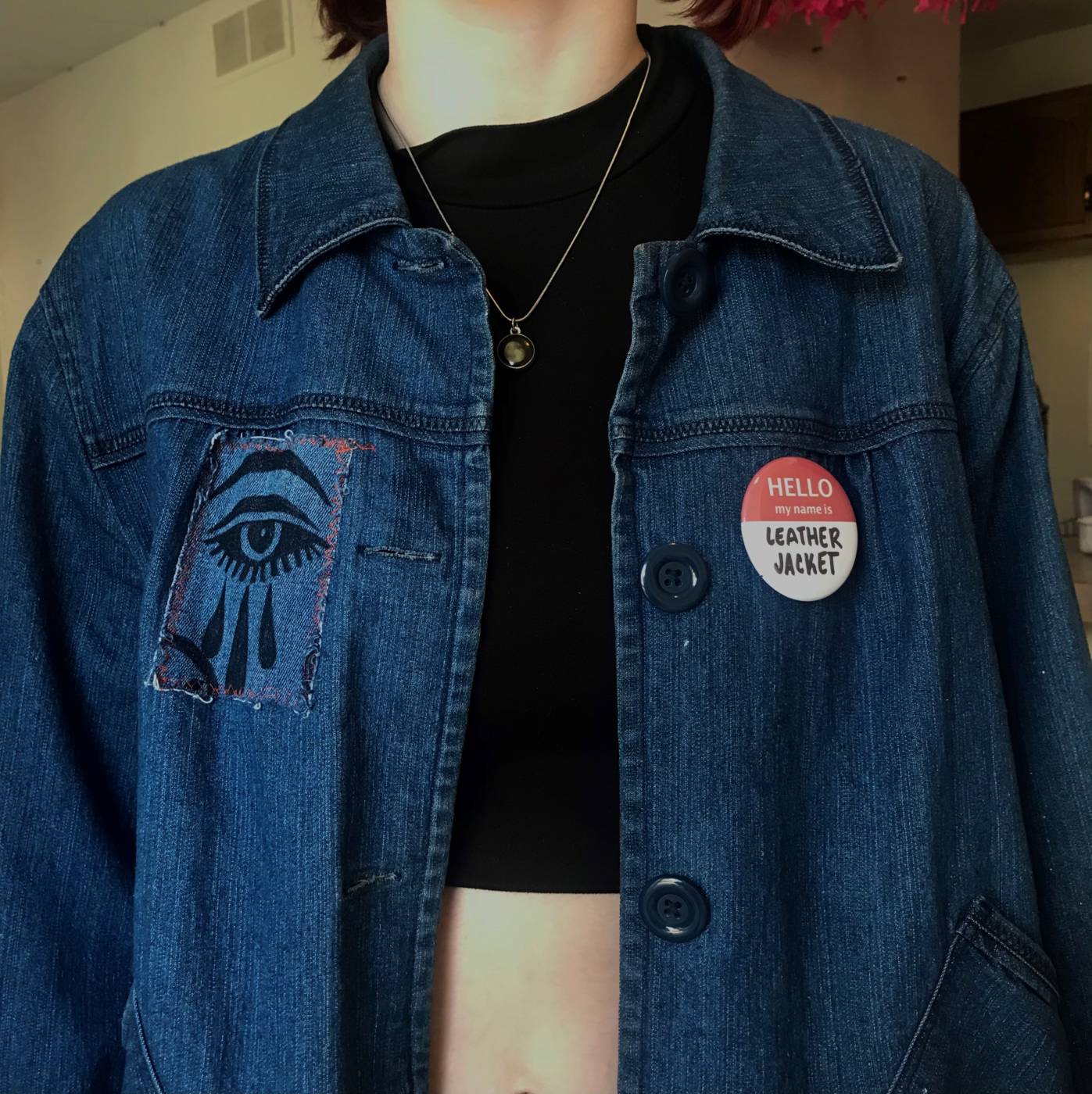
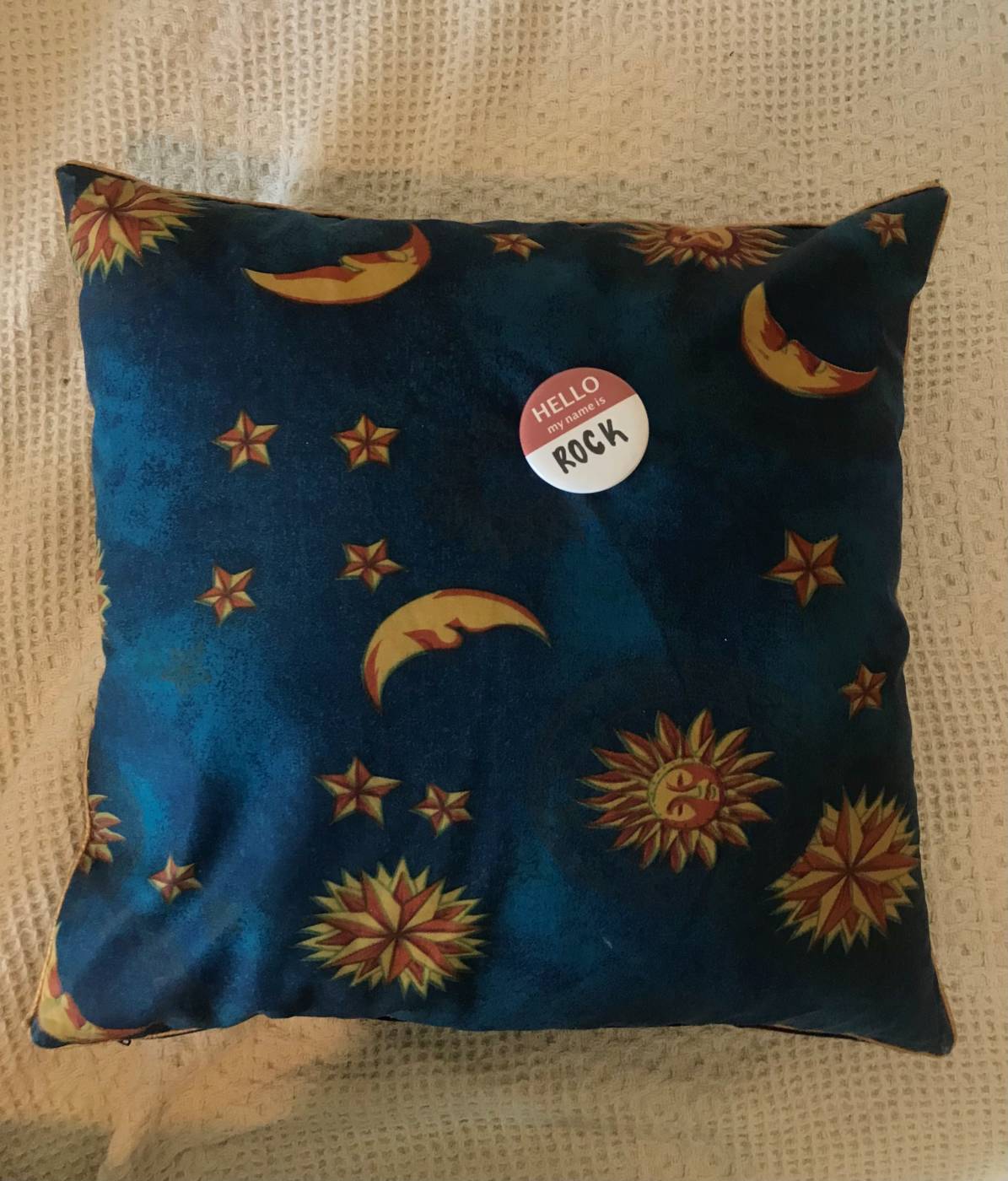
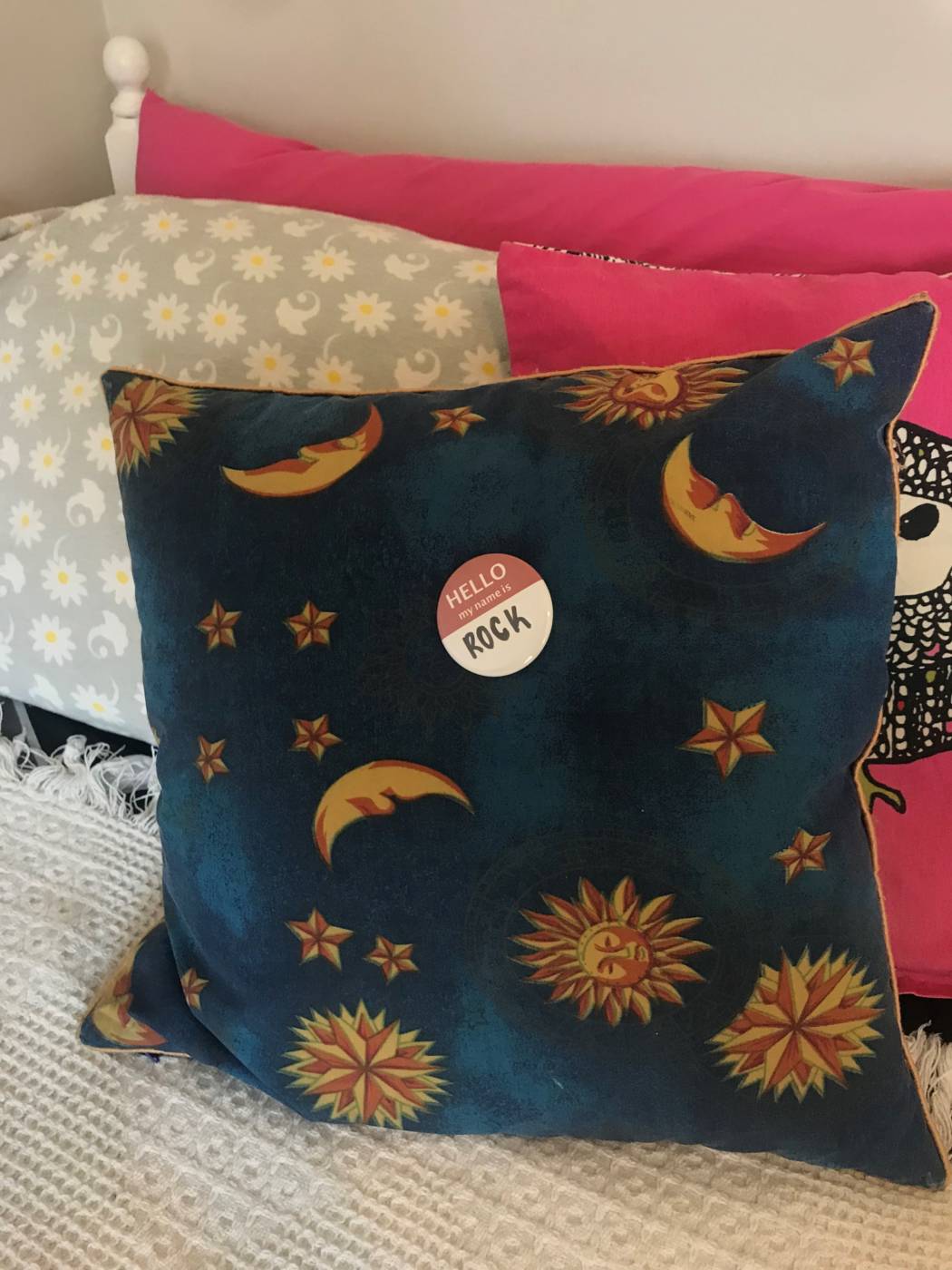
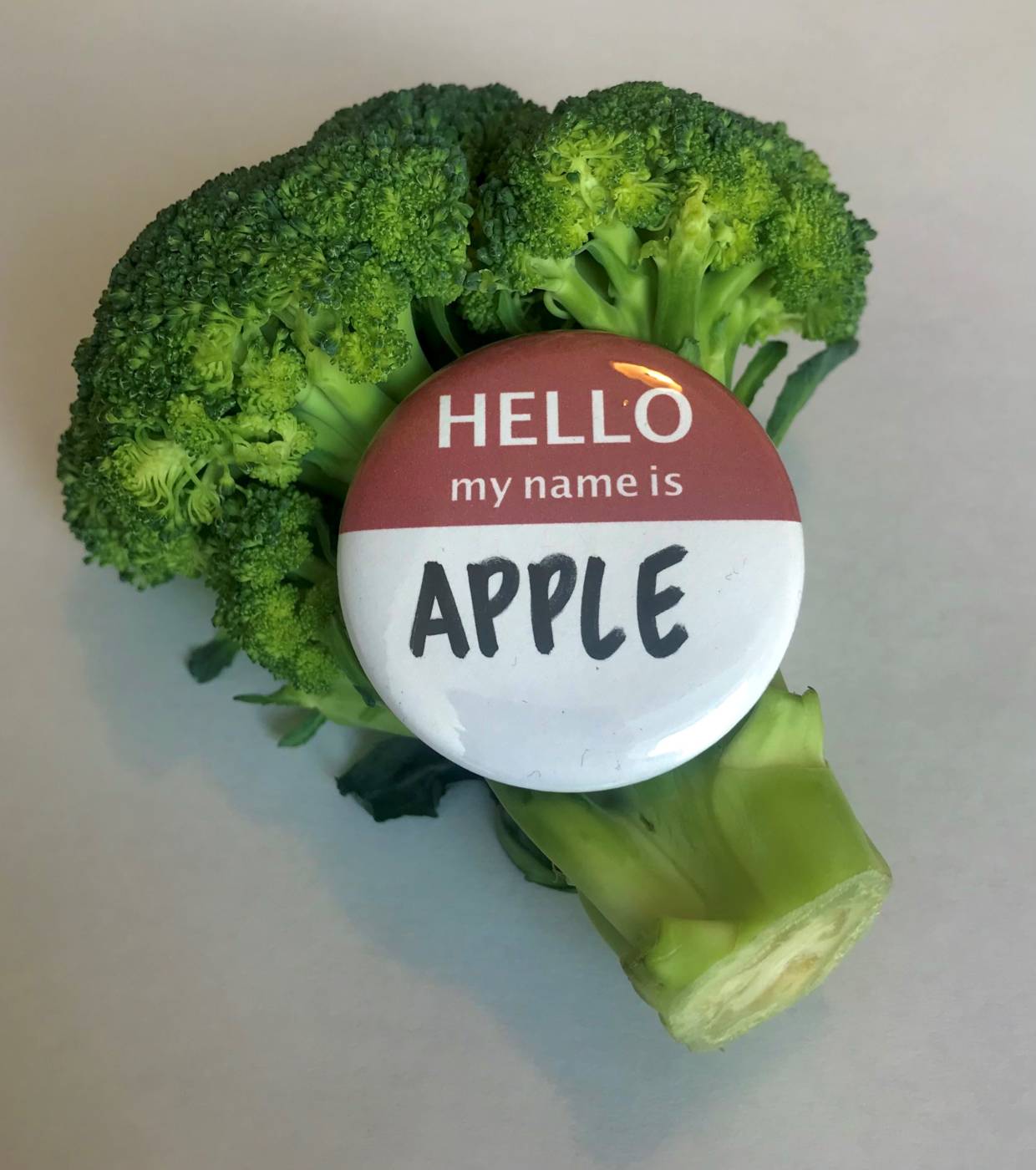
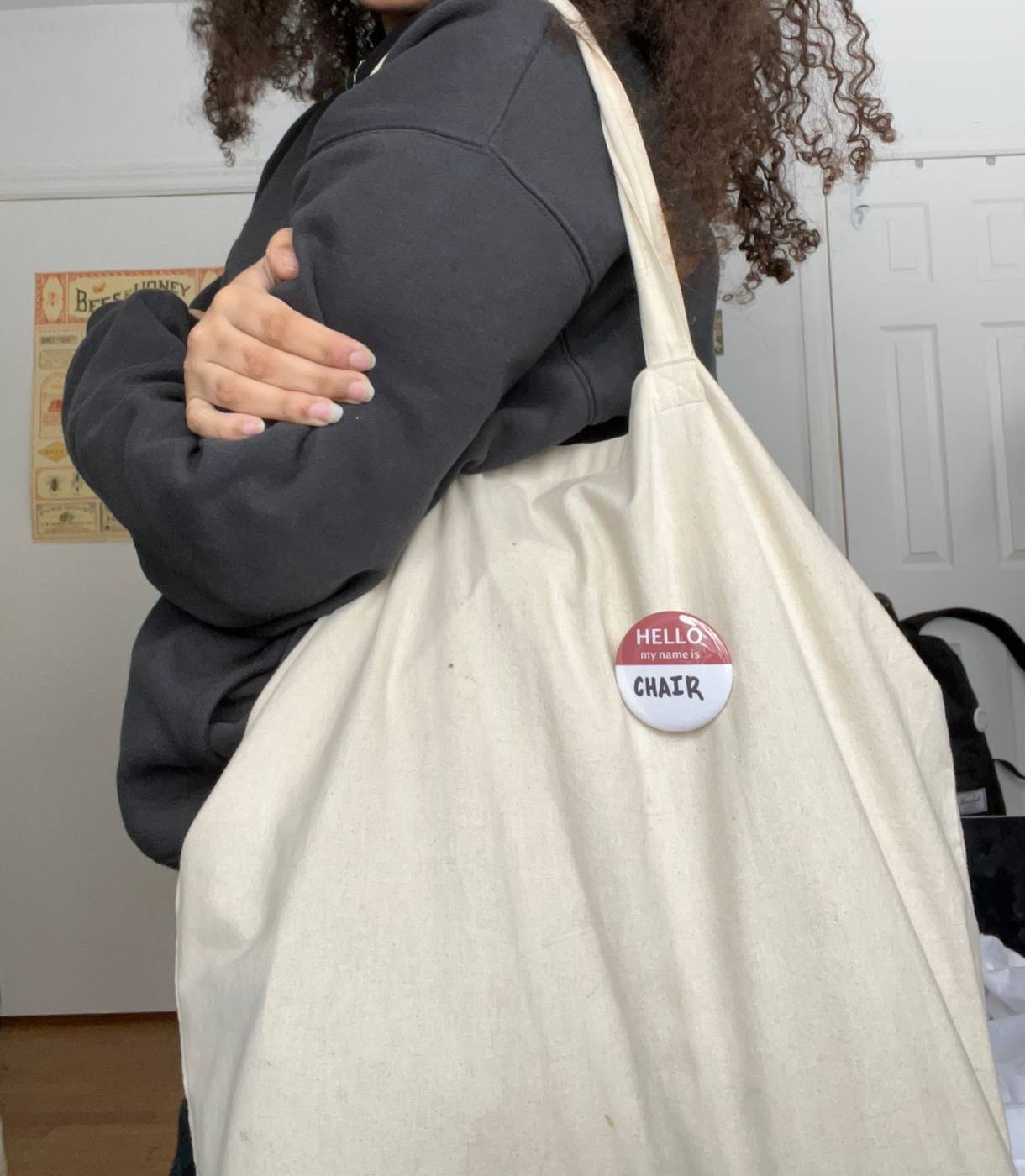

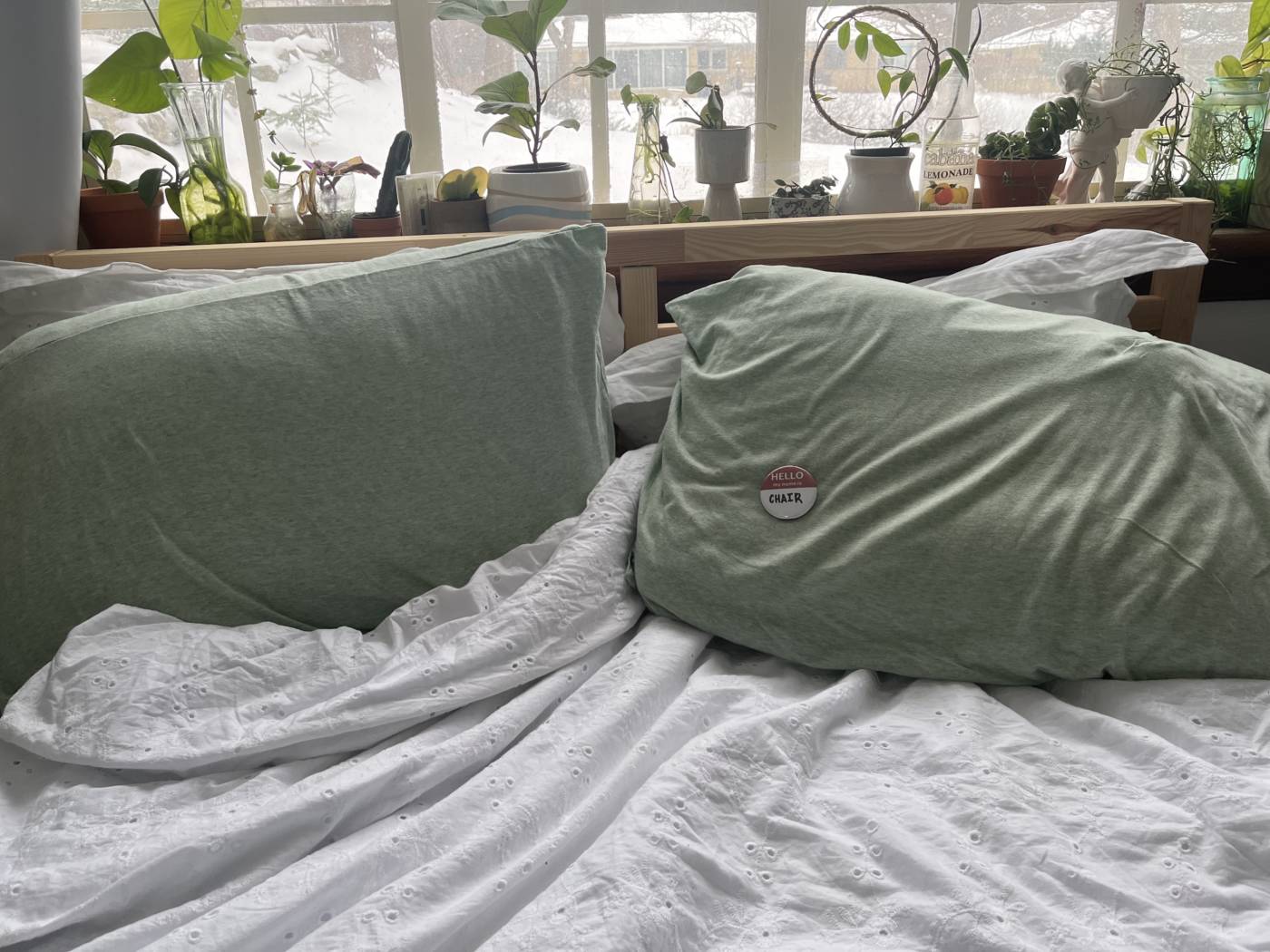
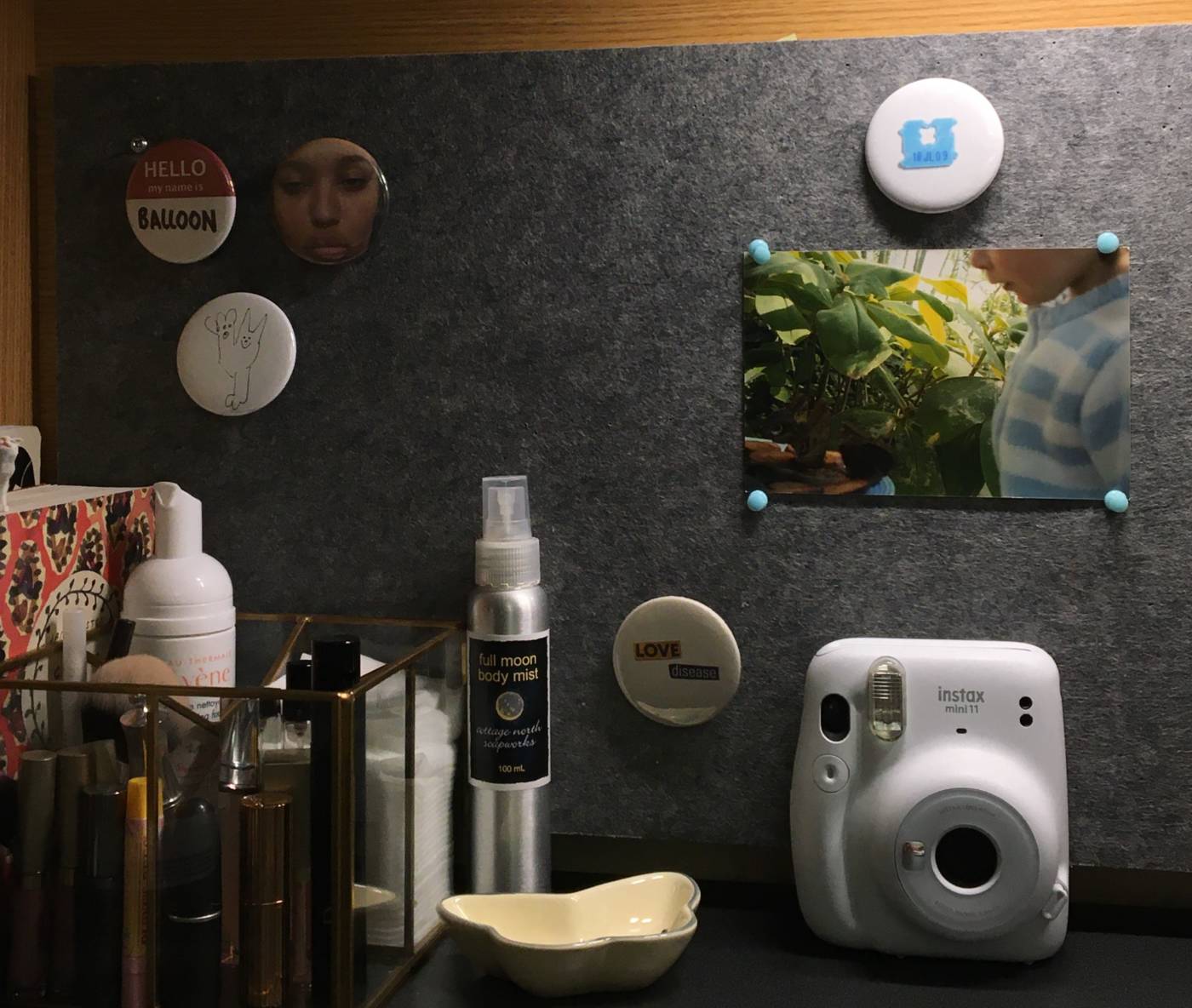
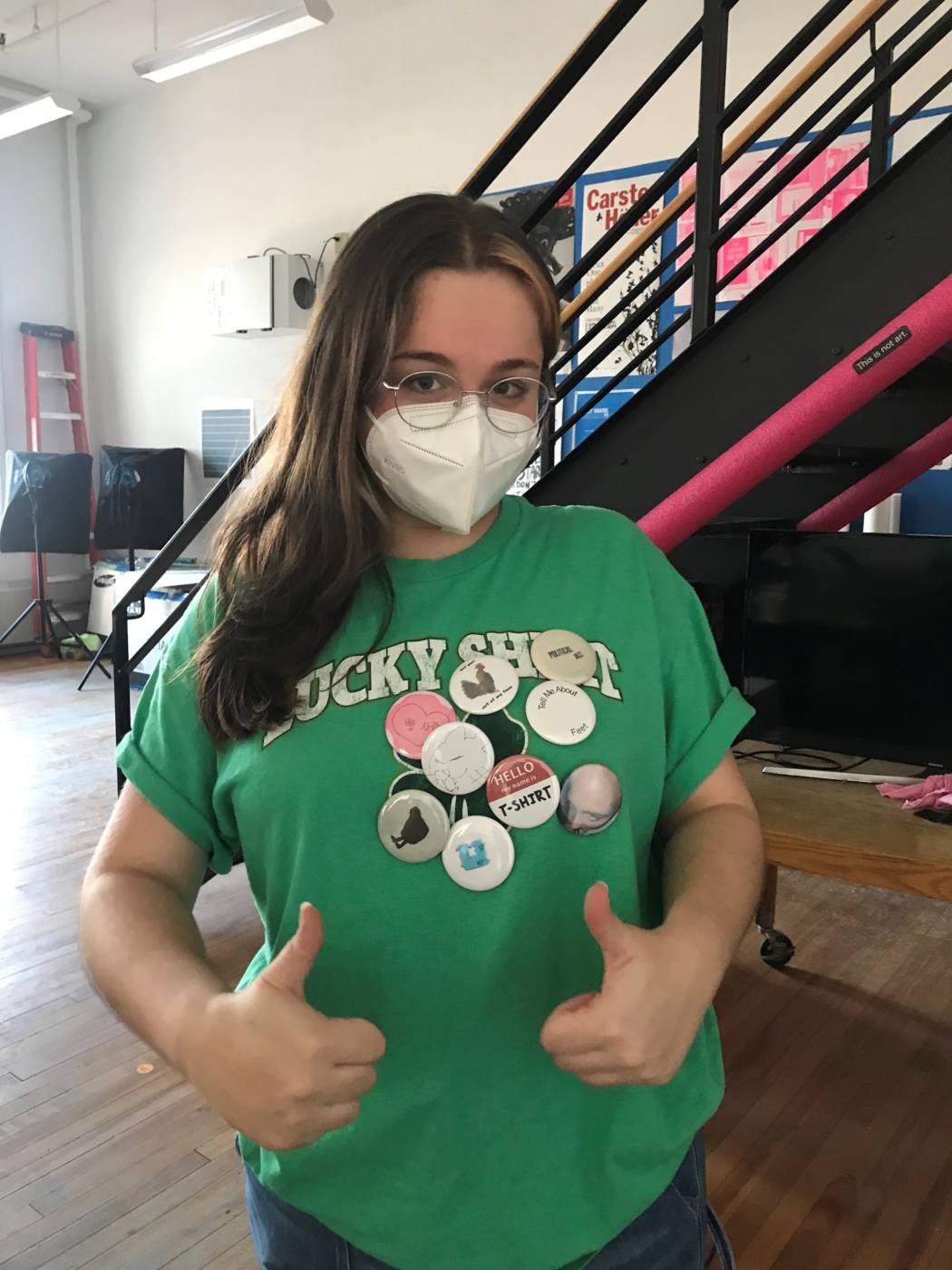
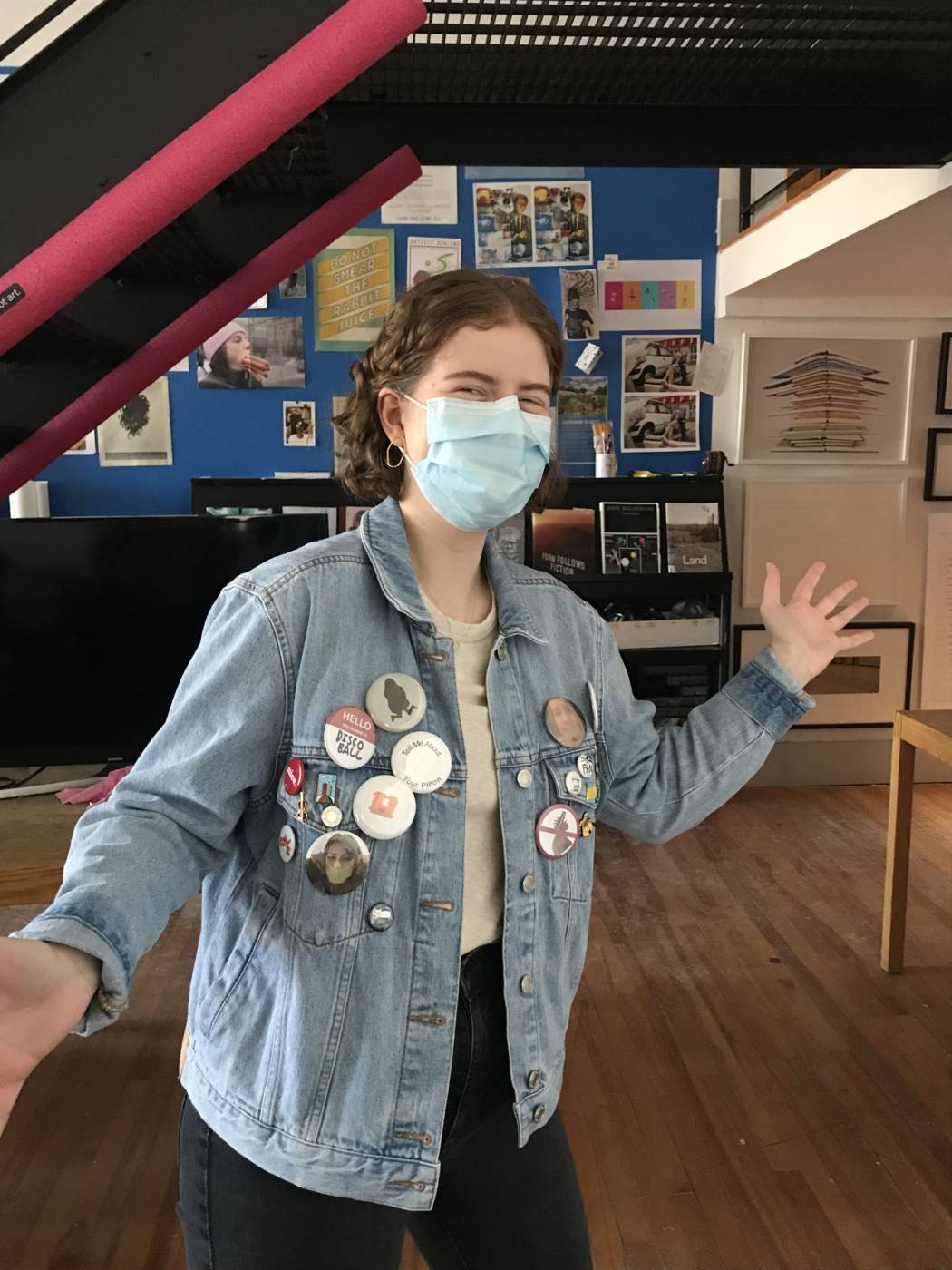


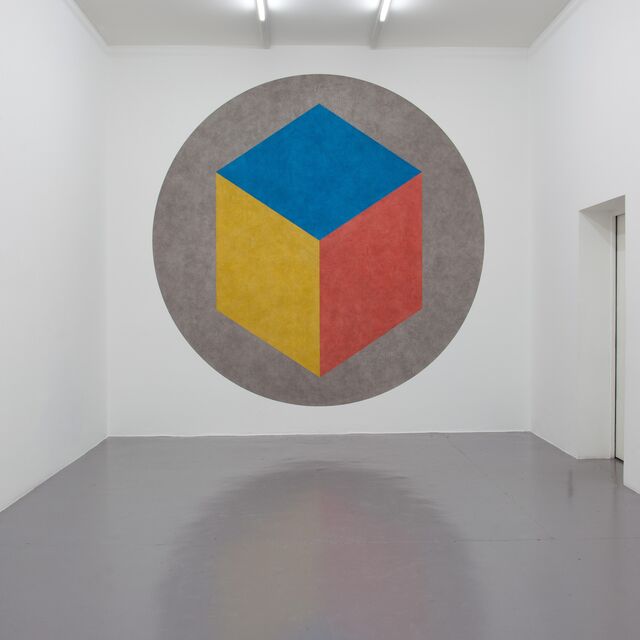
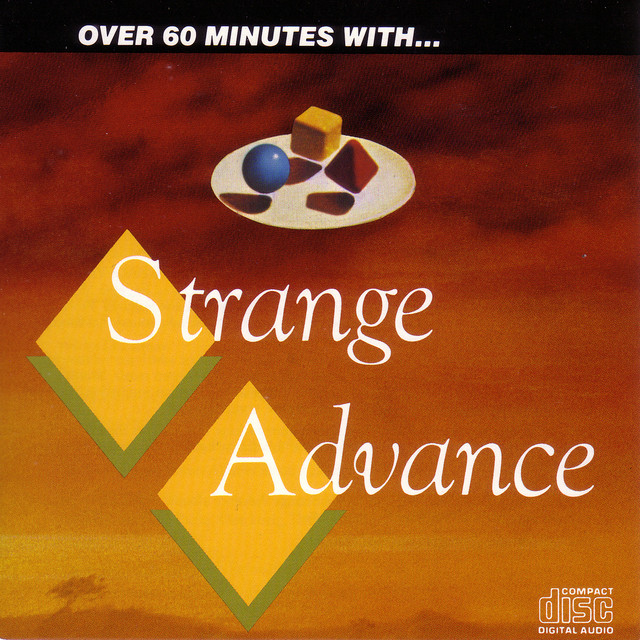





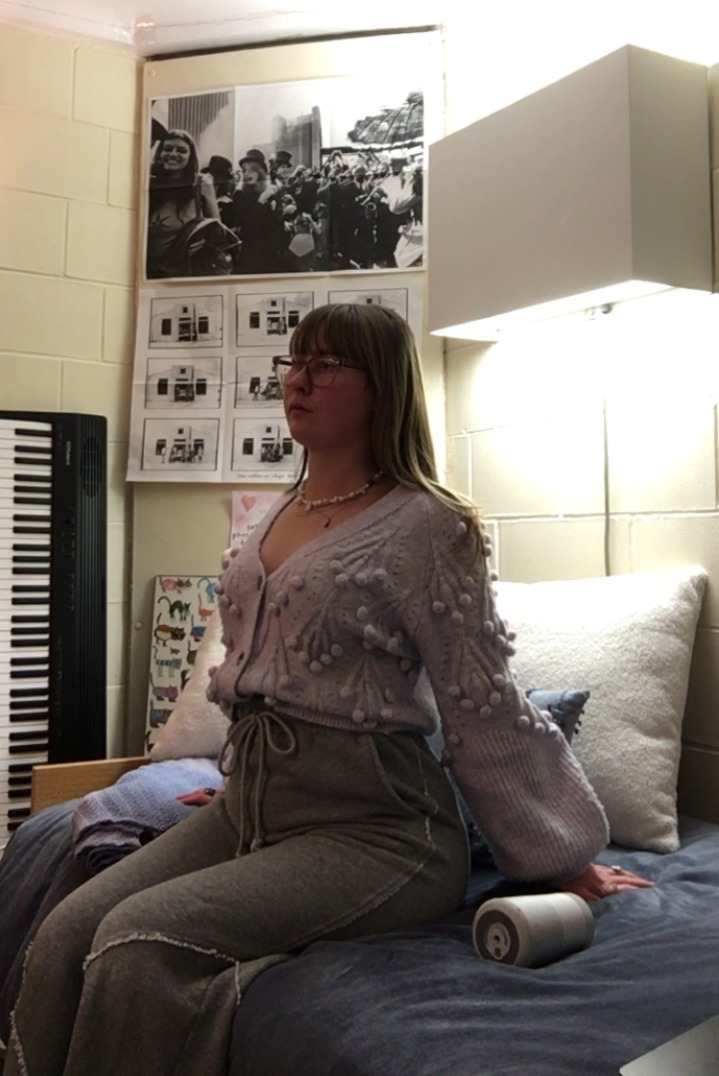
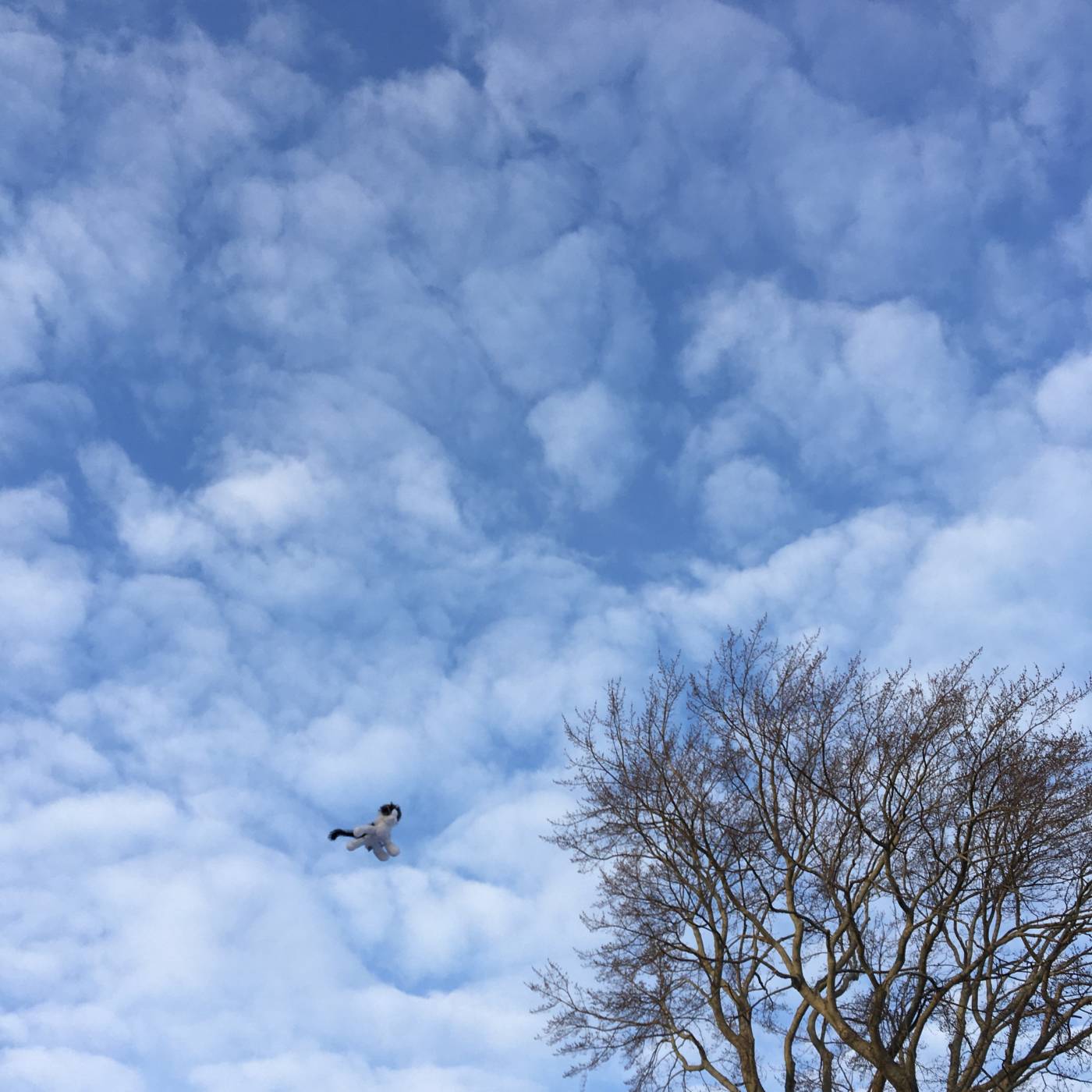
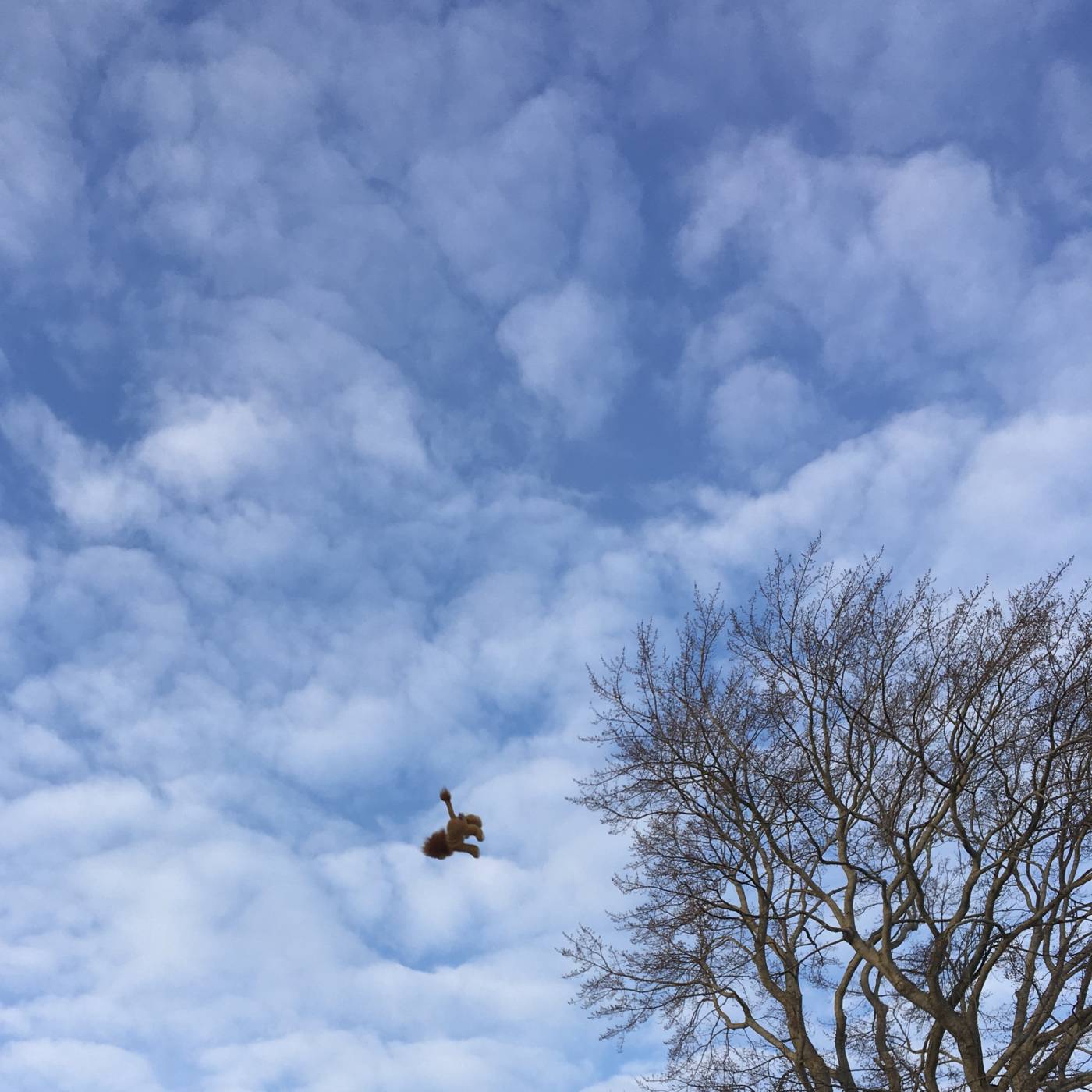
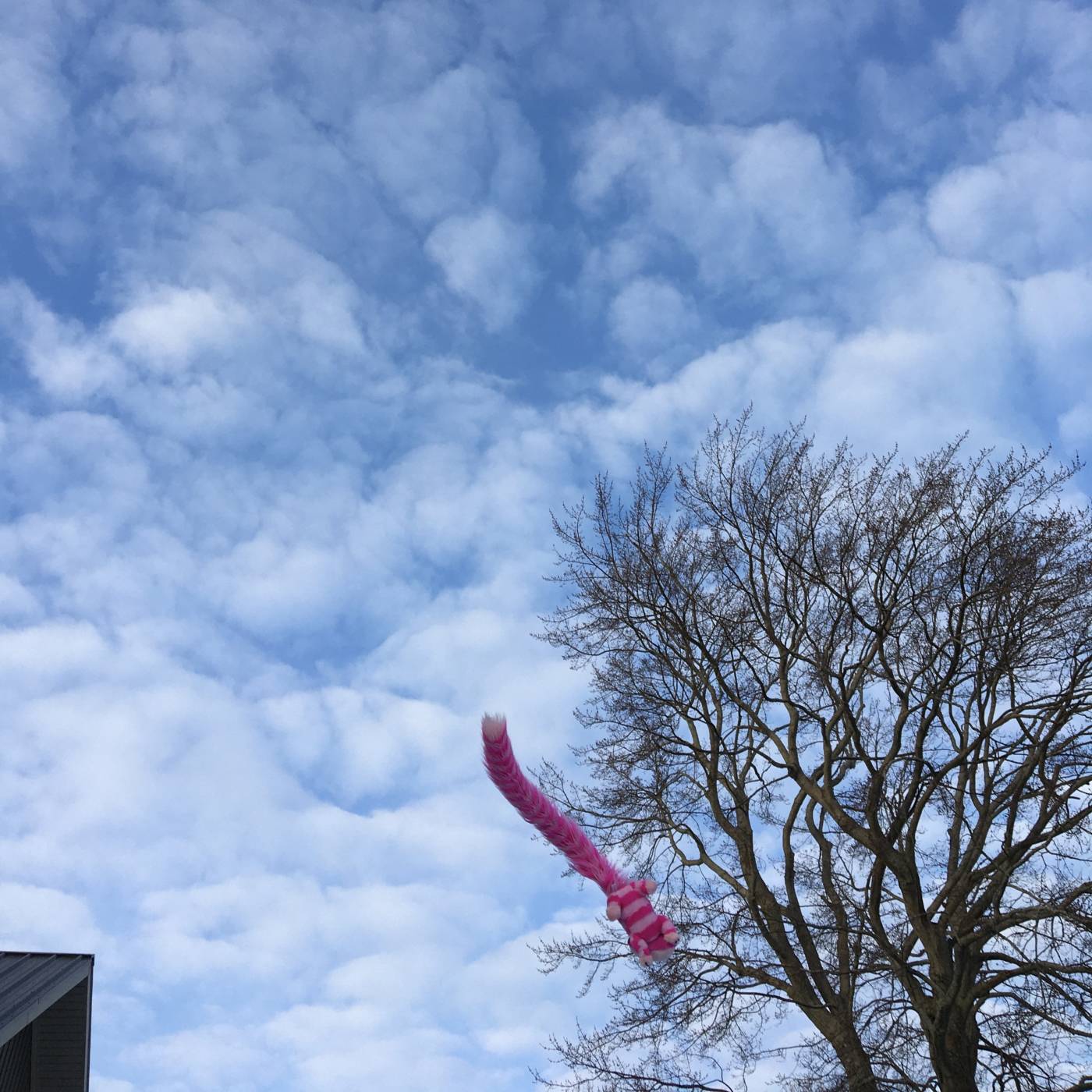
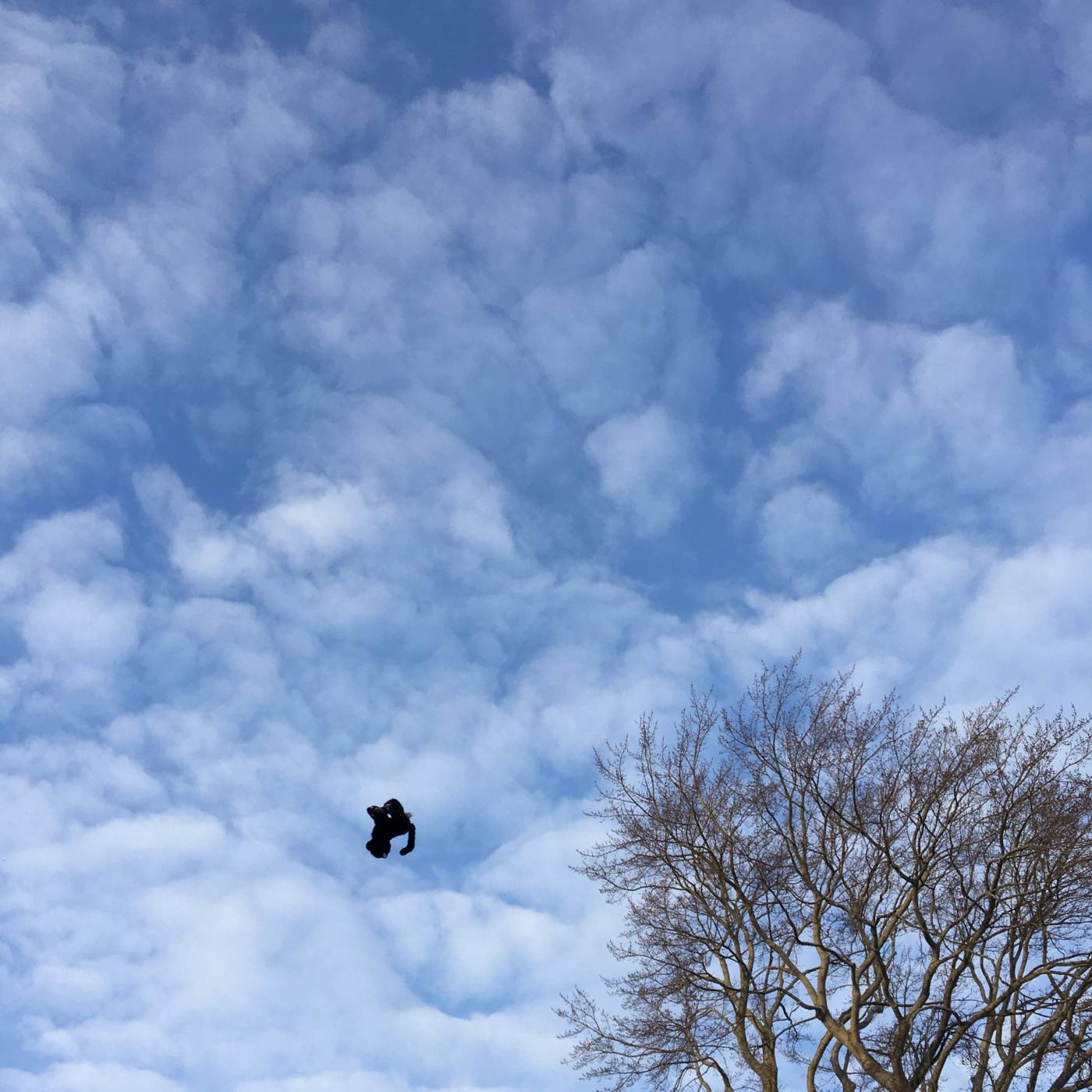

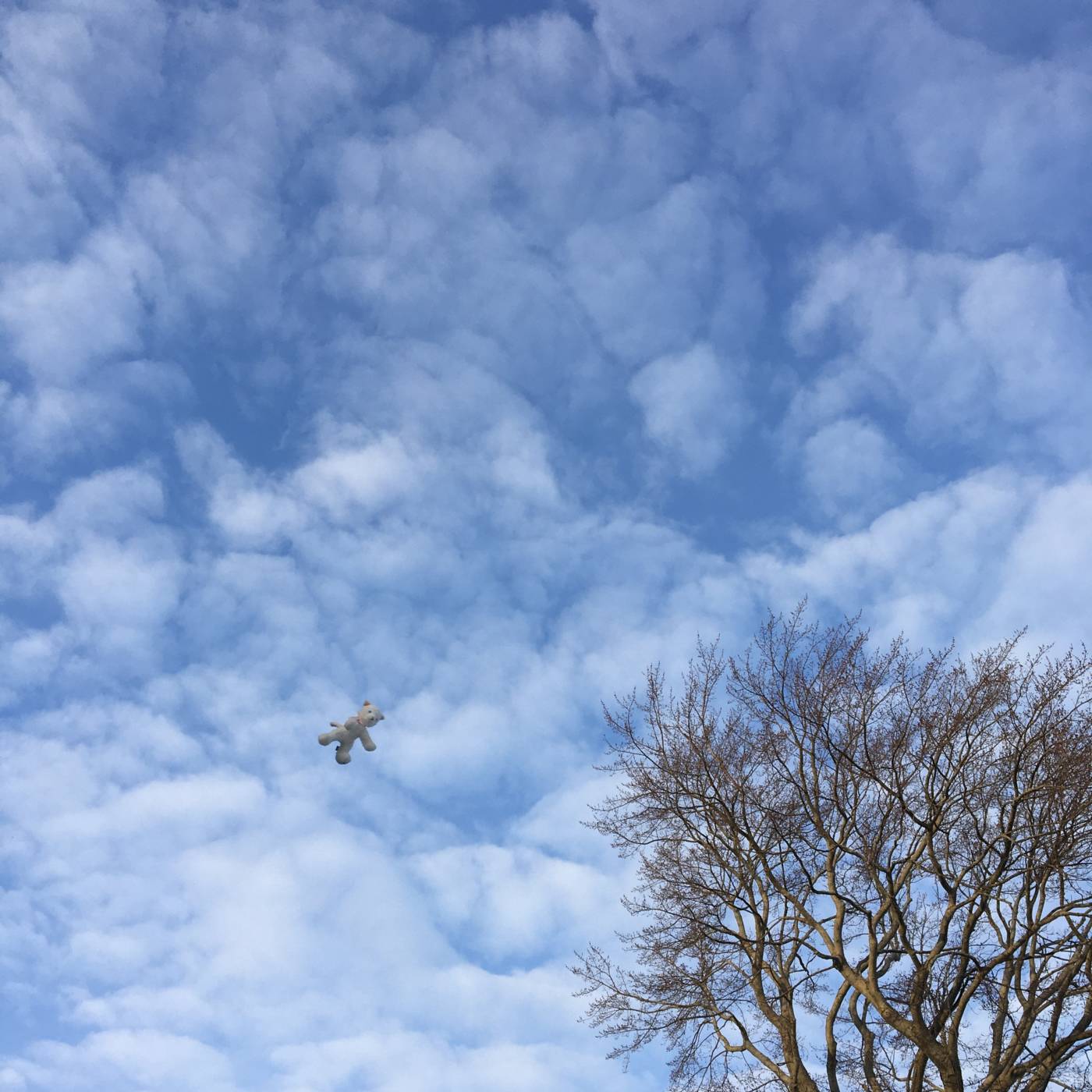
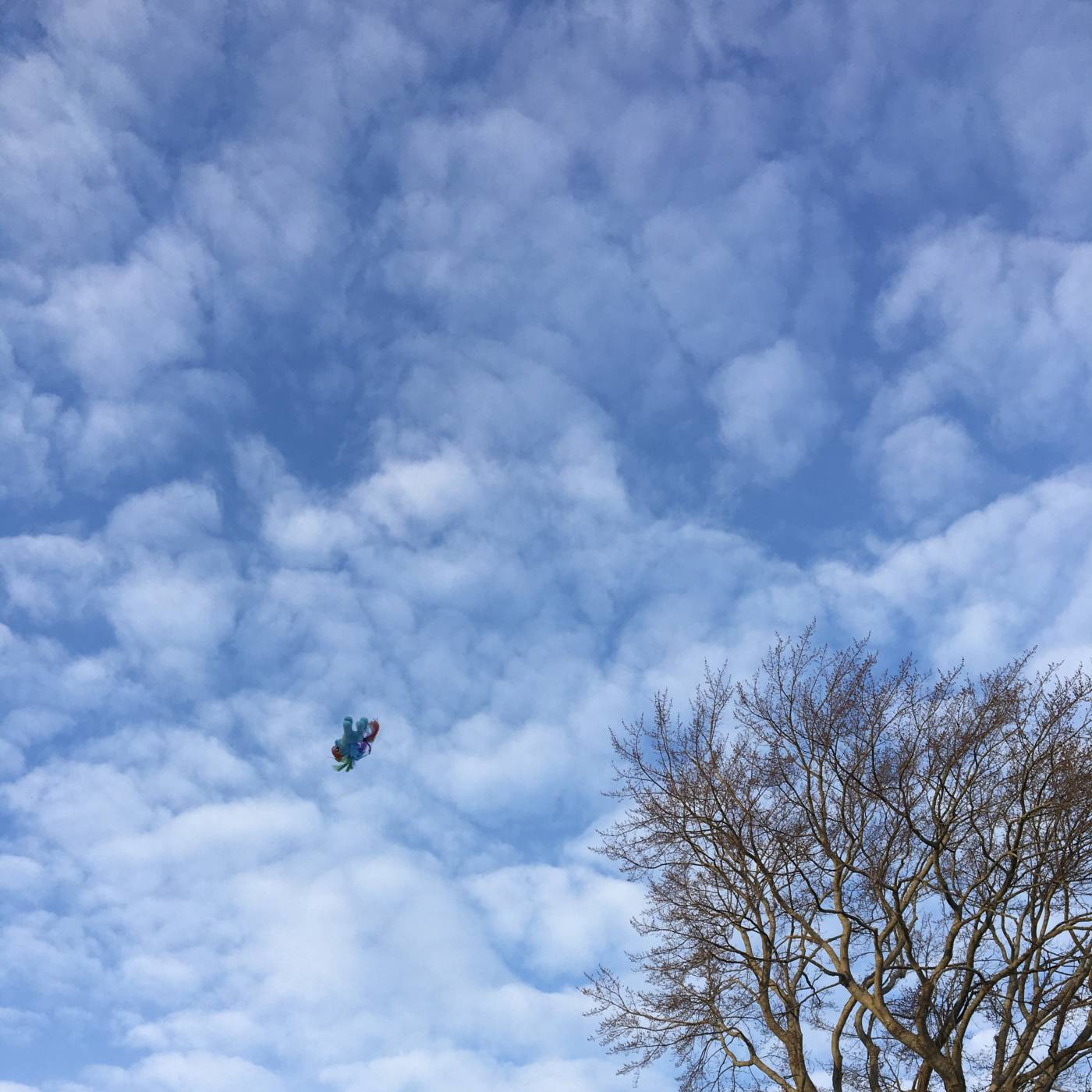
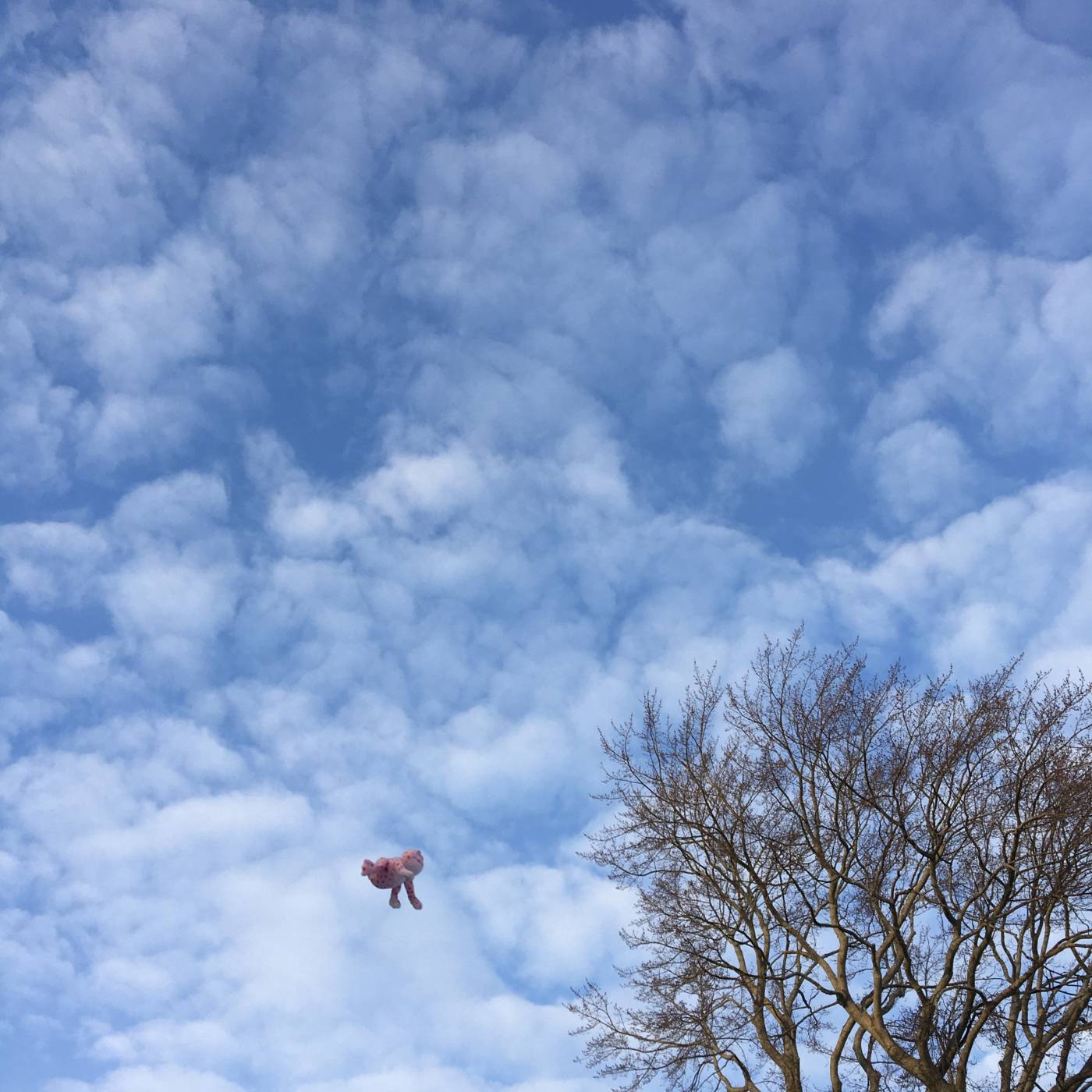
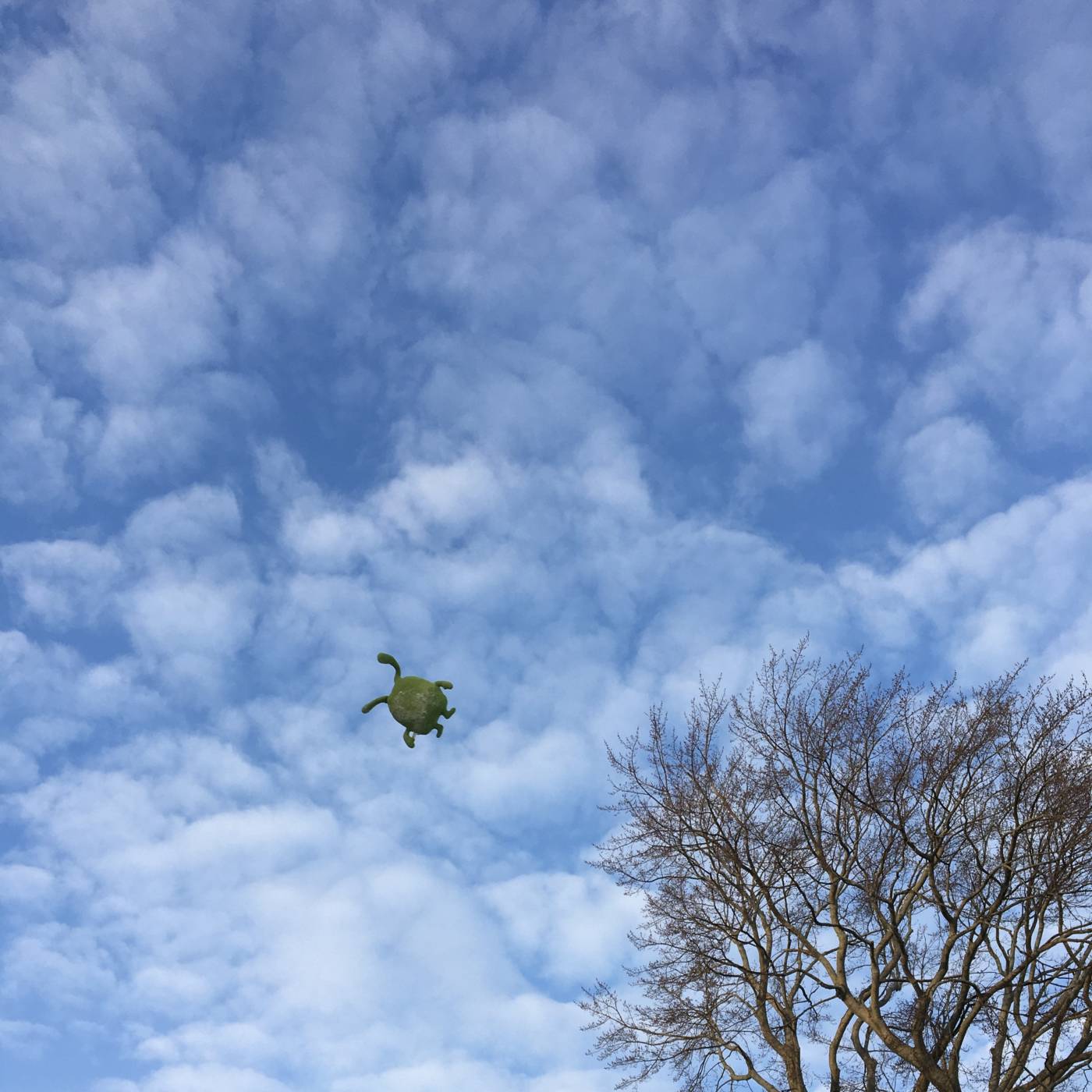
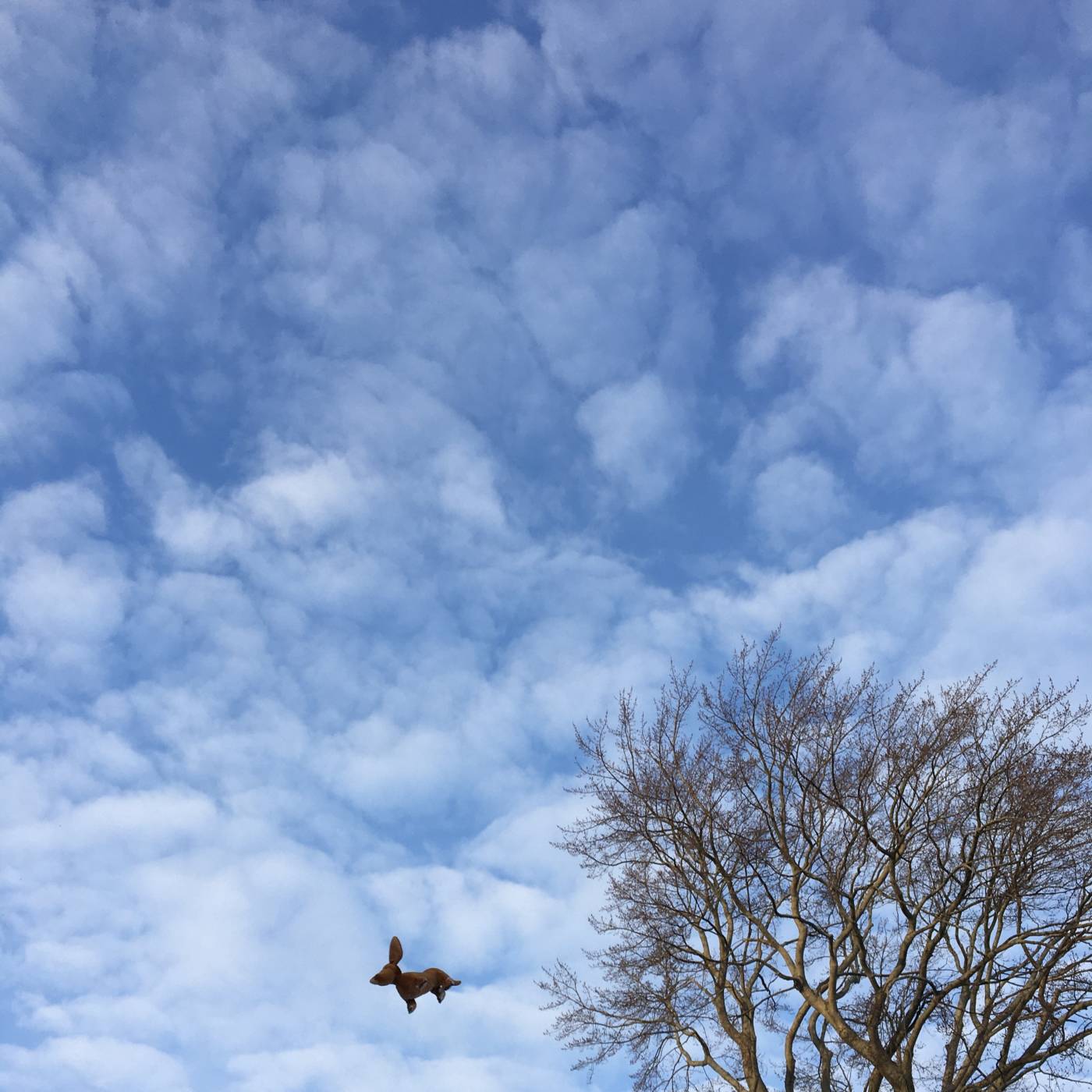
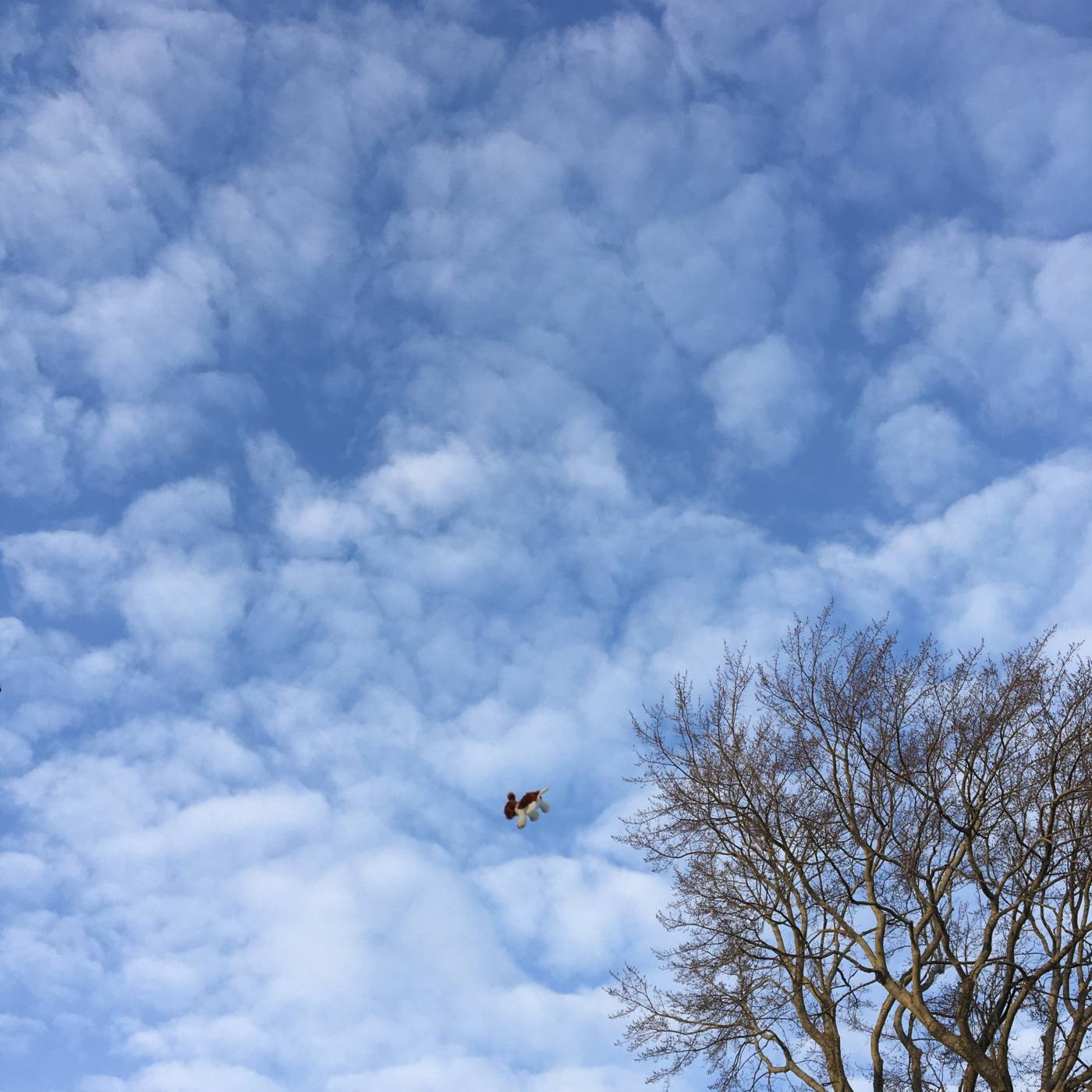
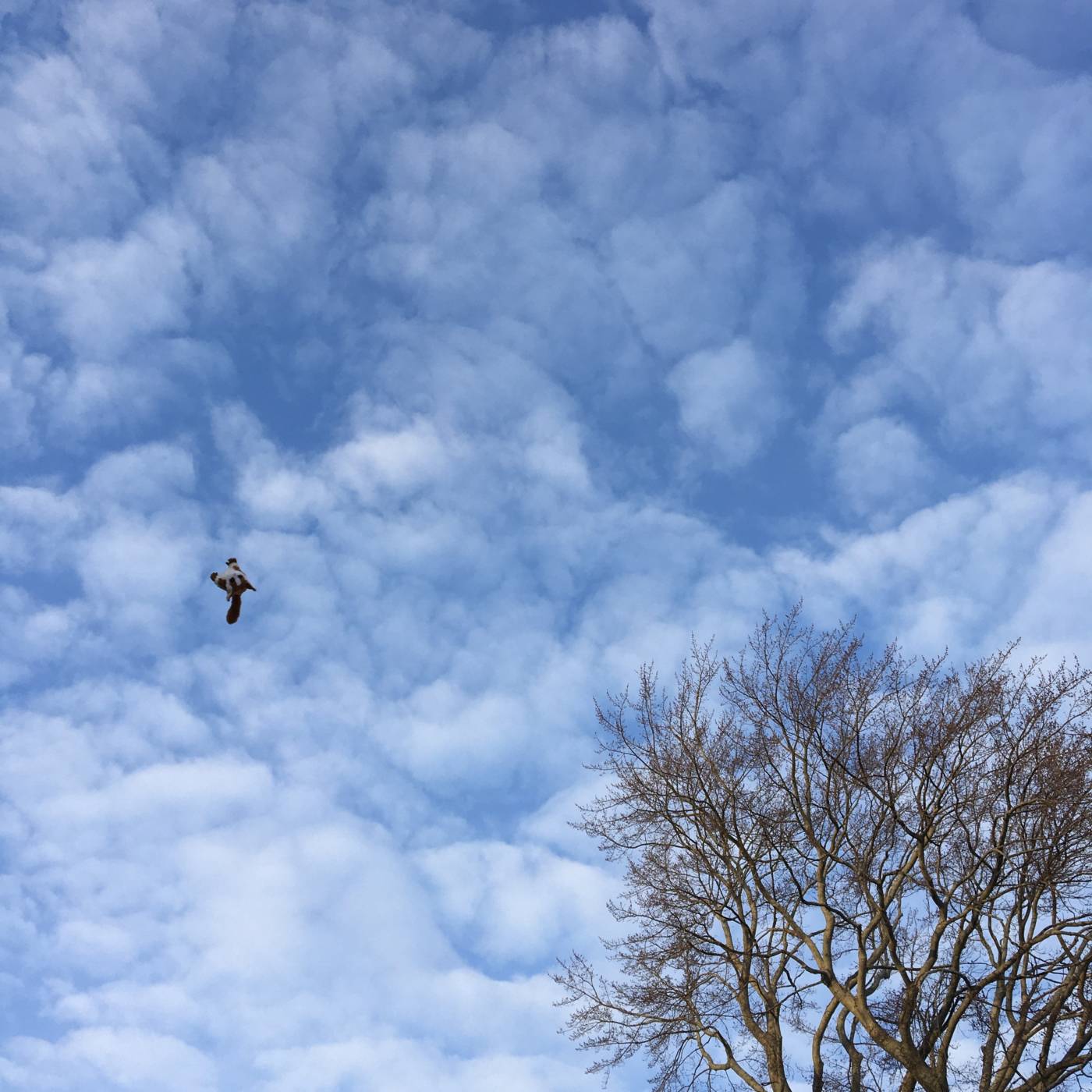
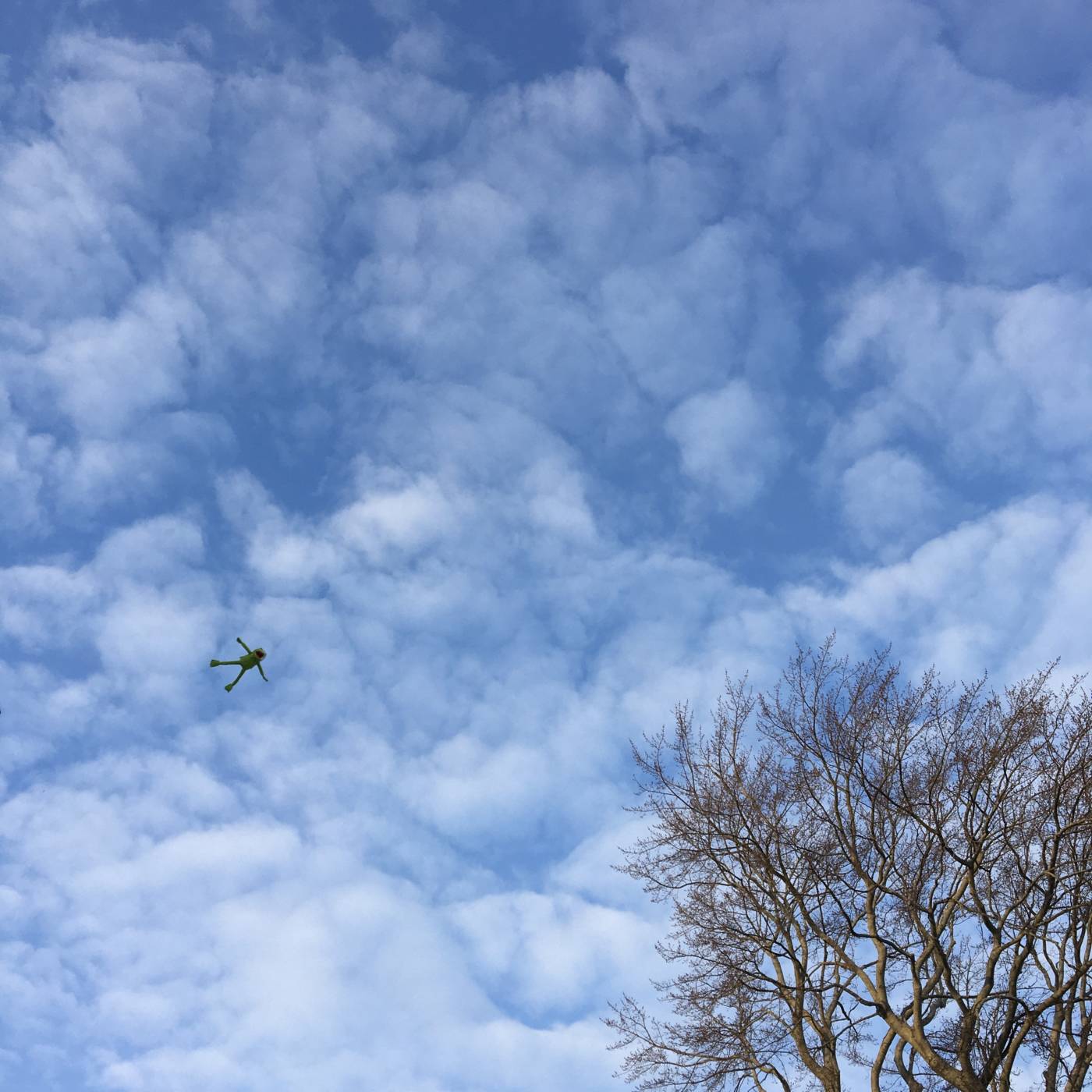
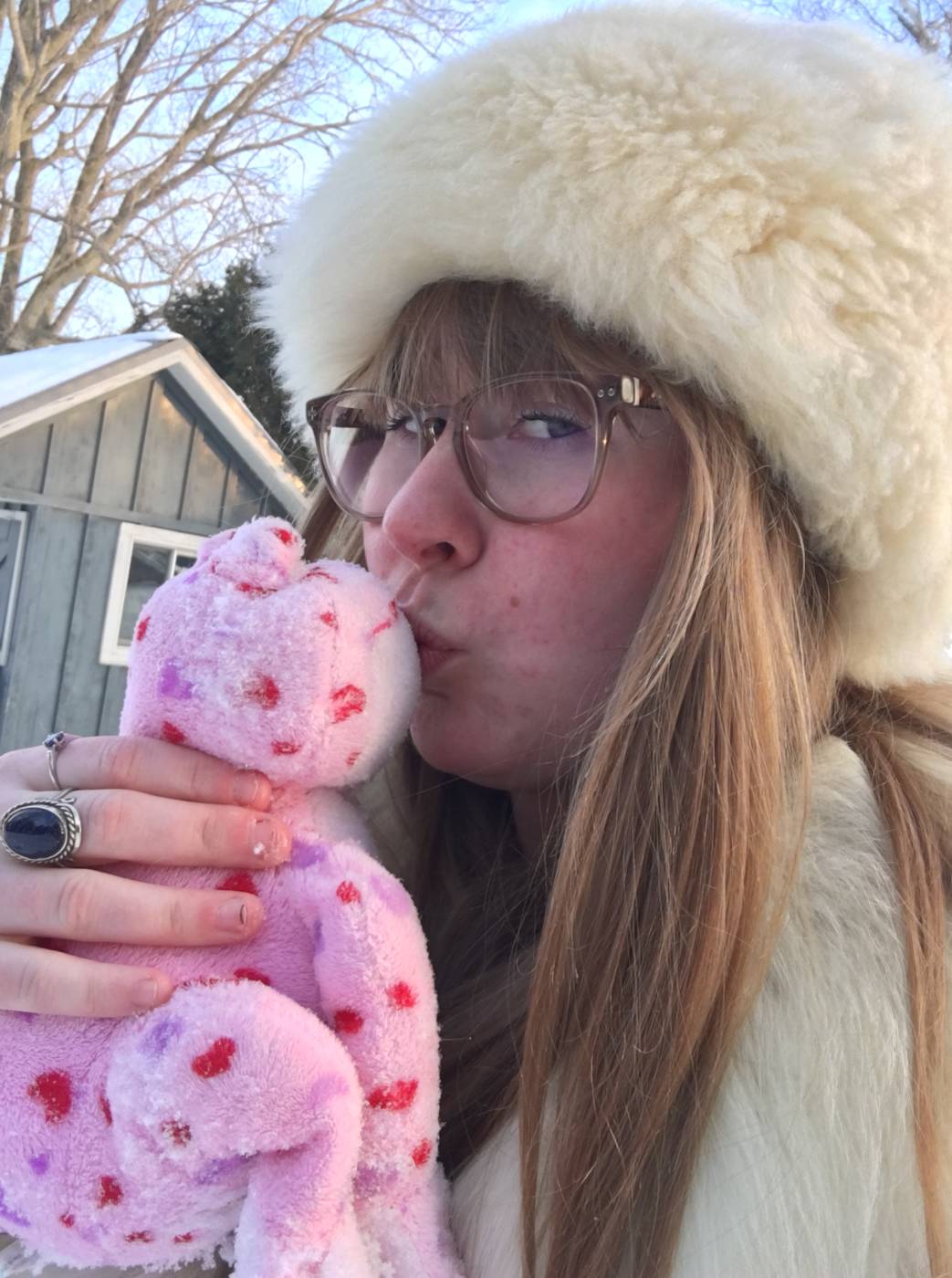
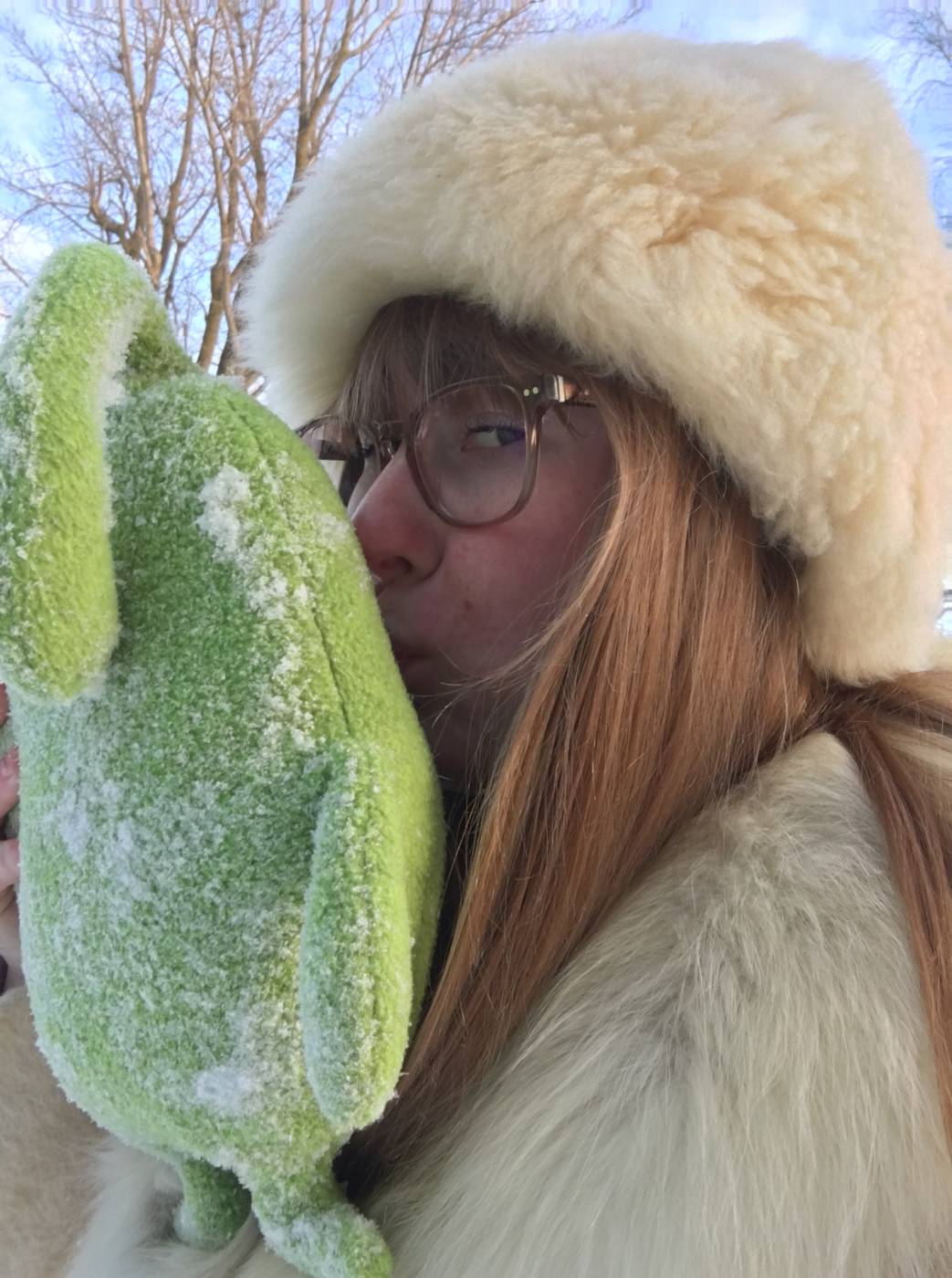
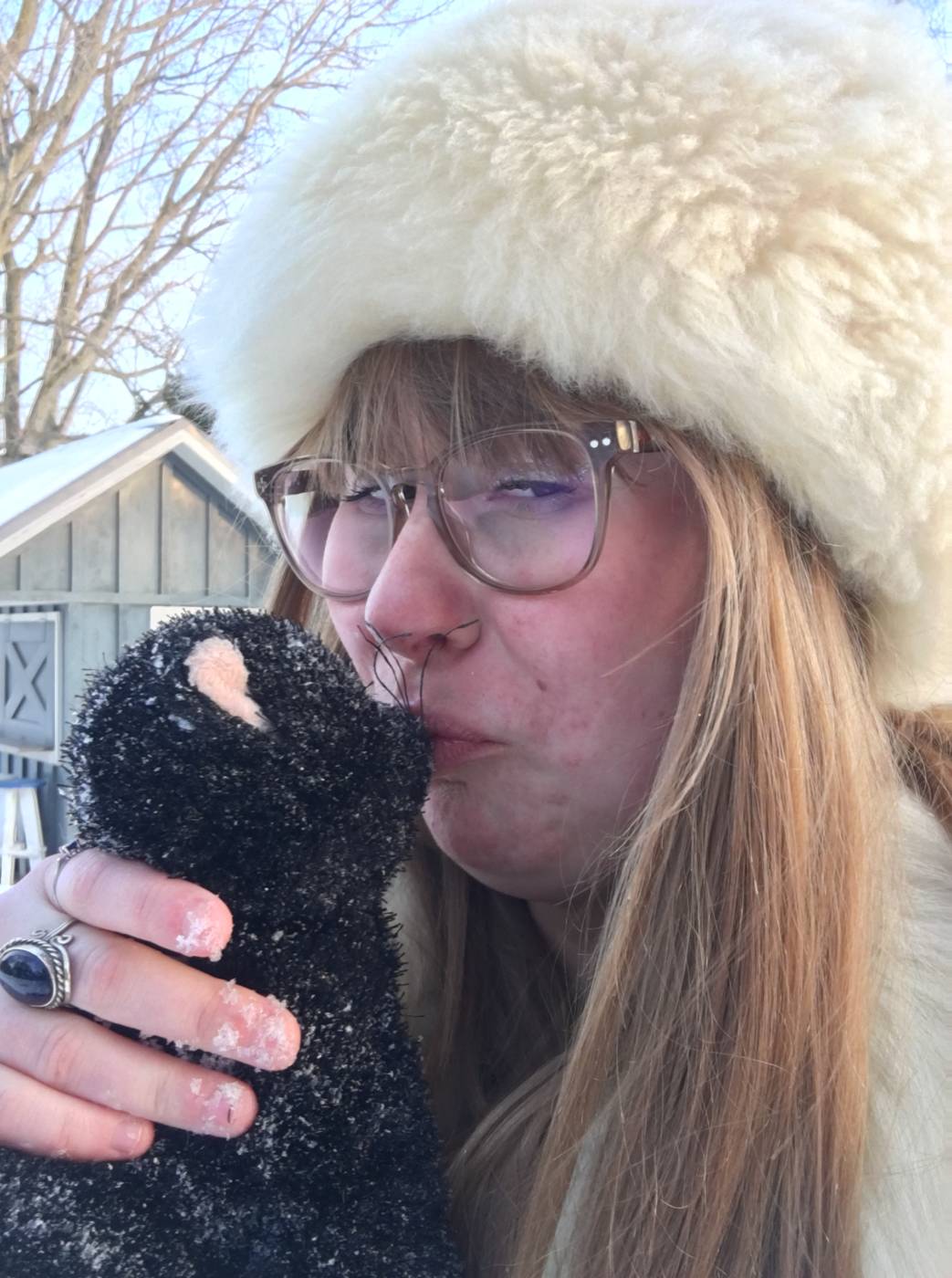
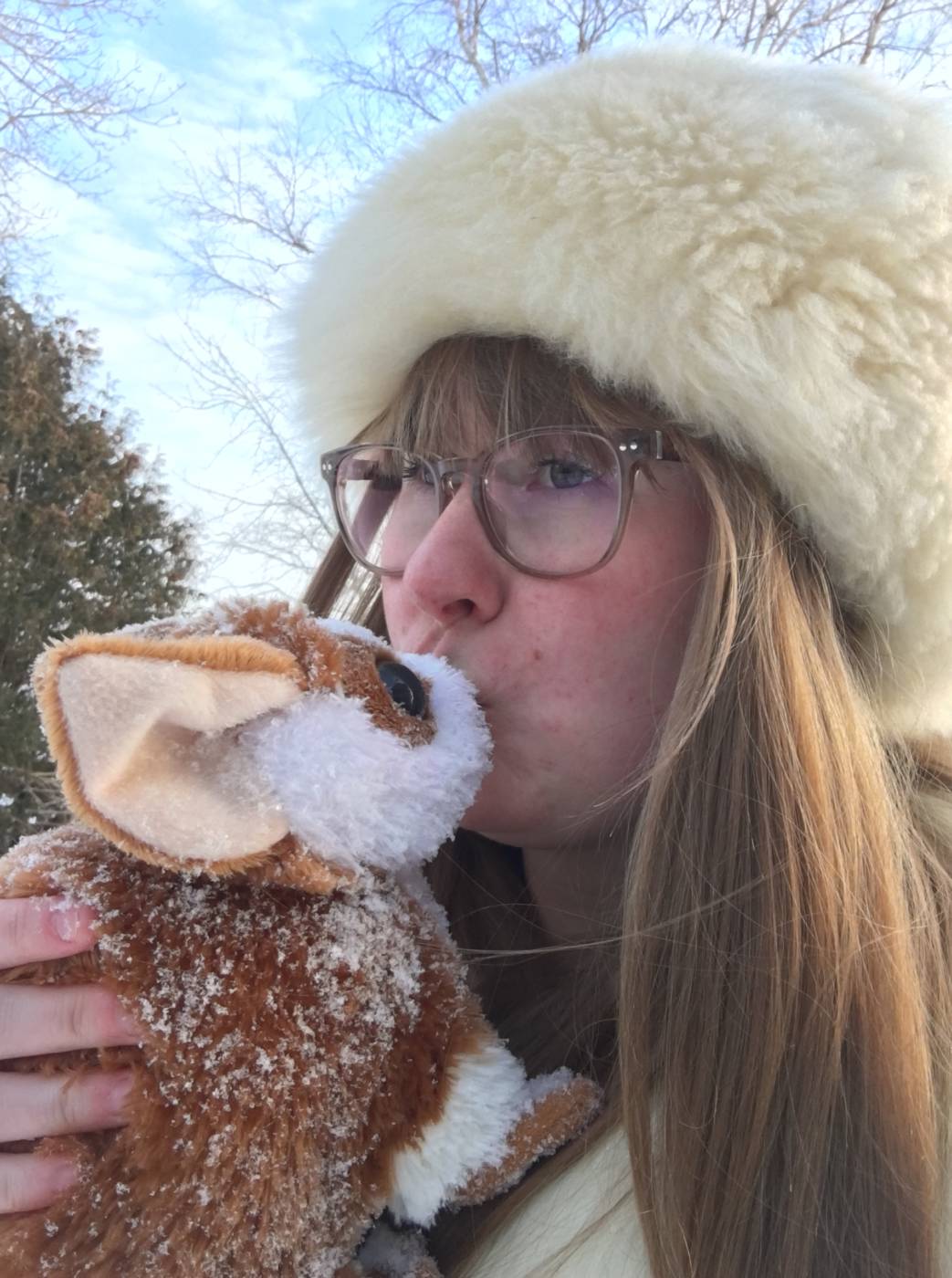
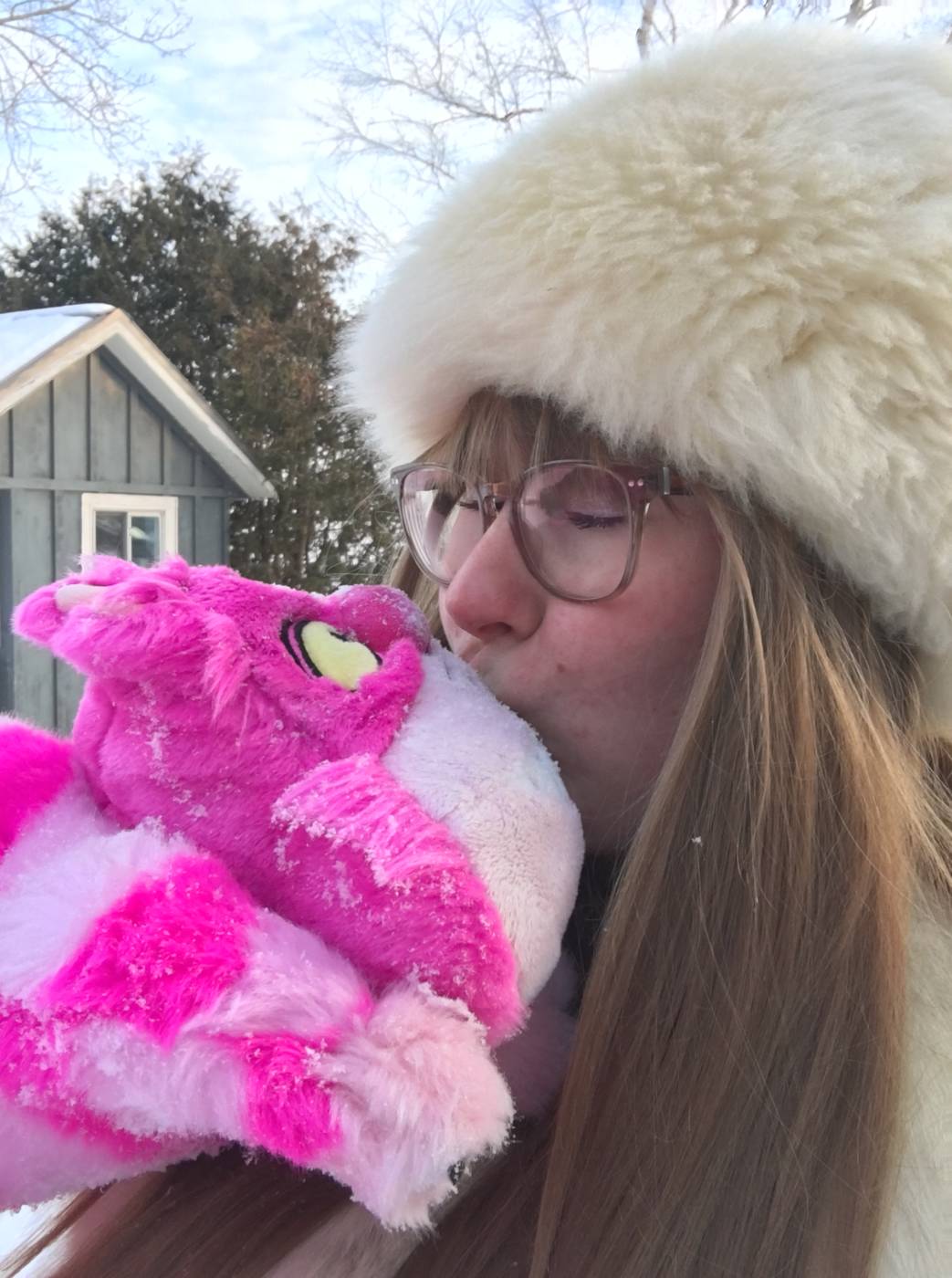
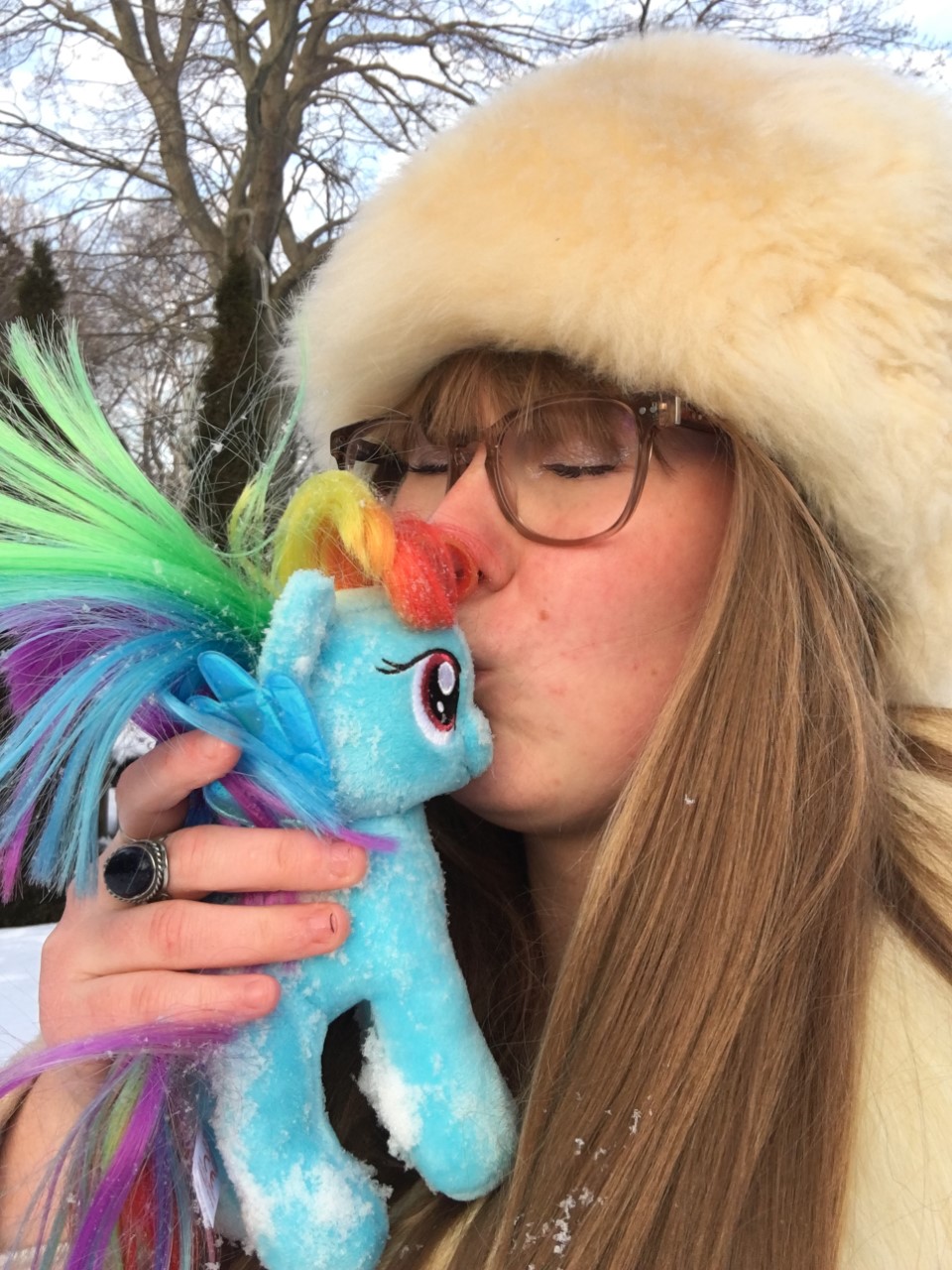
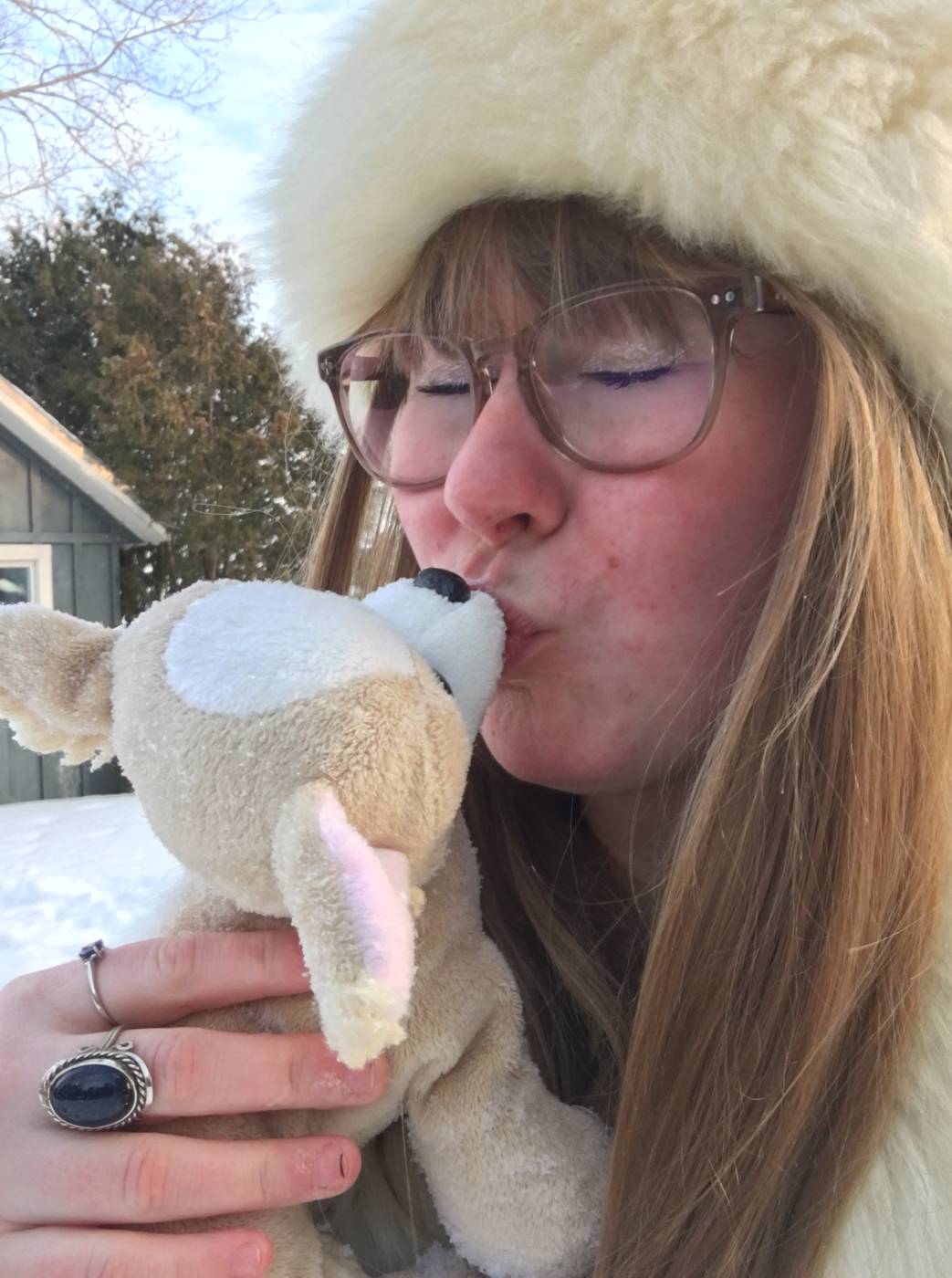
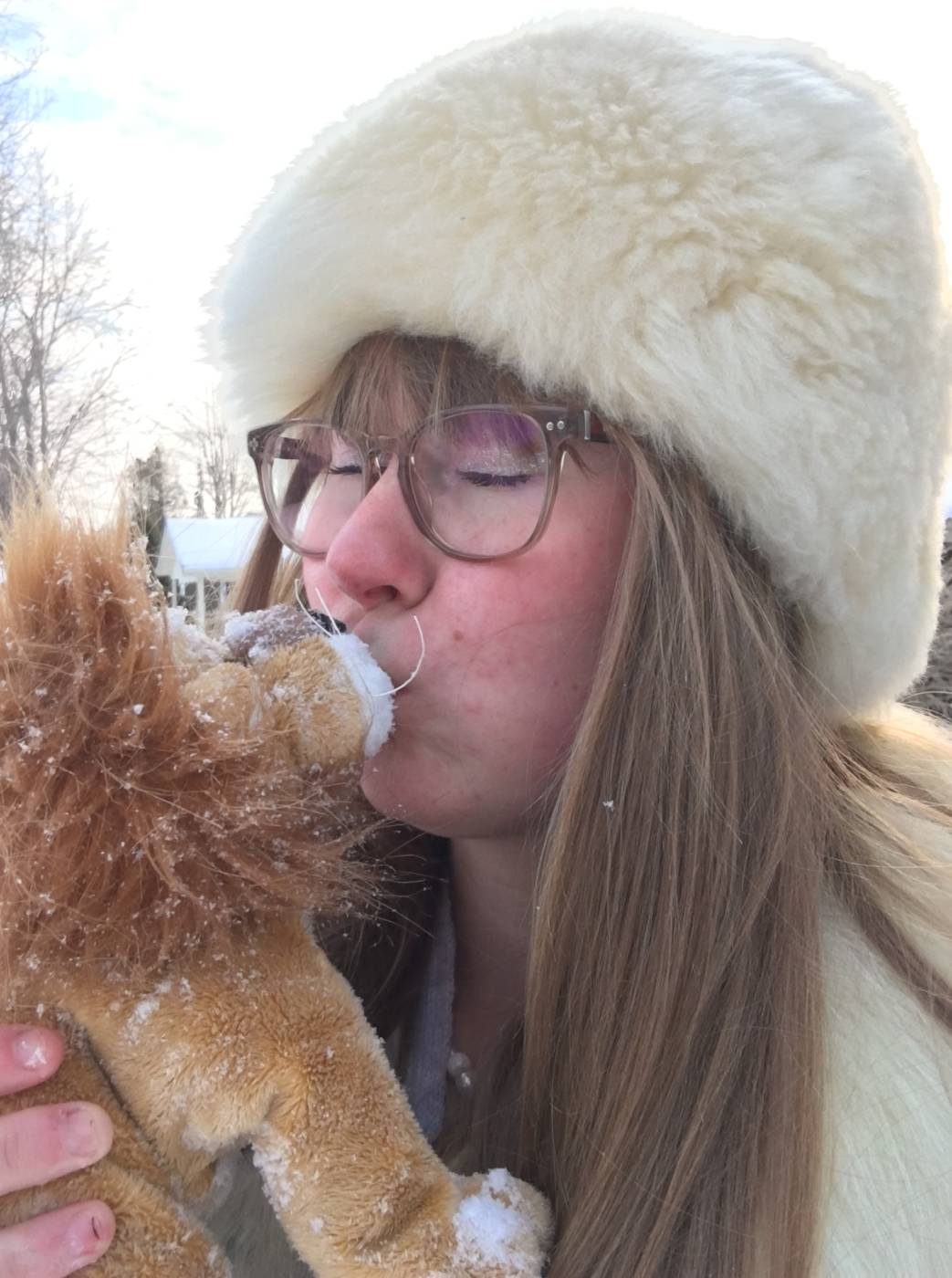
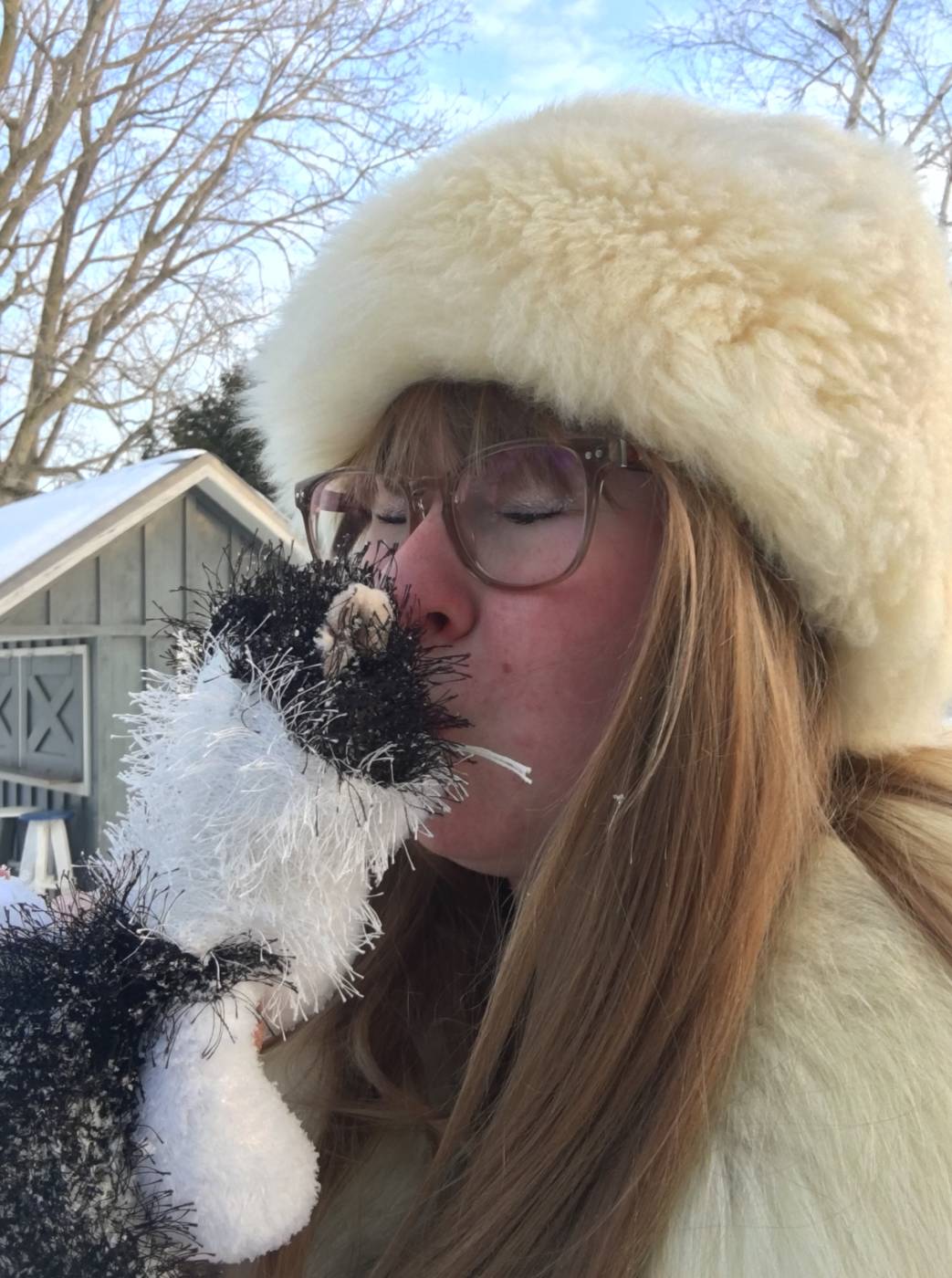
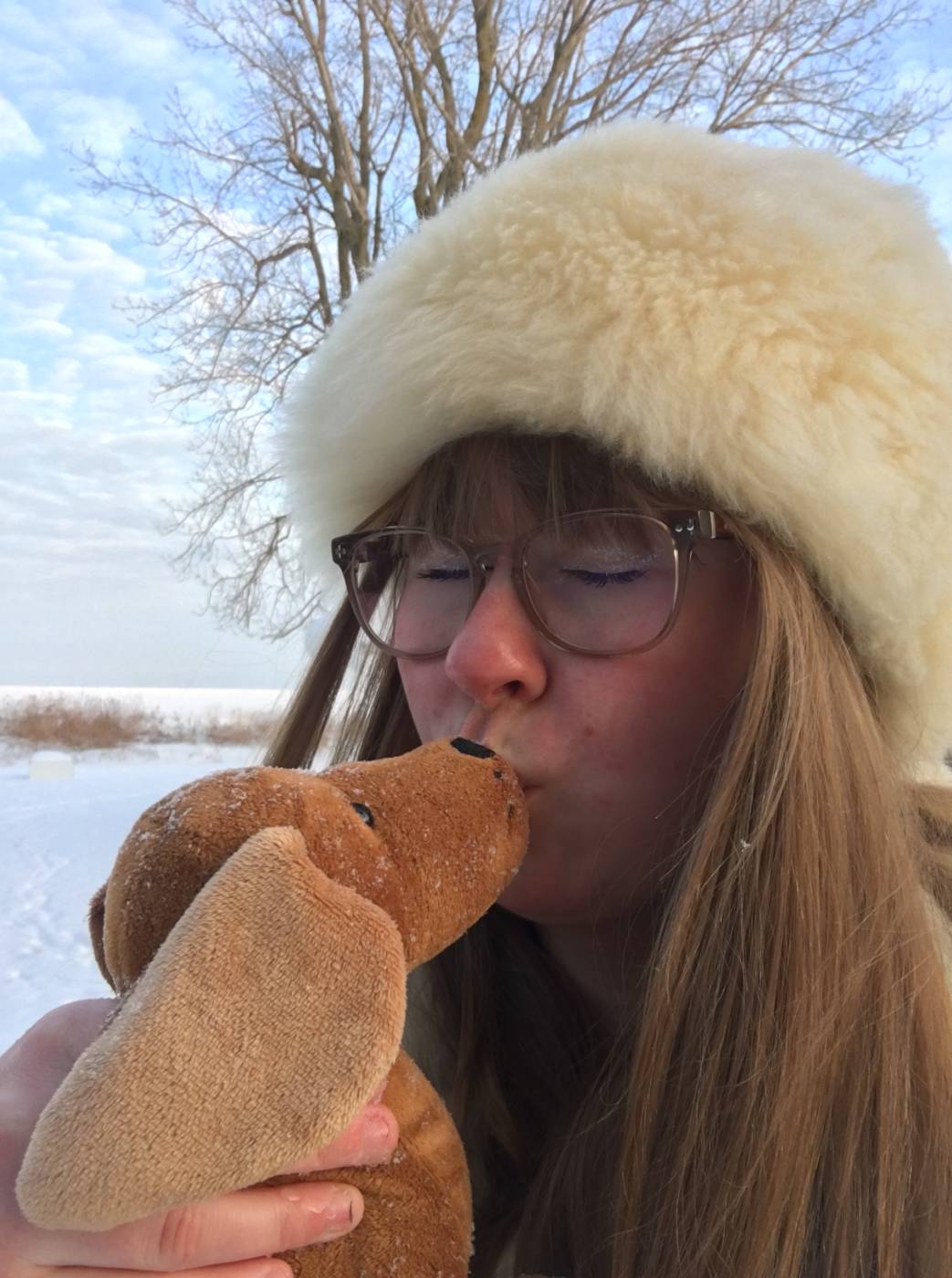
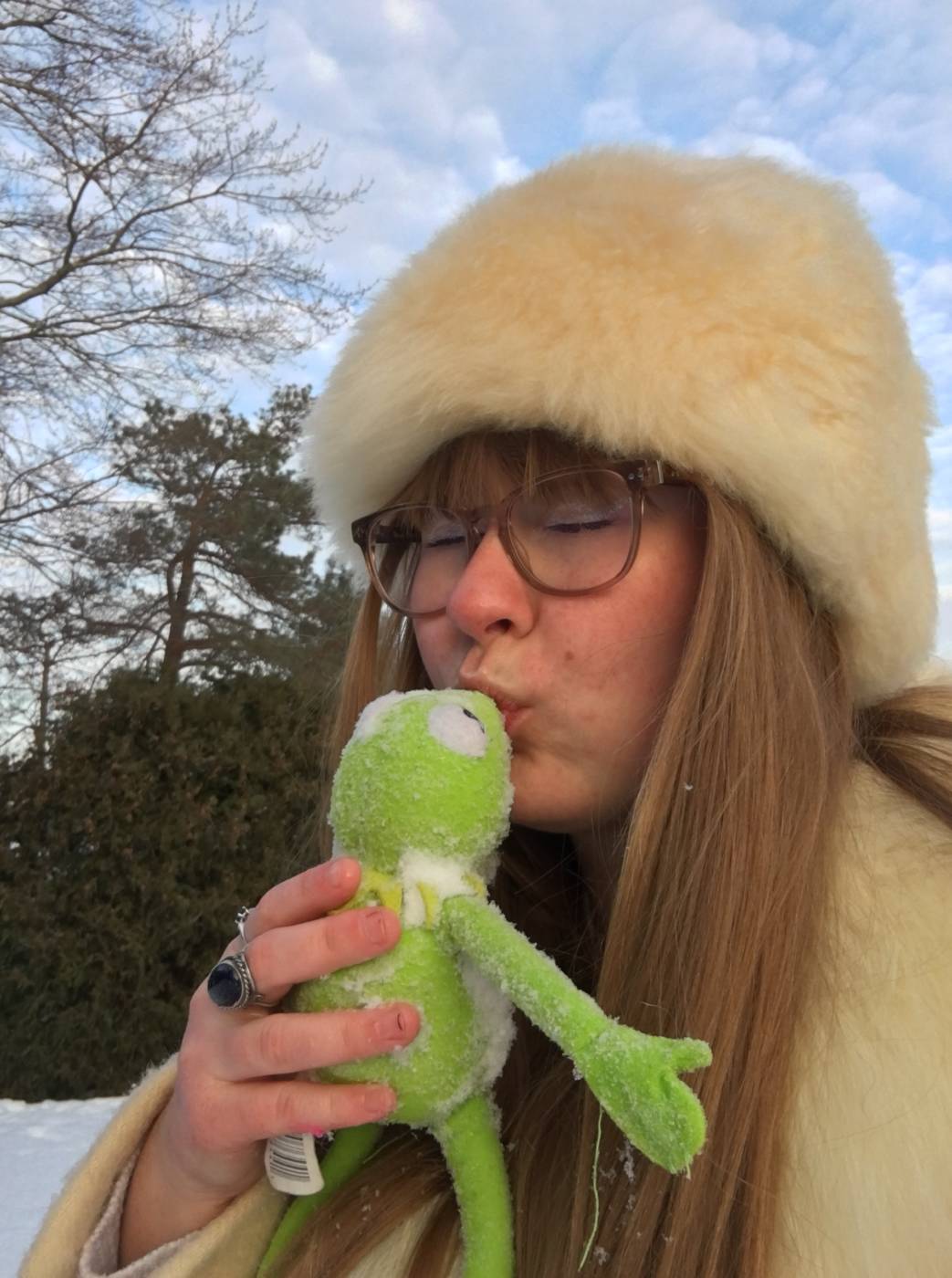
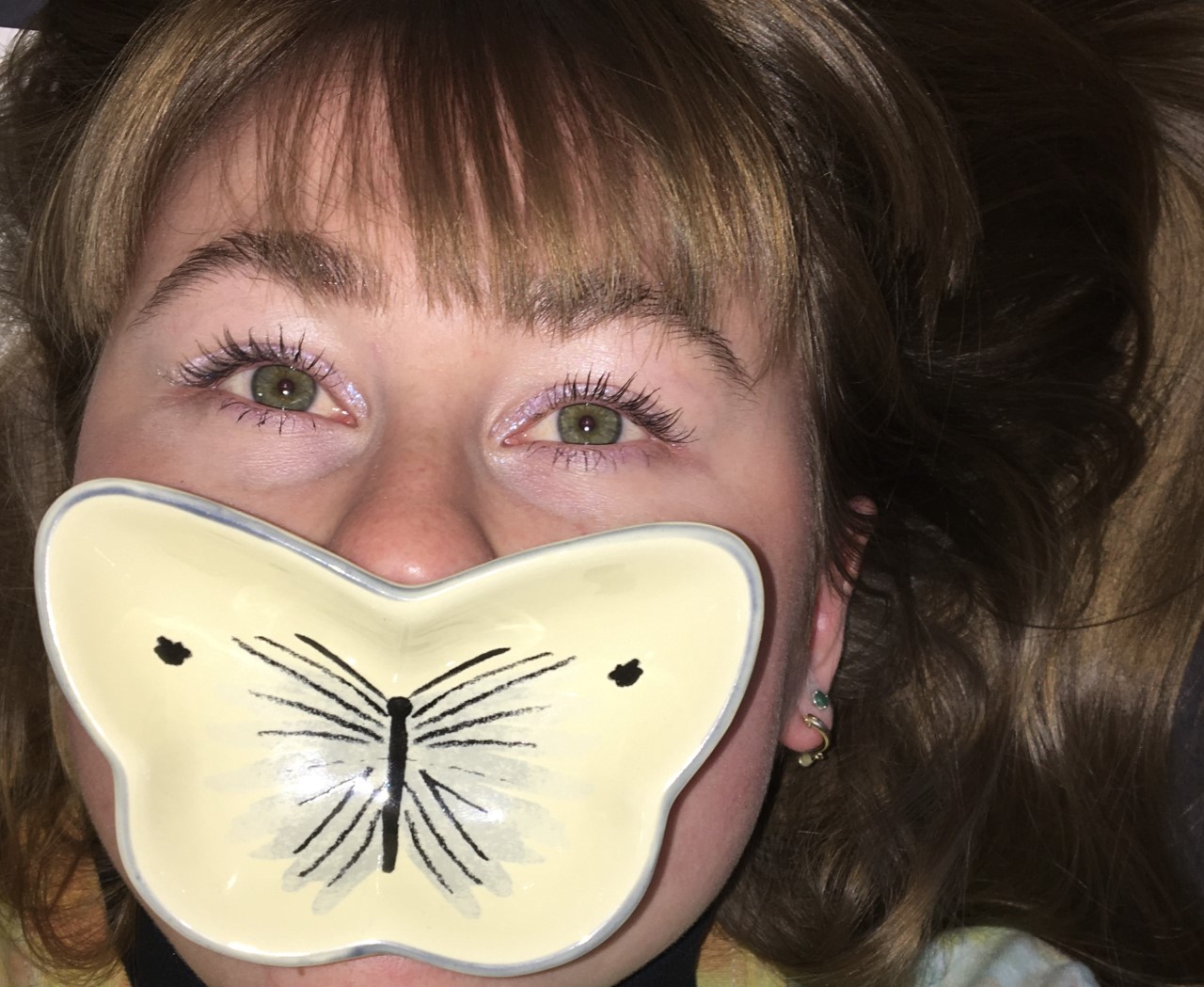
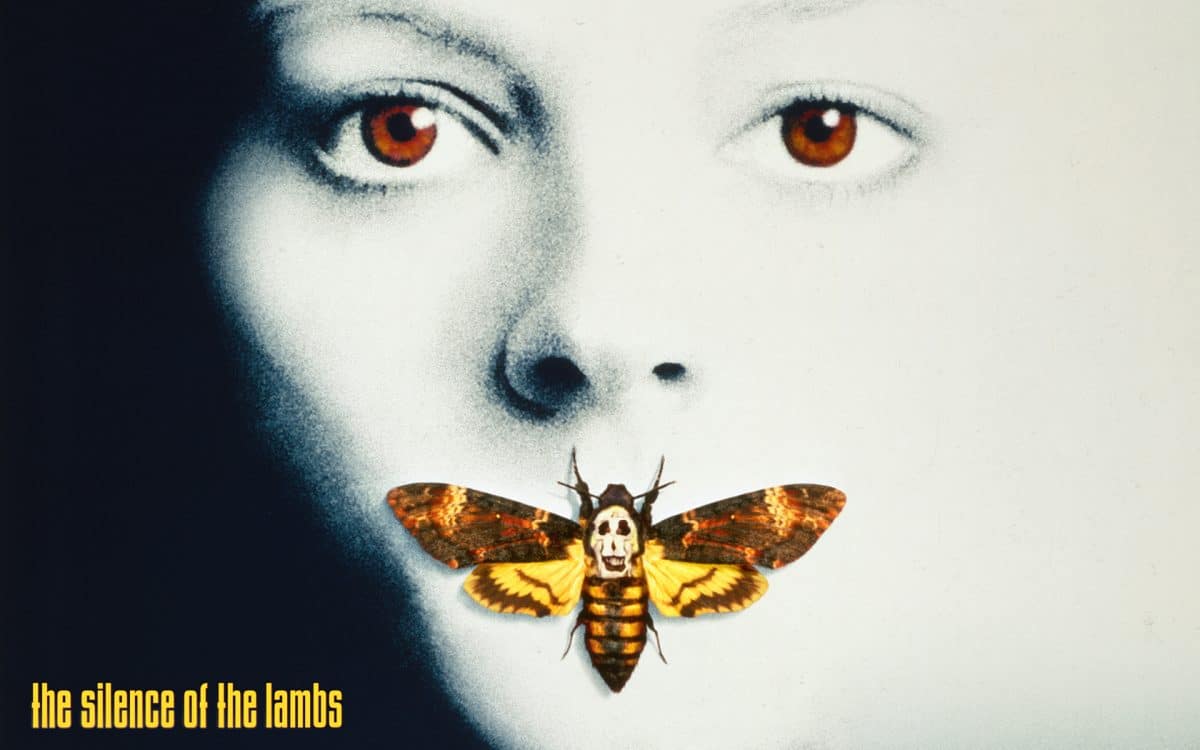
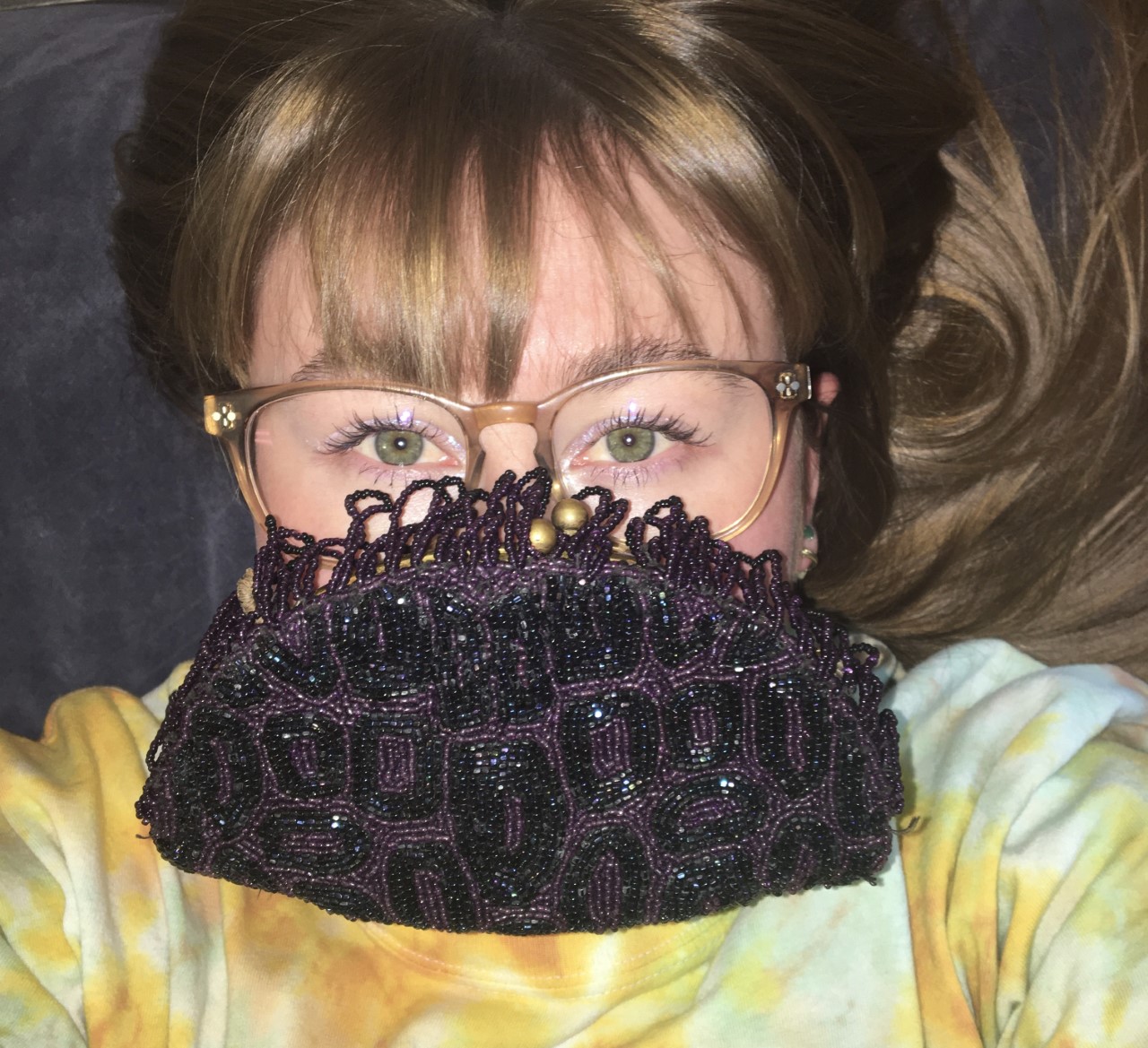
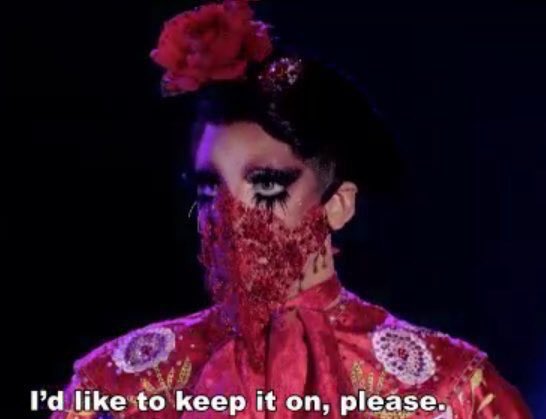
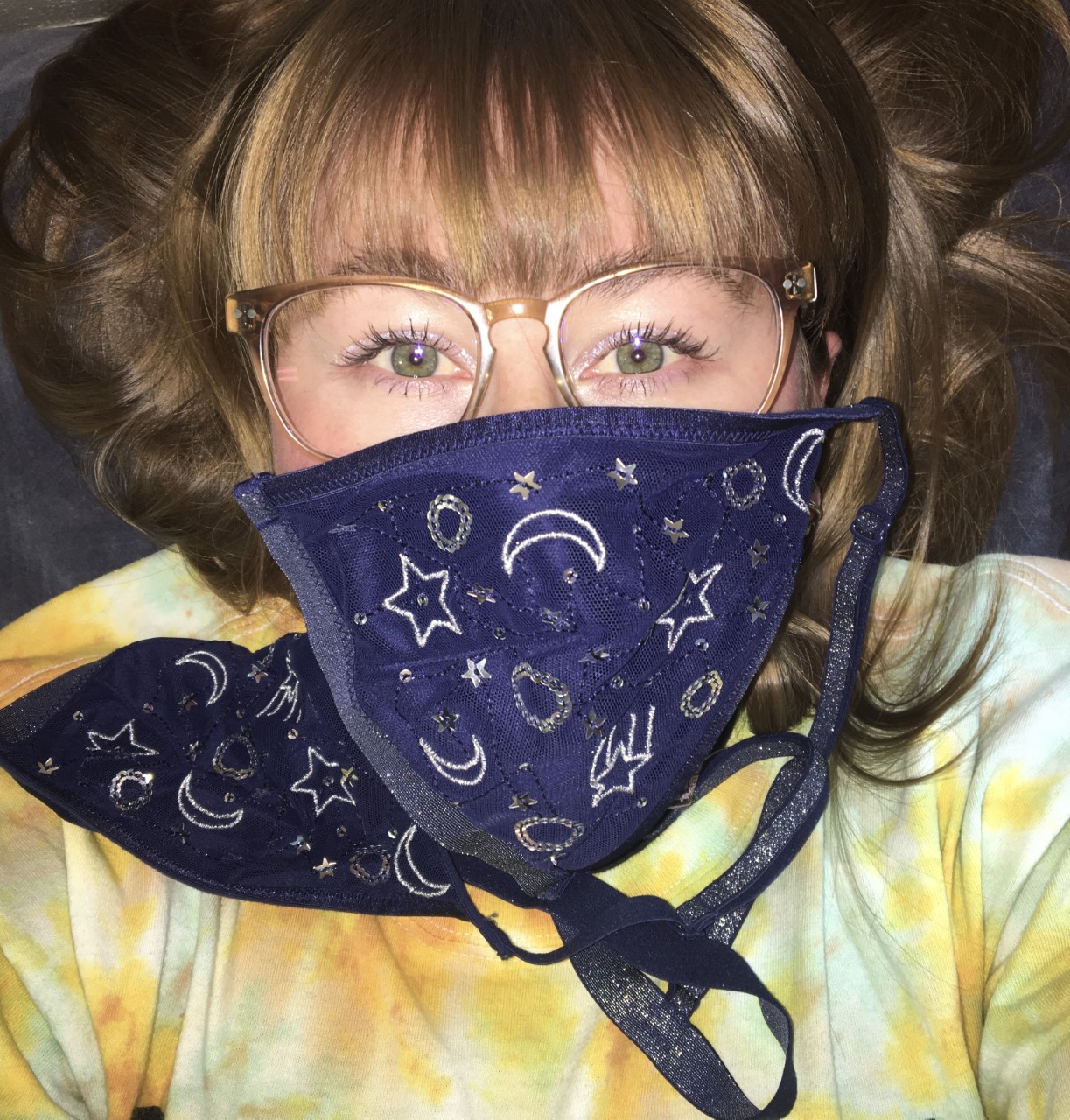


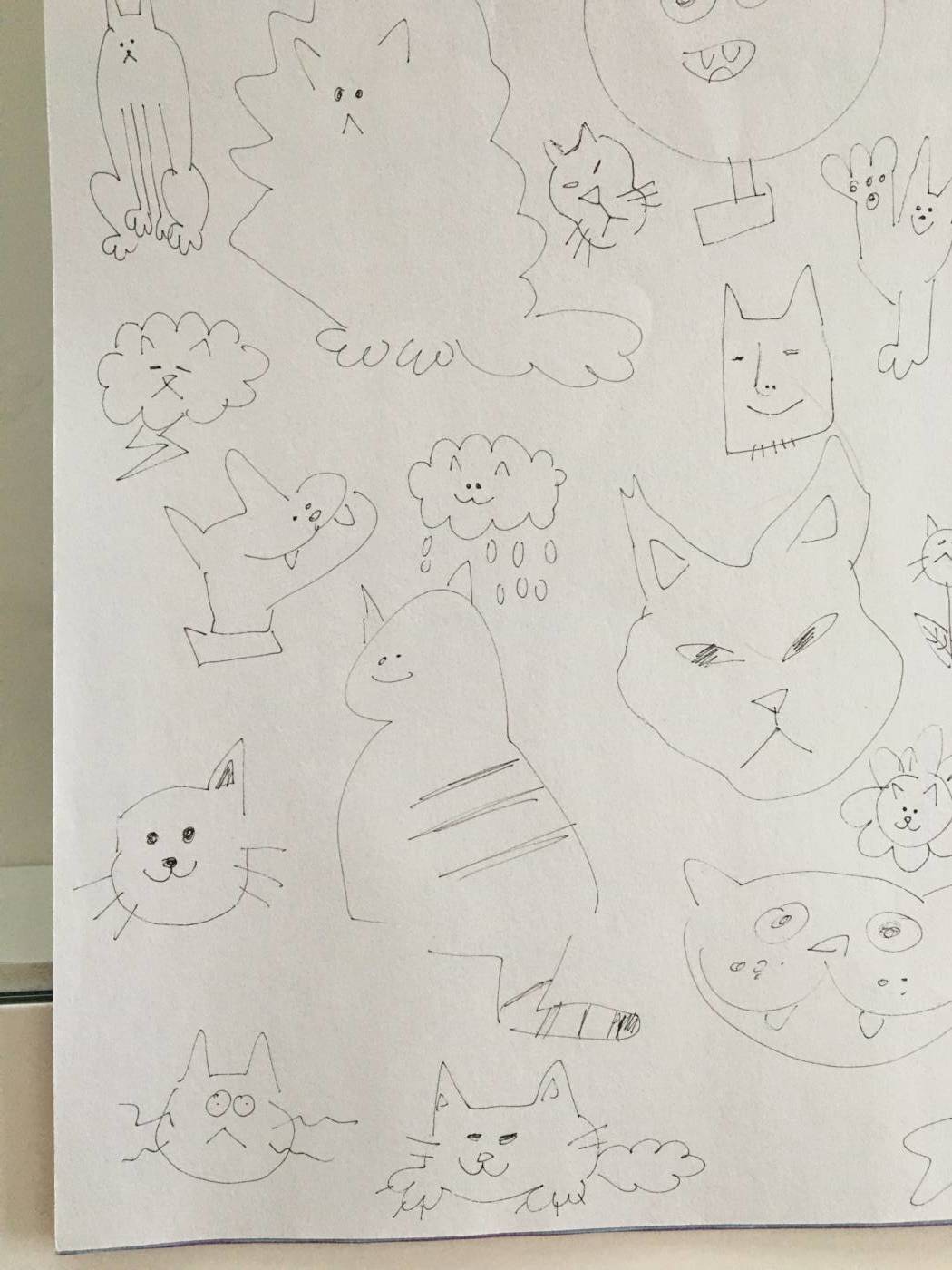
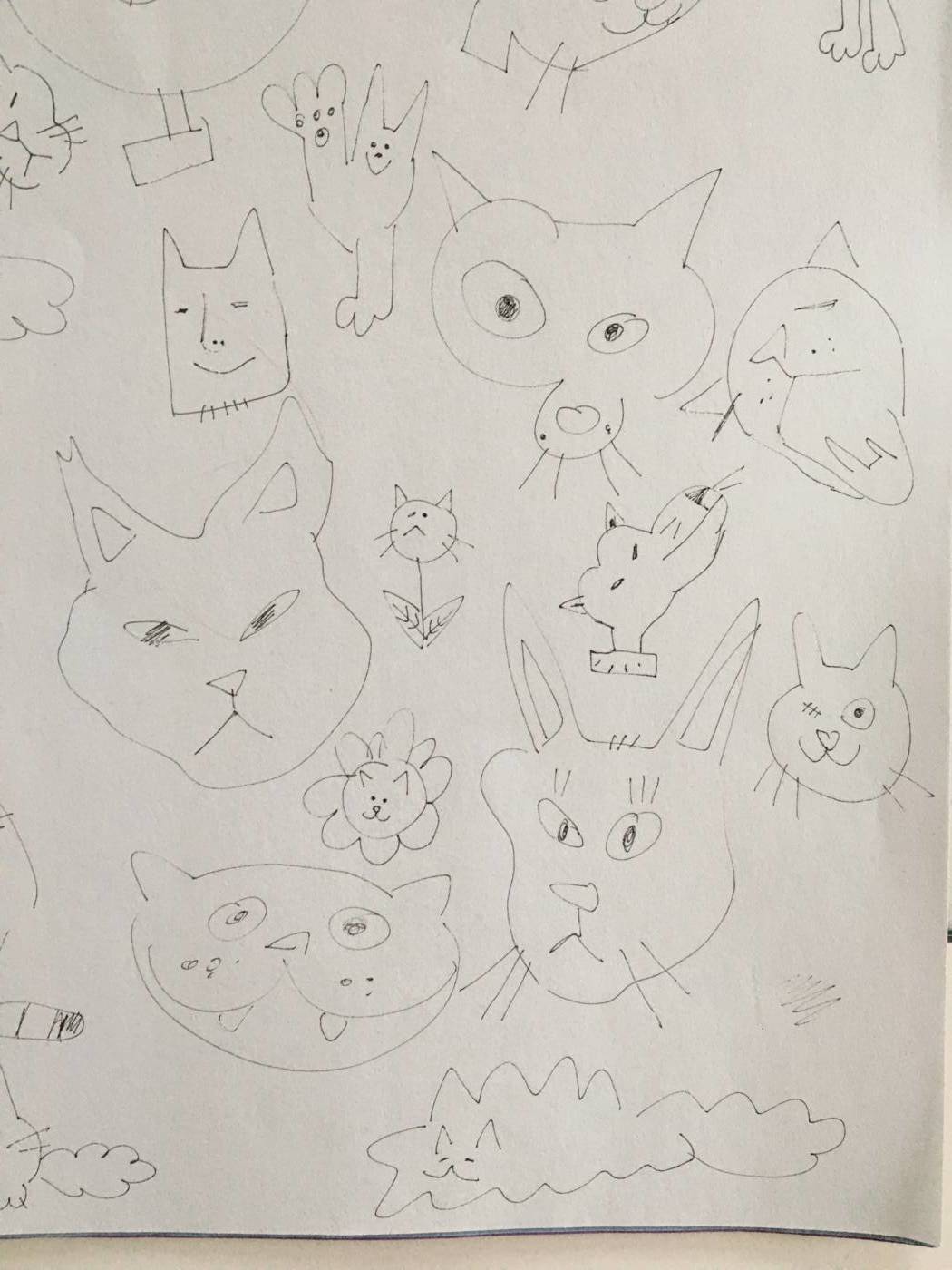
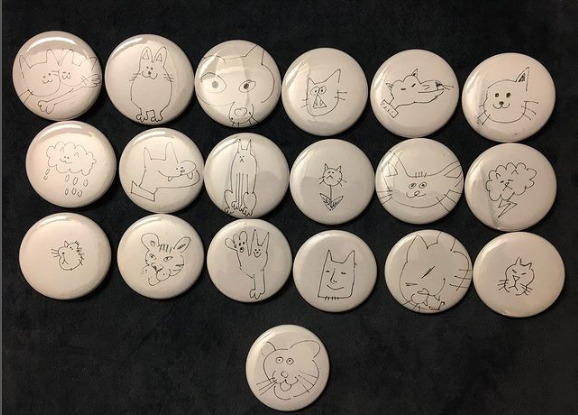





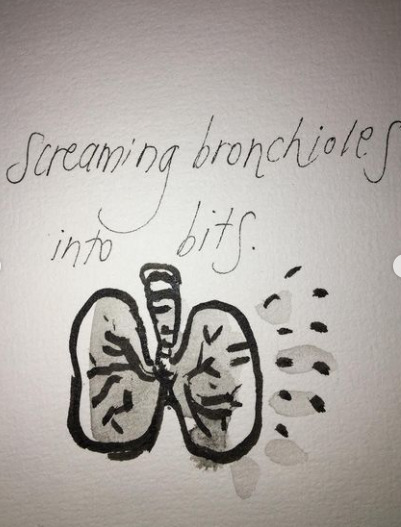
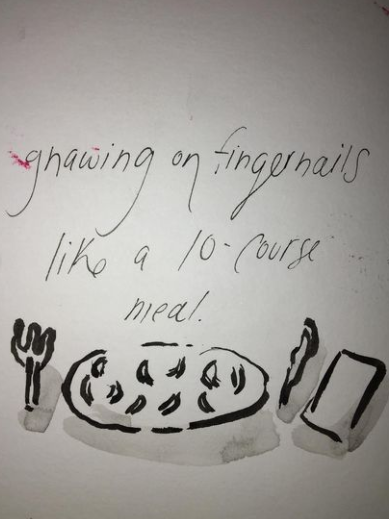
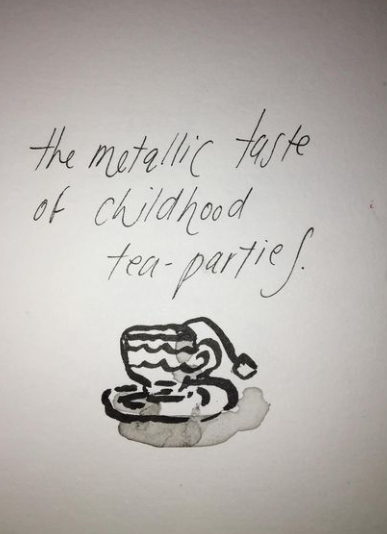
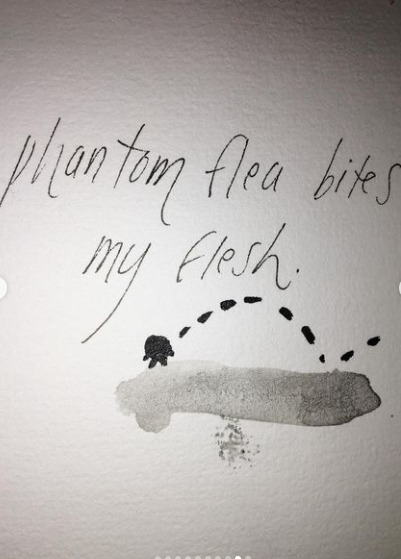
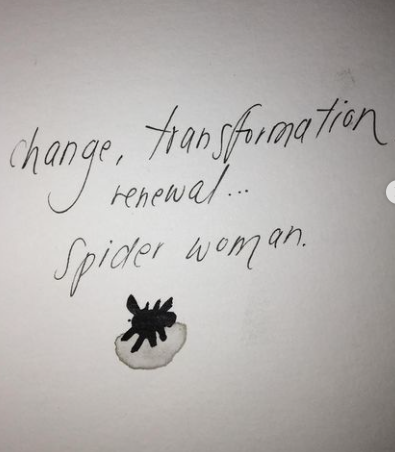








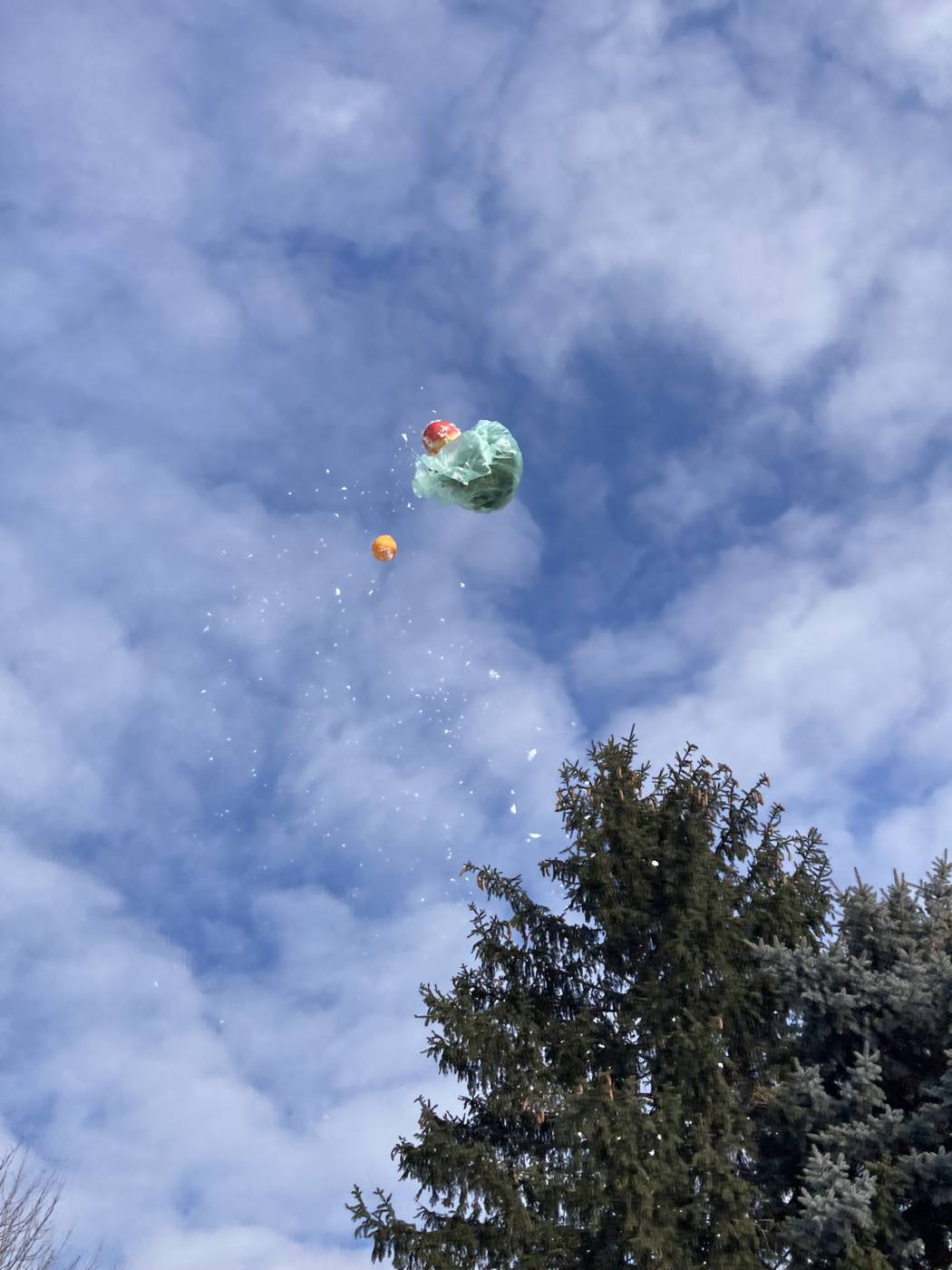
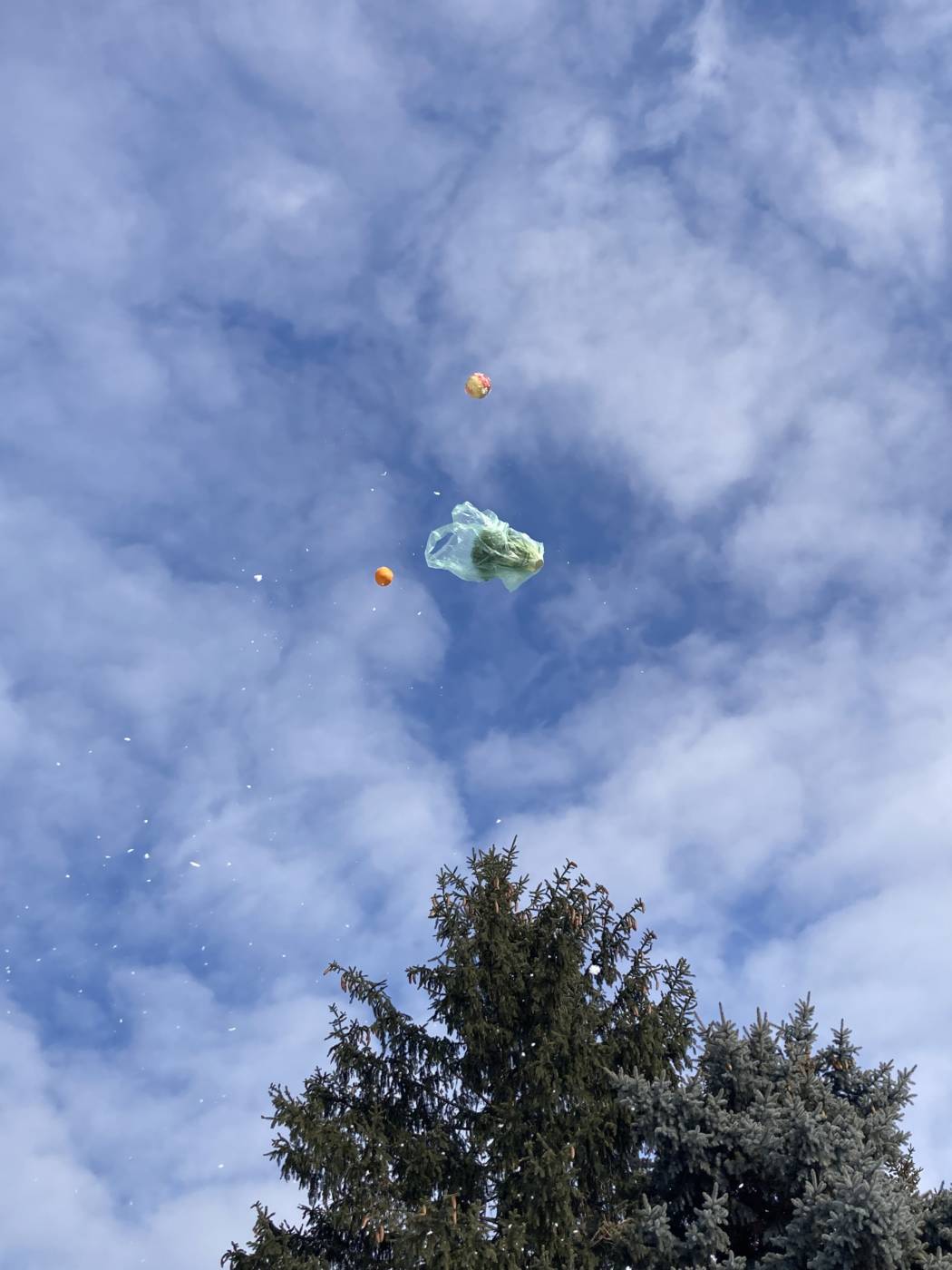
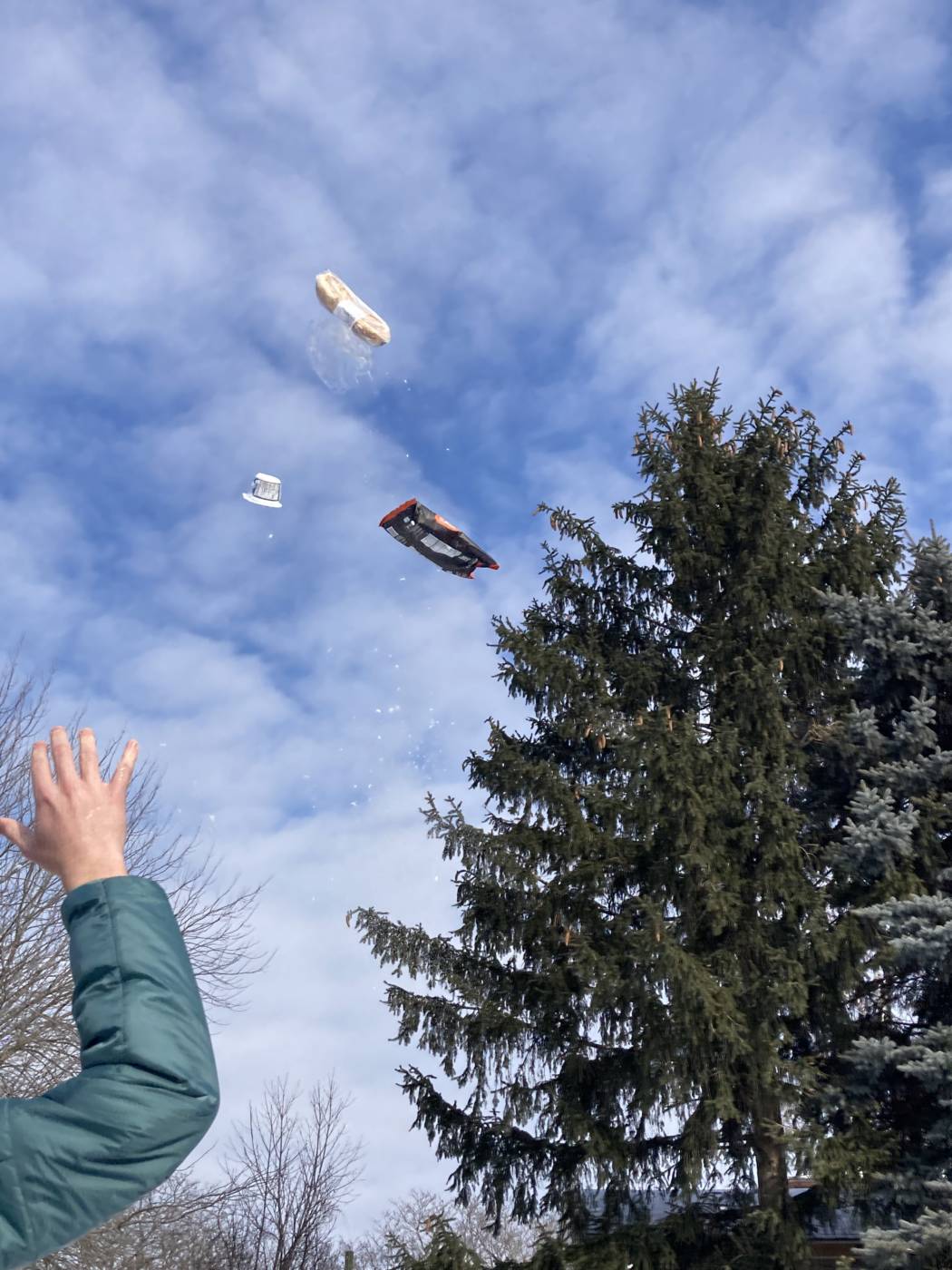
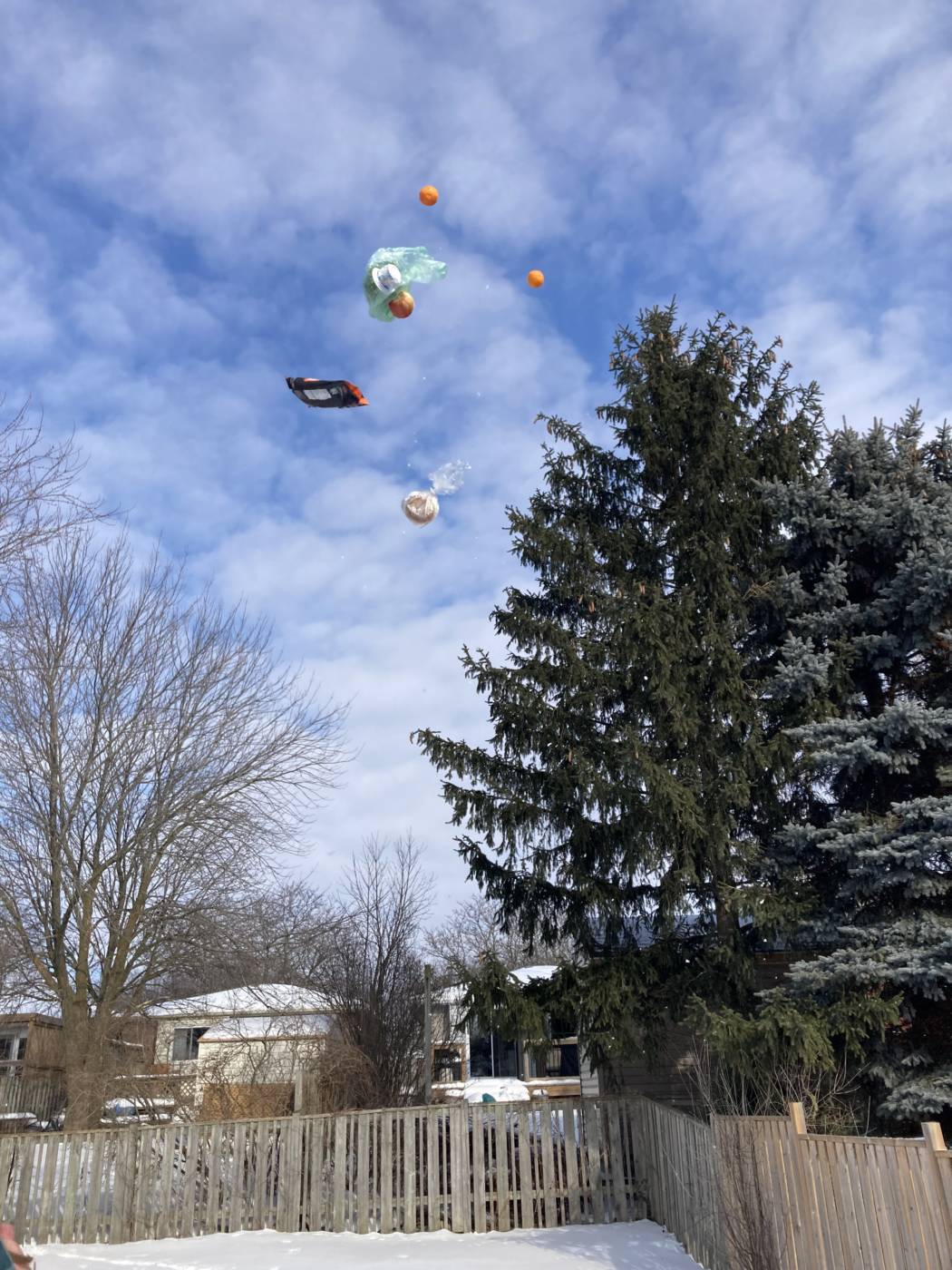
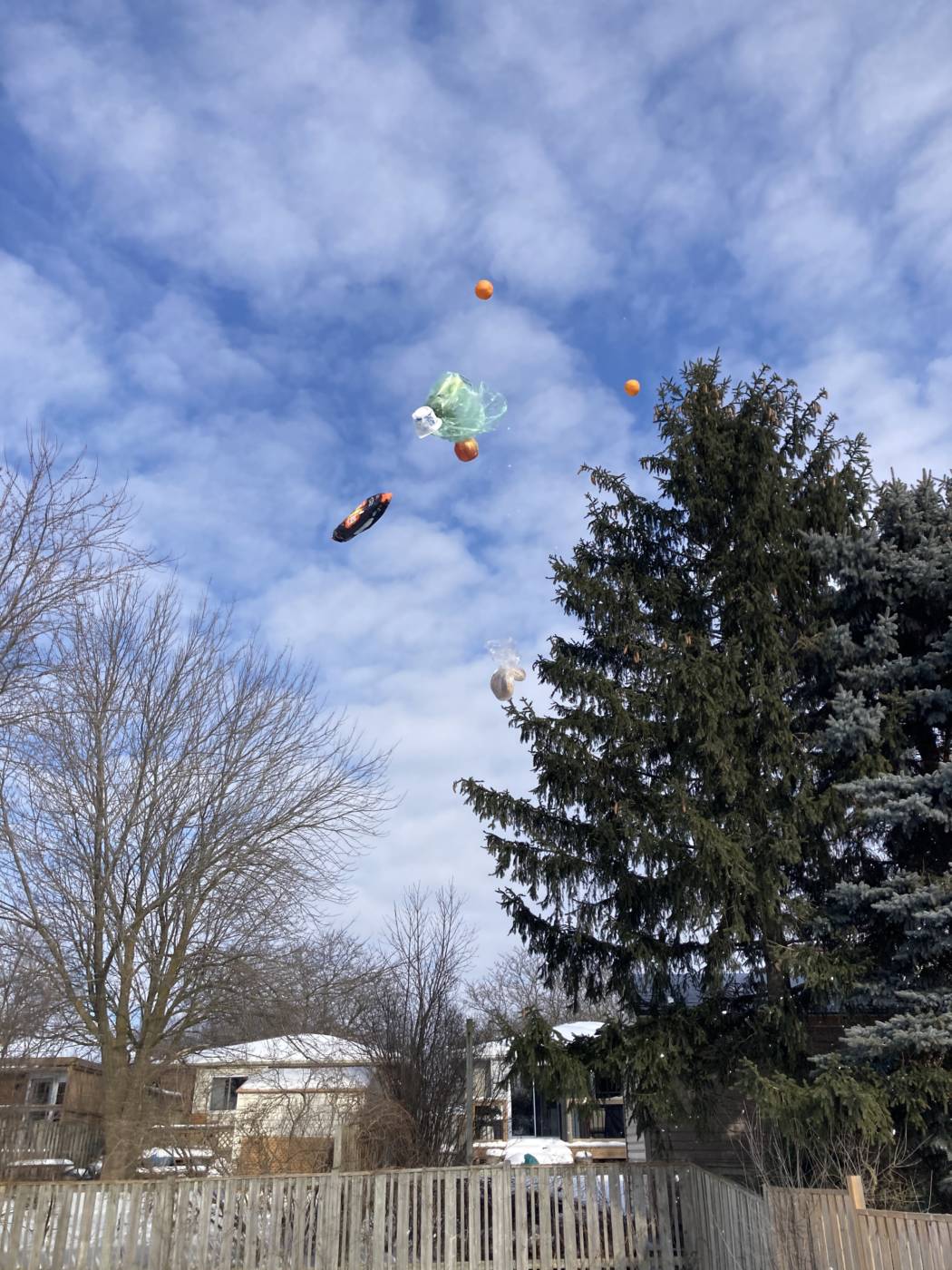
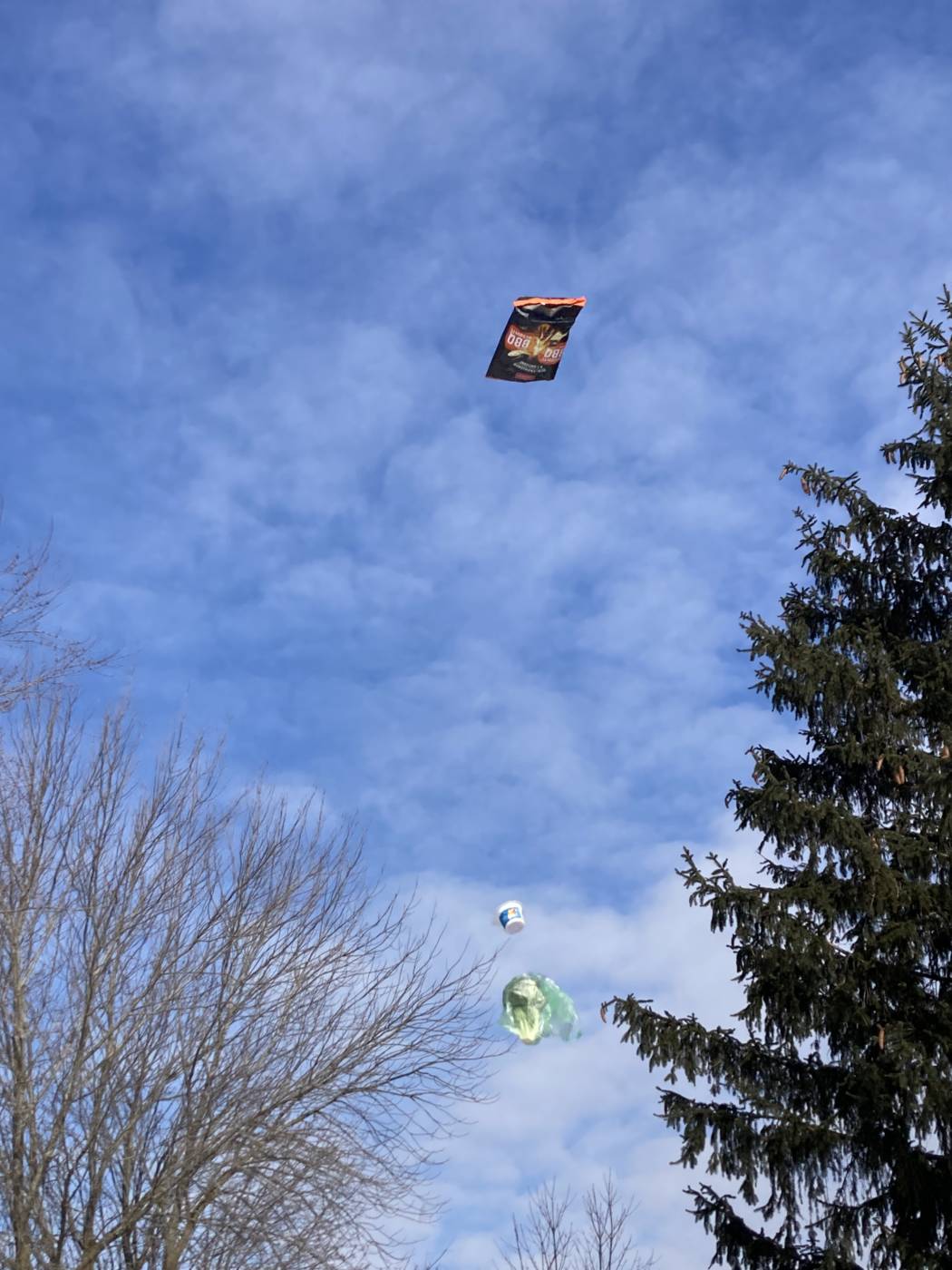


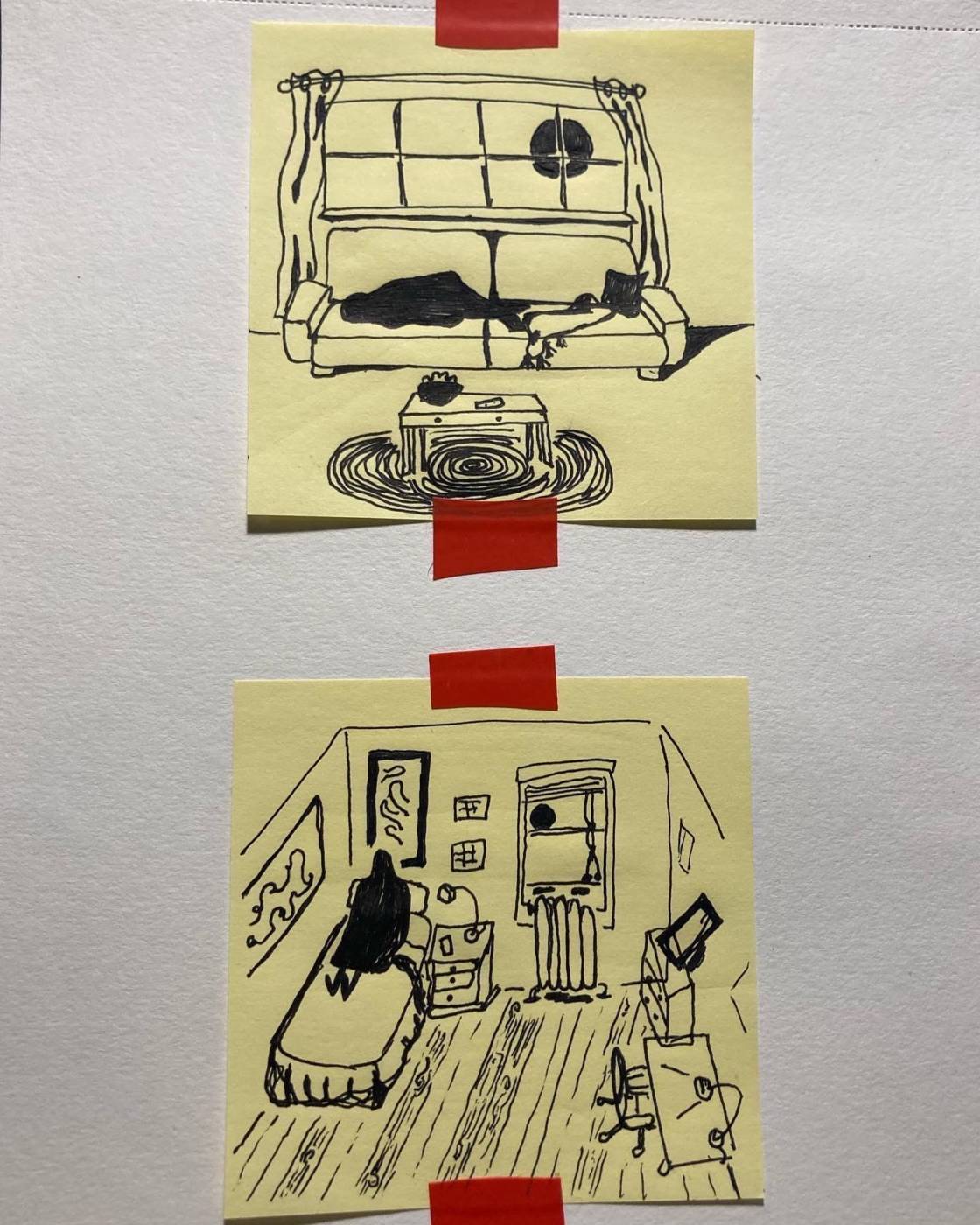
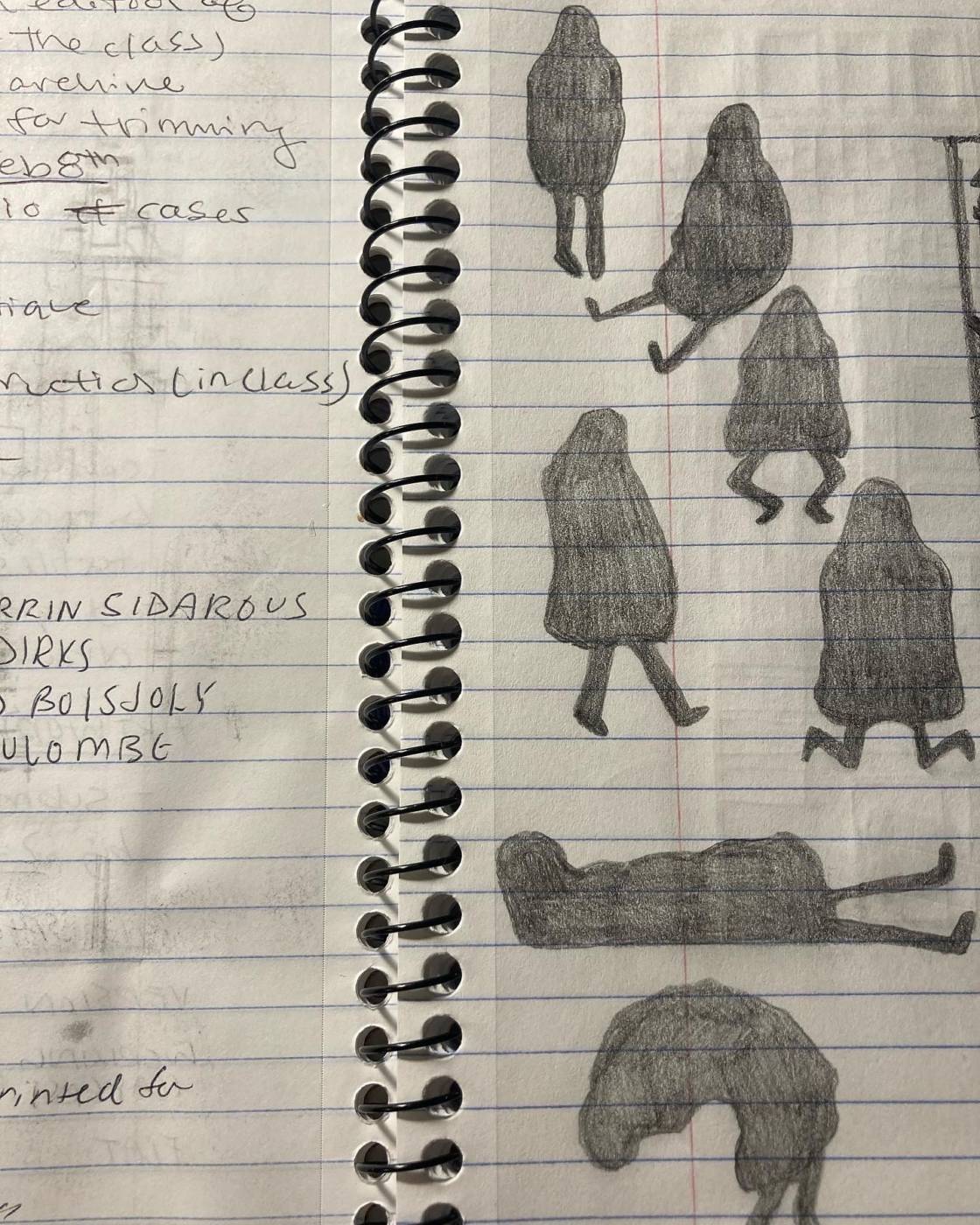
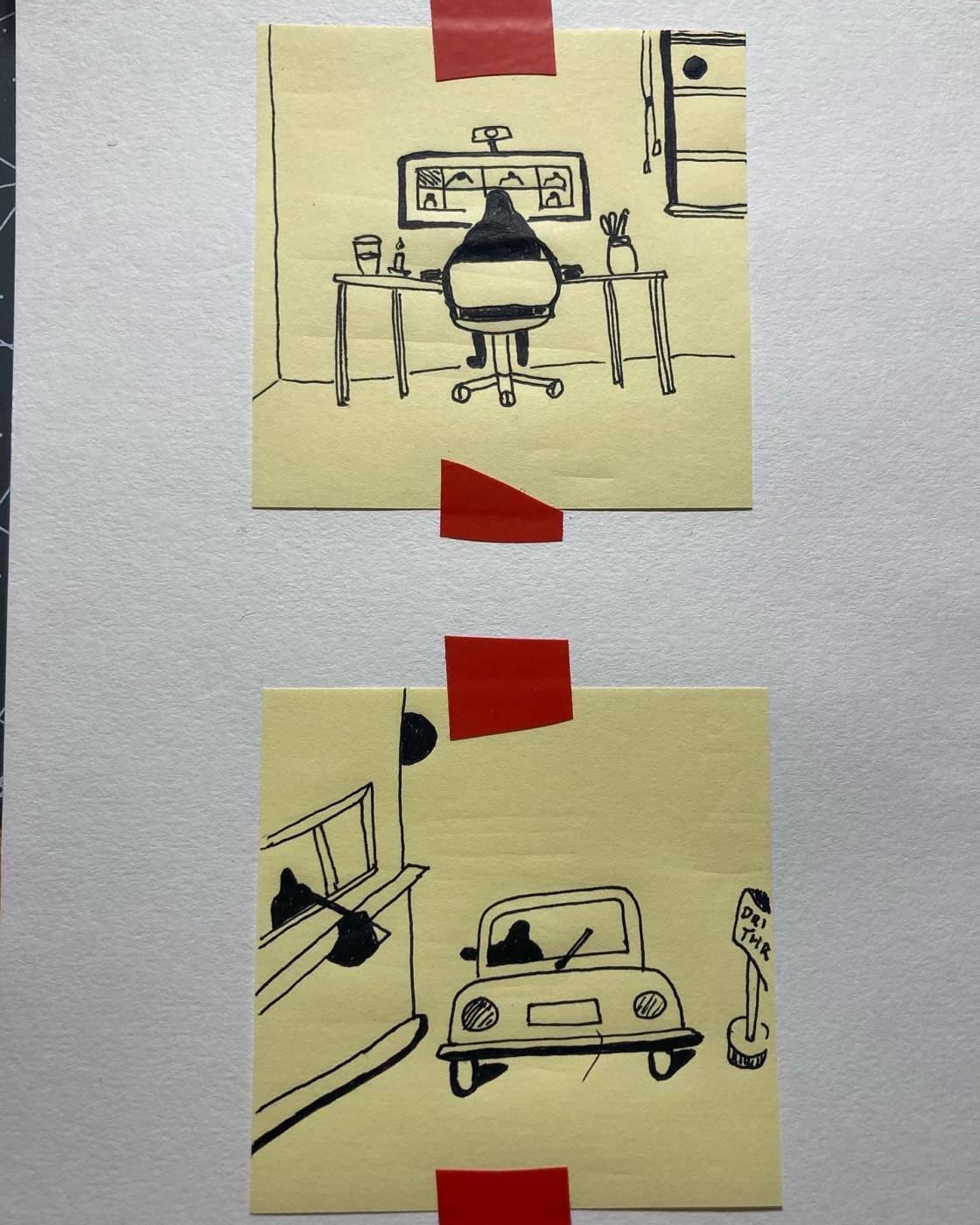
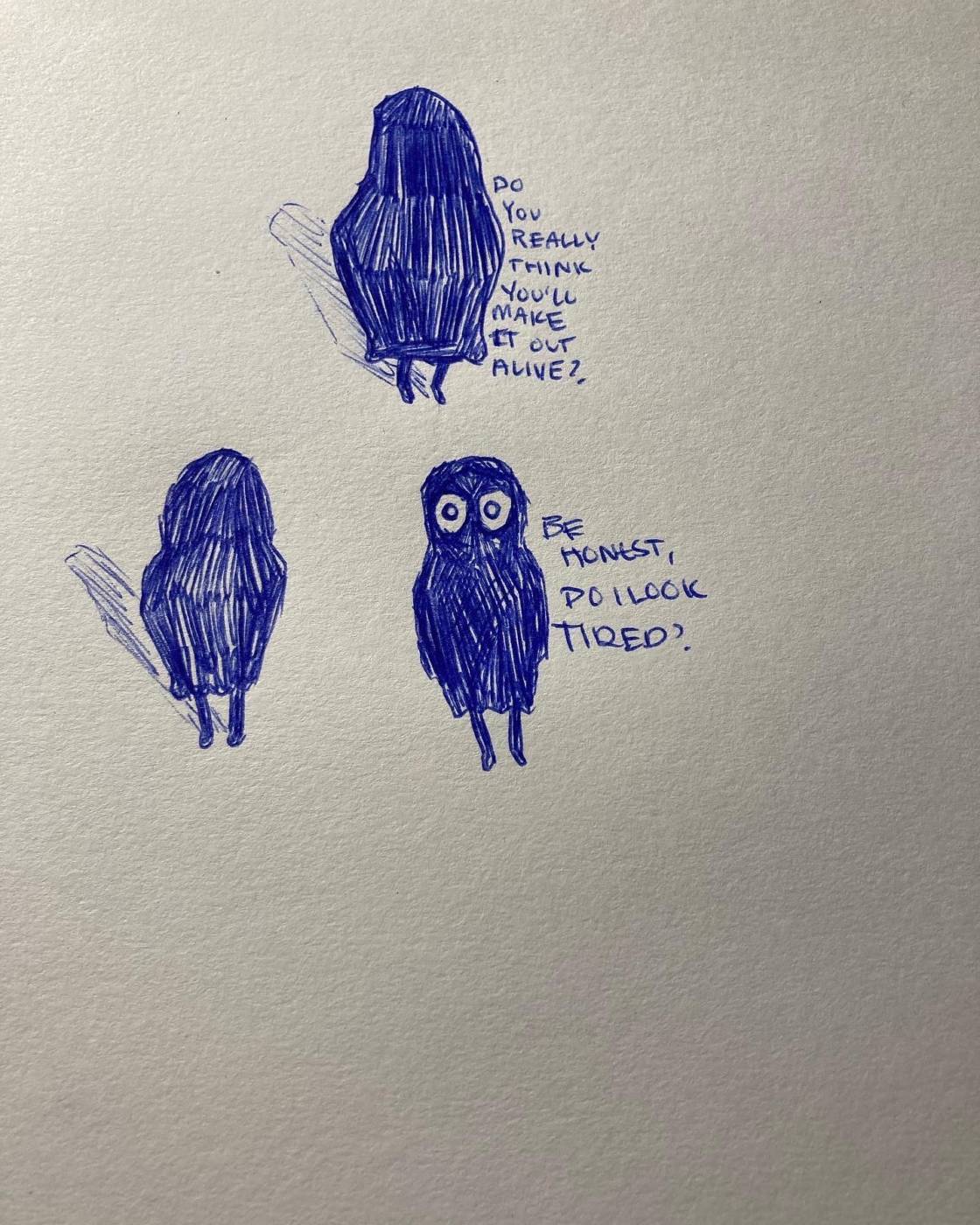
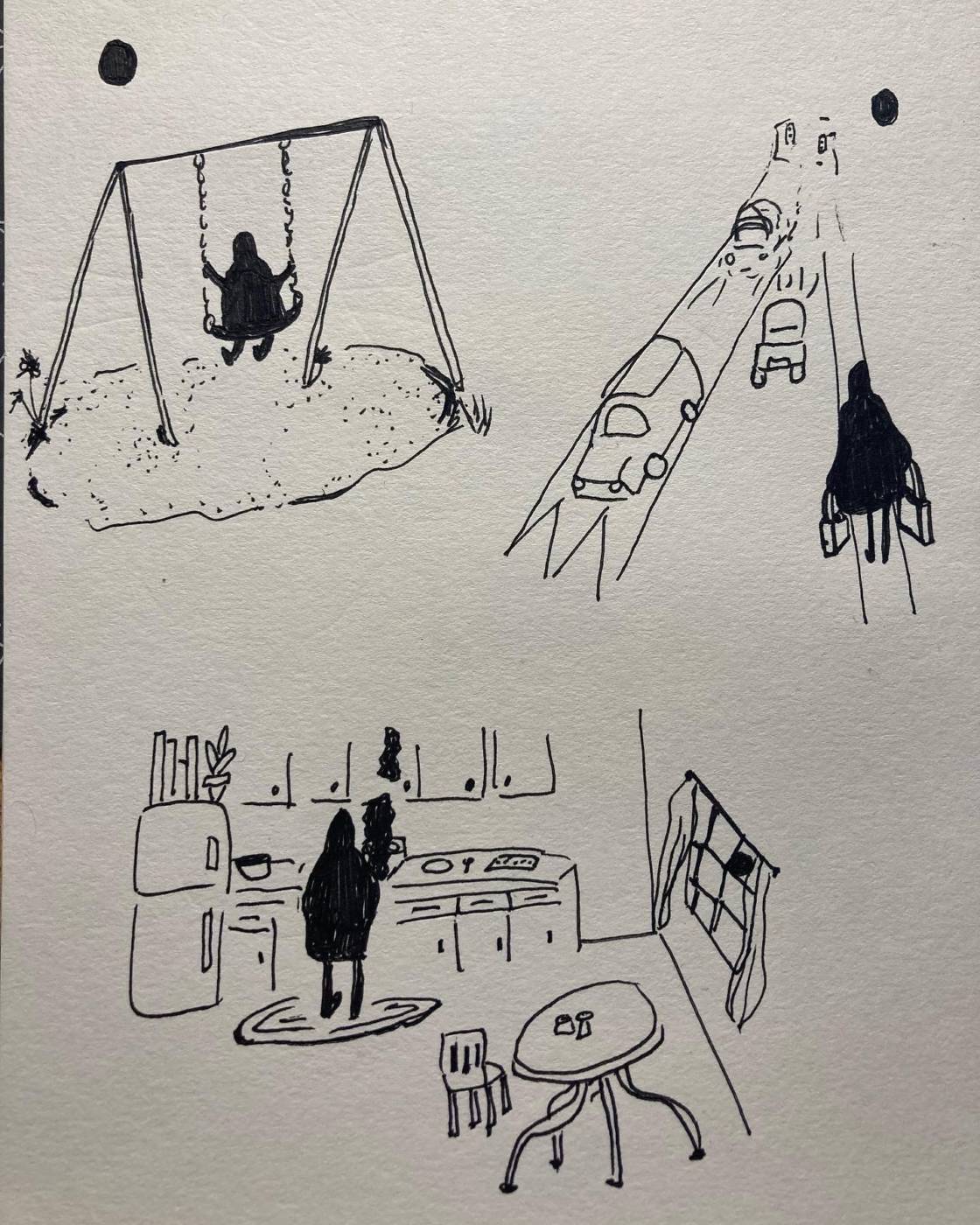
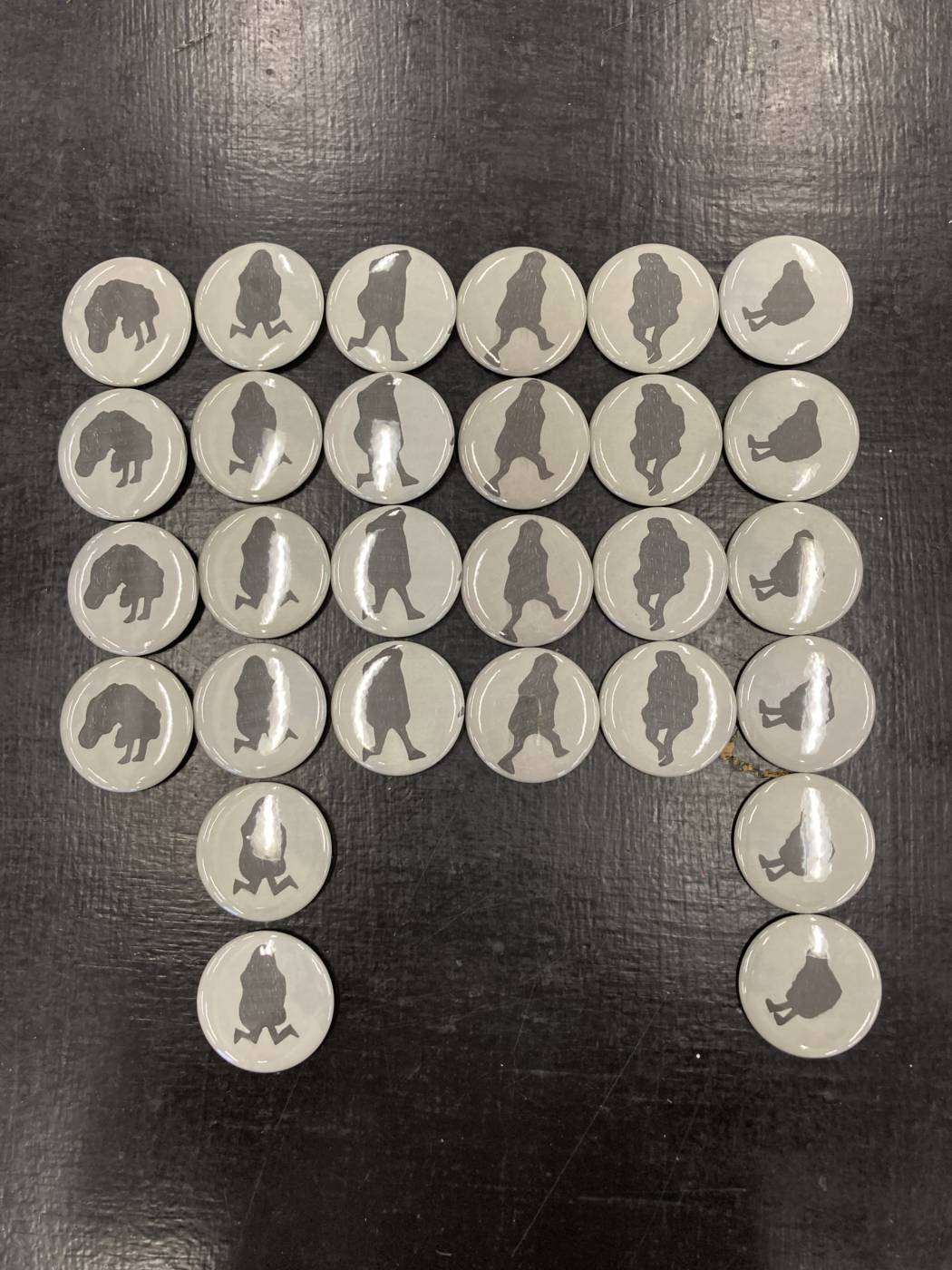

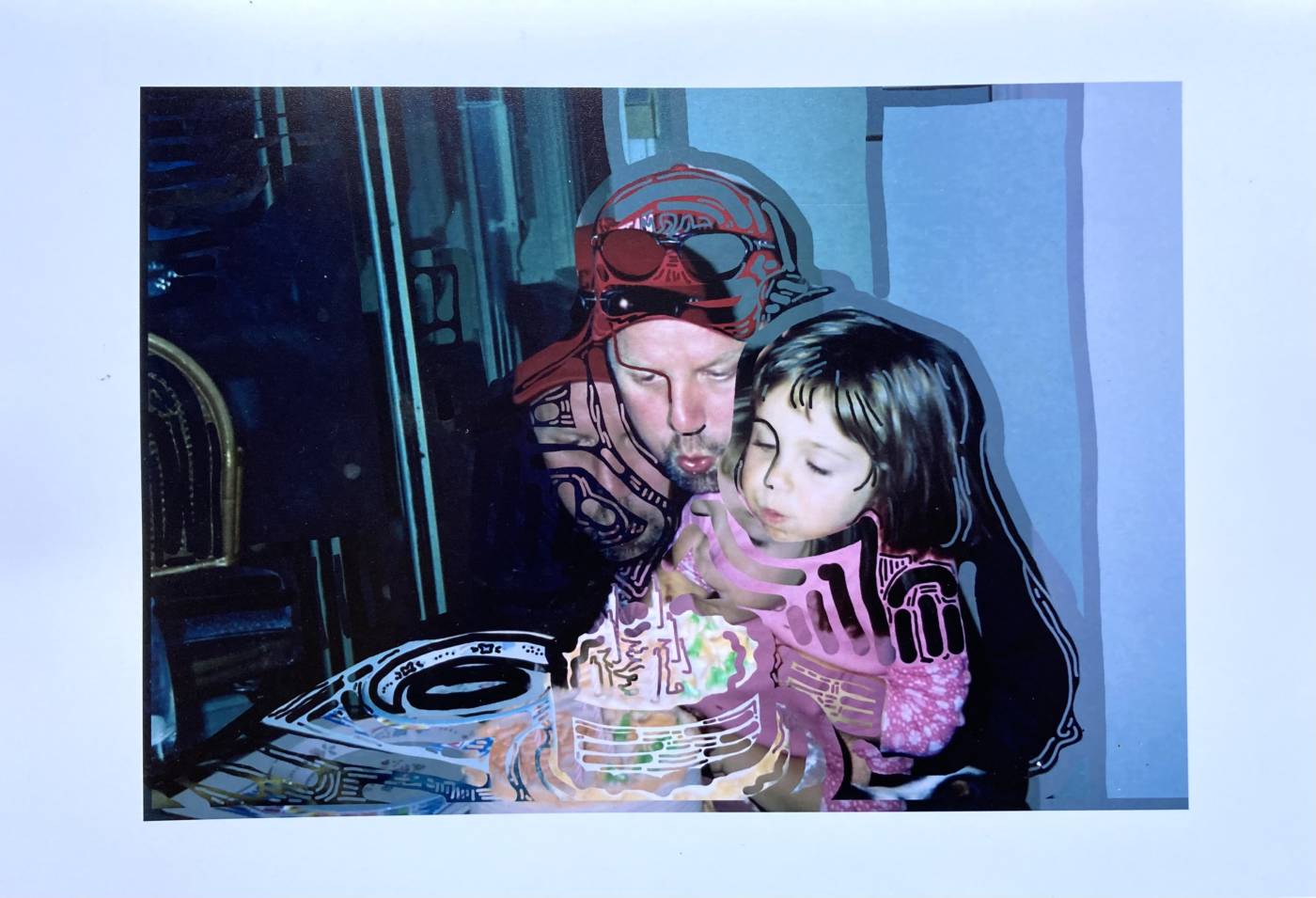


You must be logged in to post a comment.